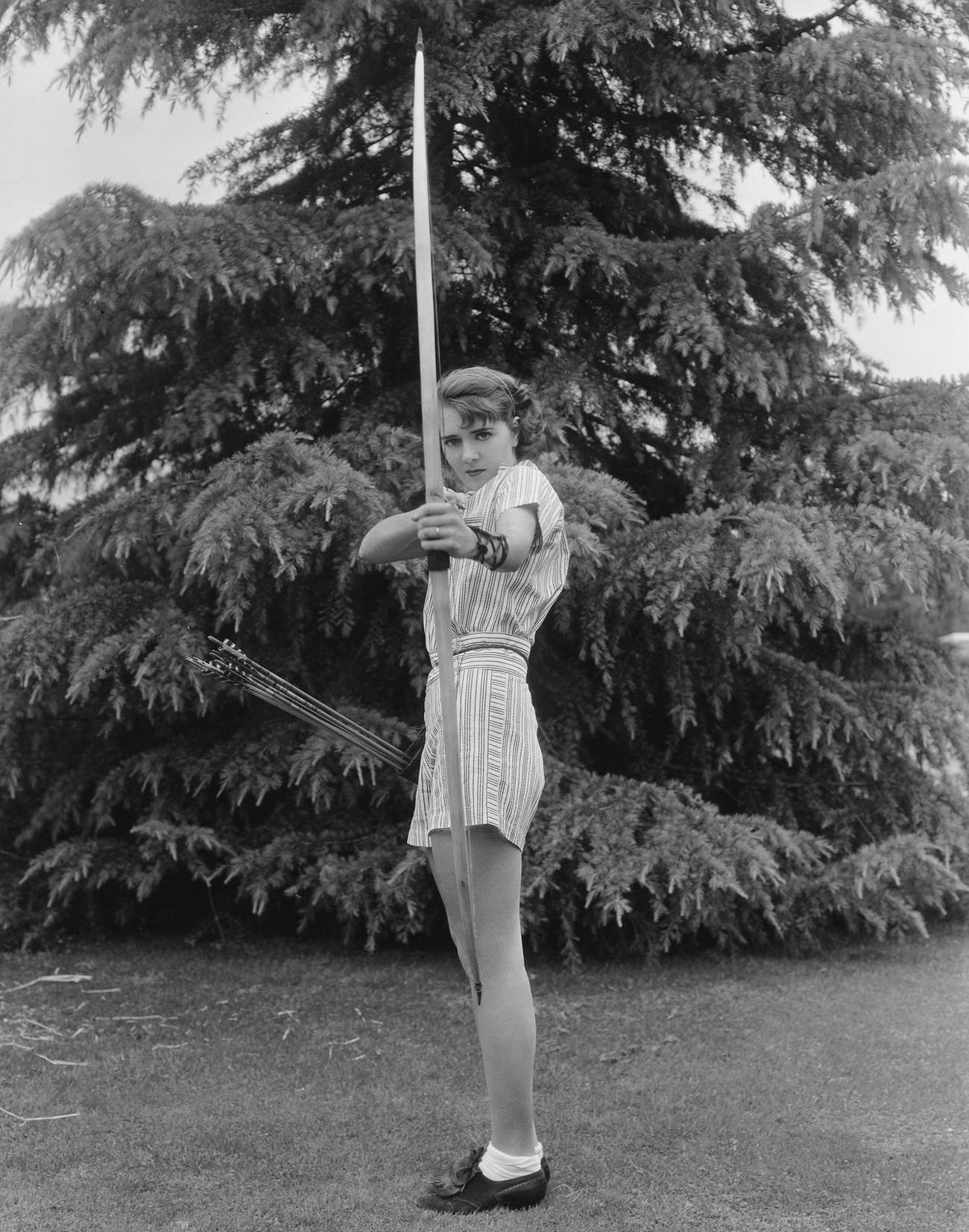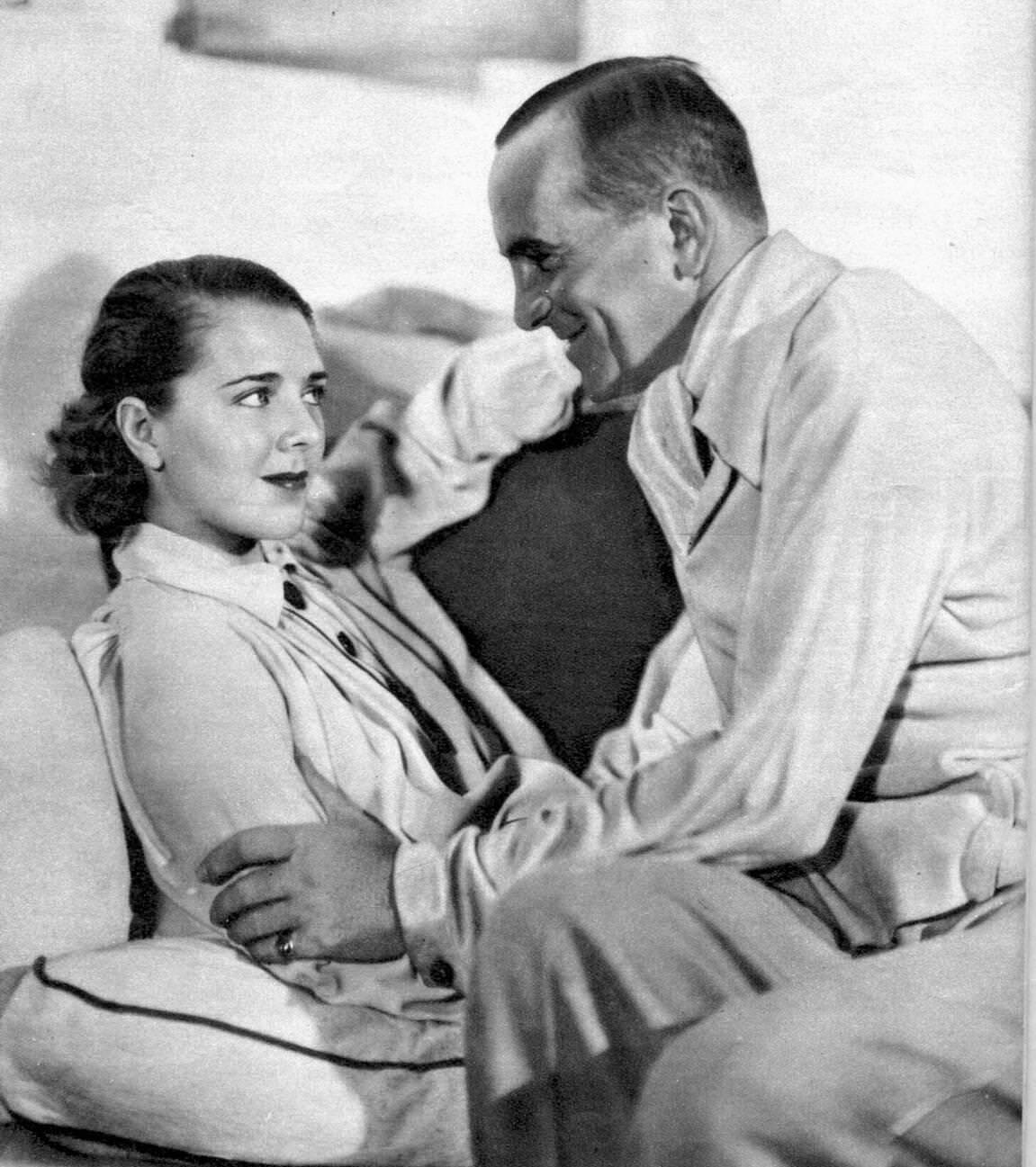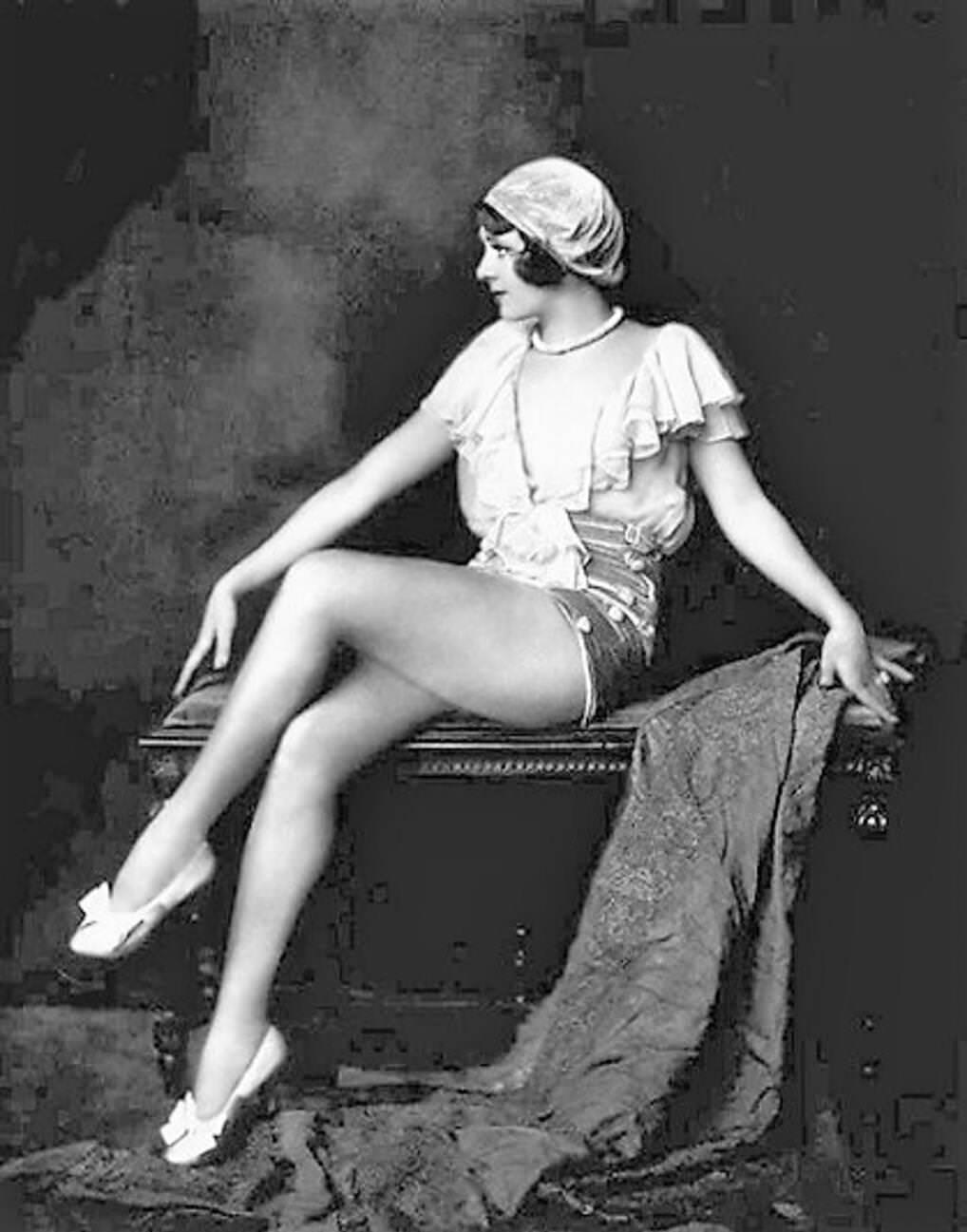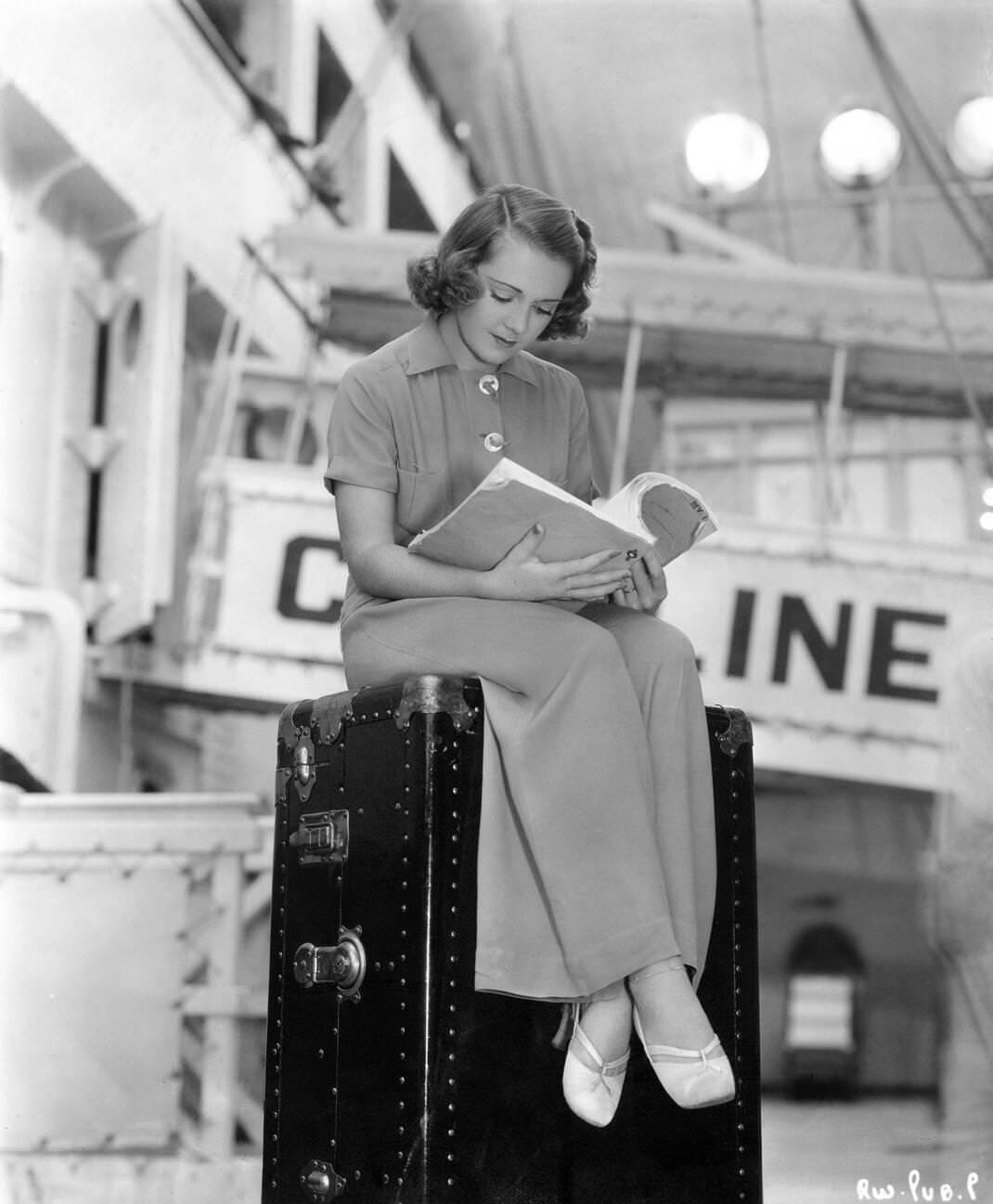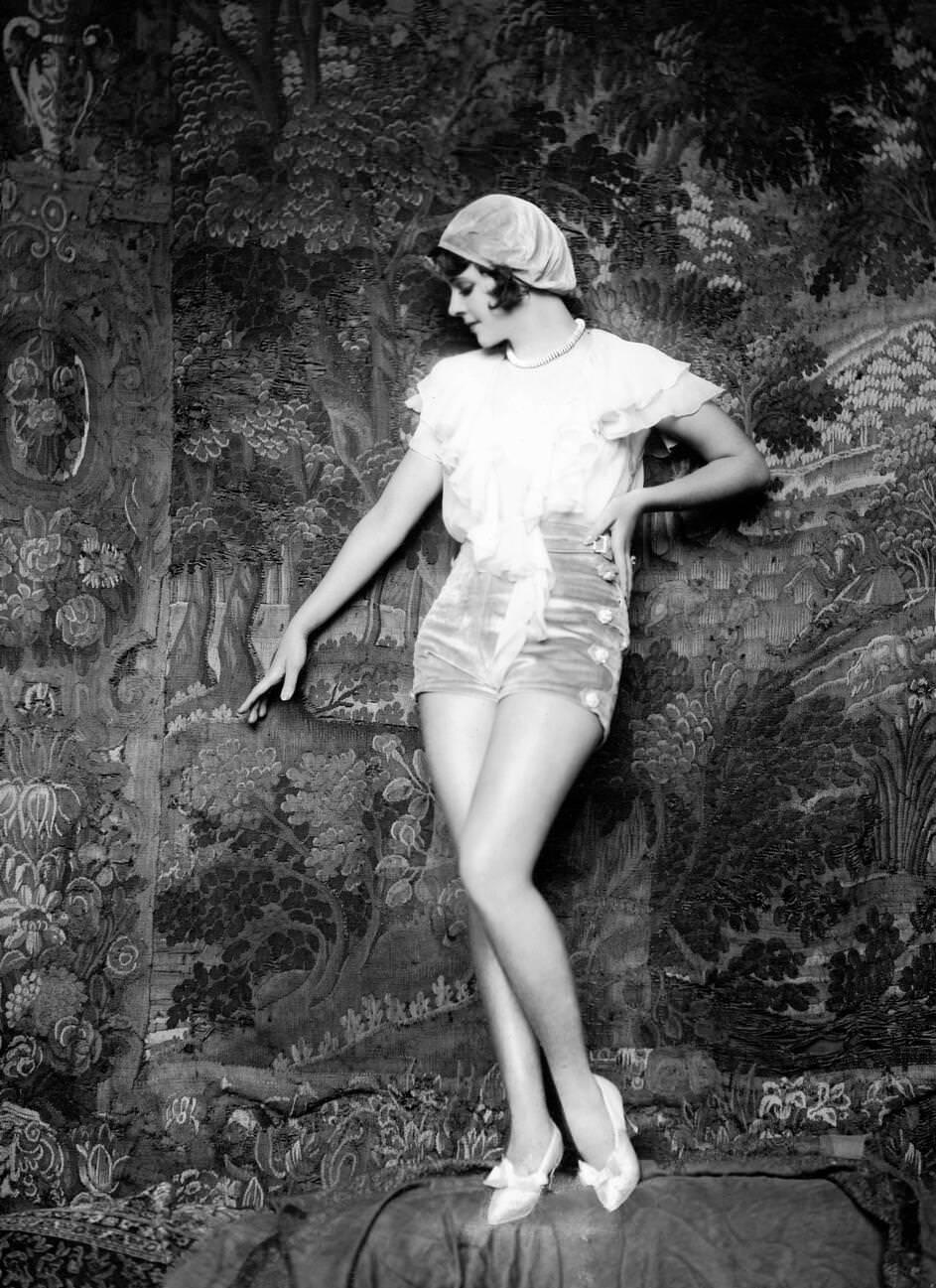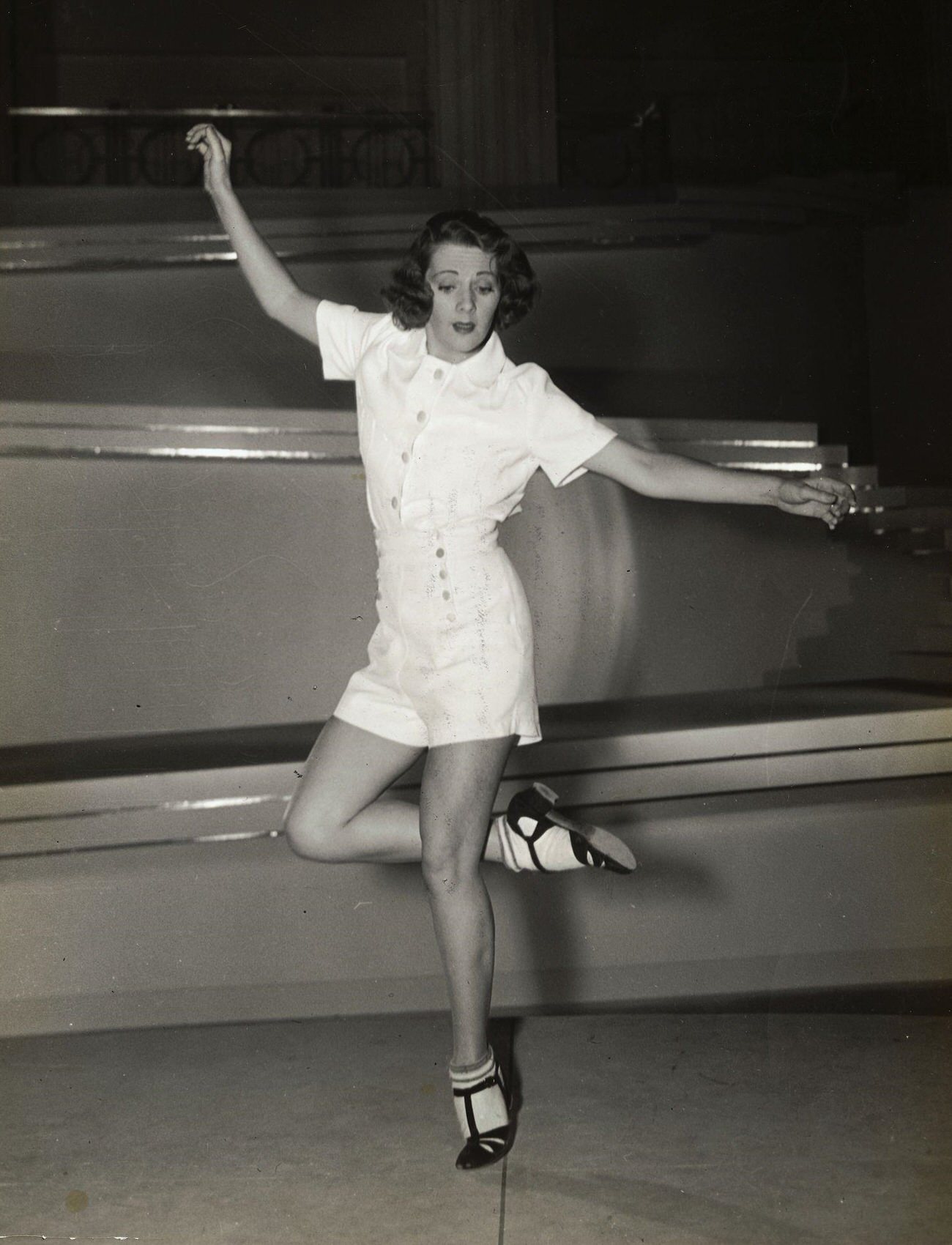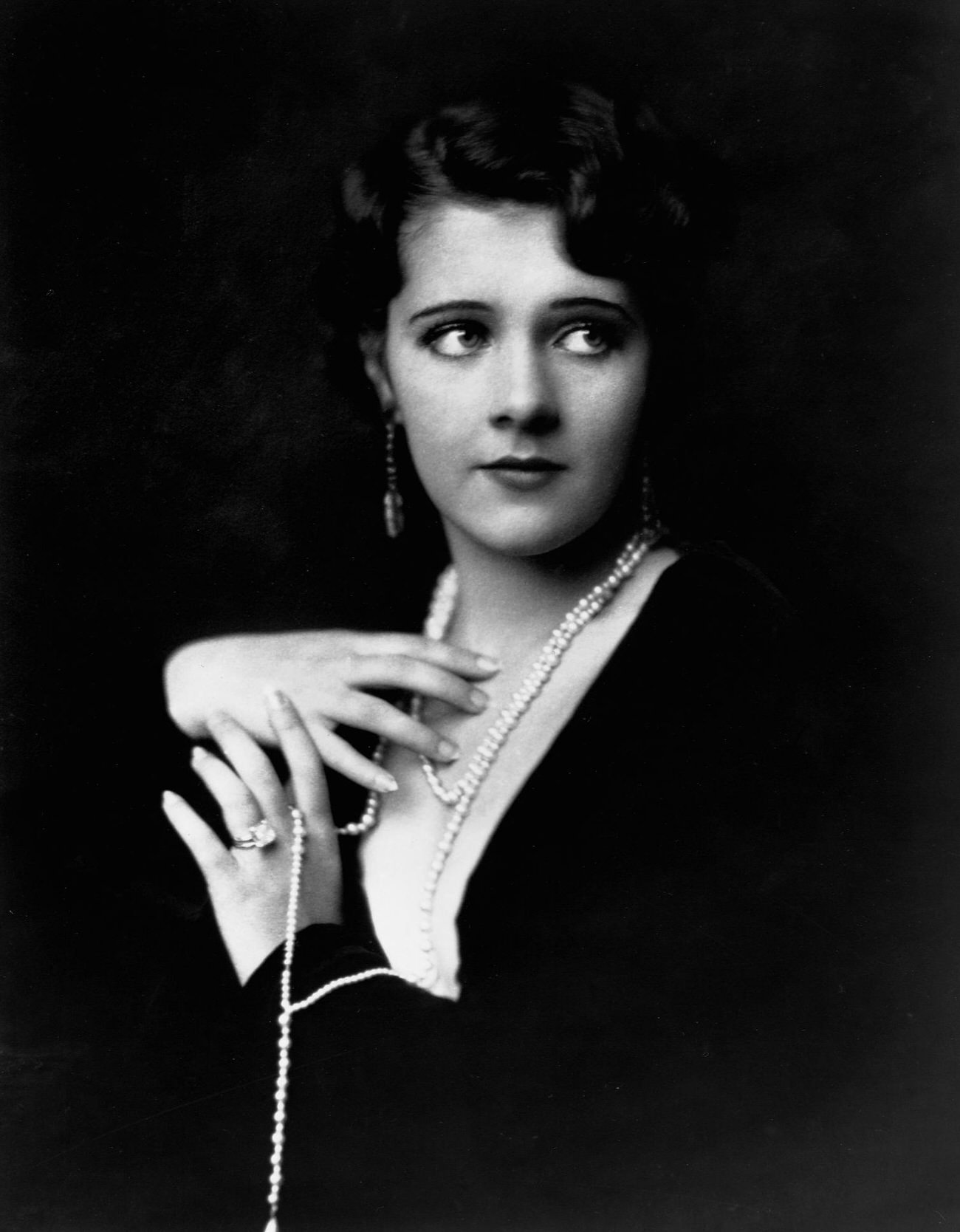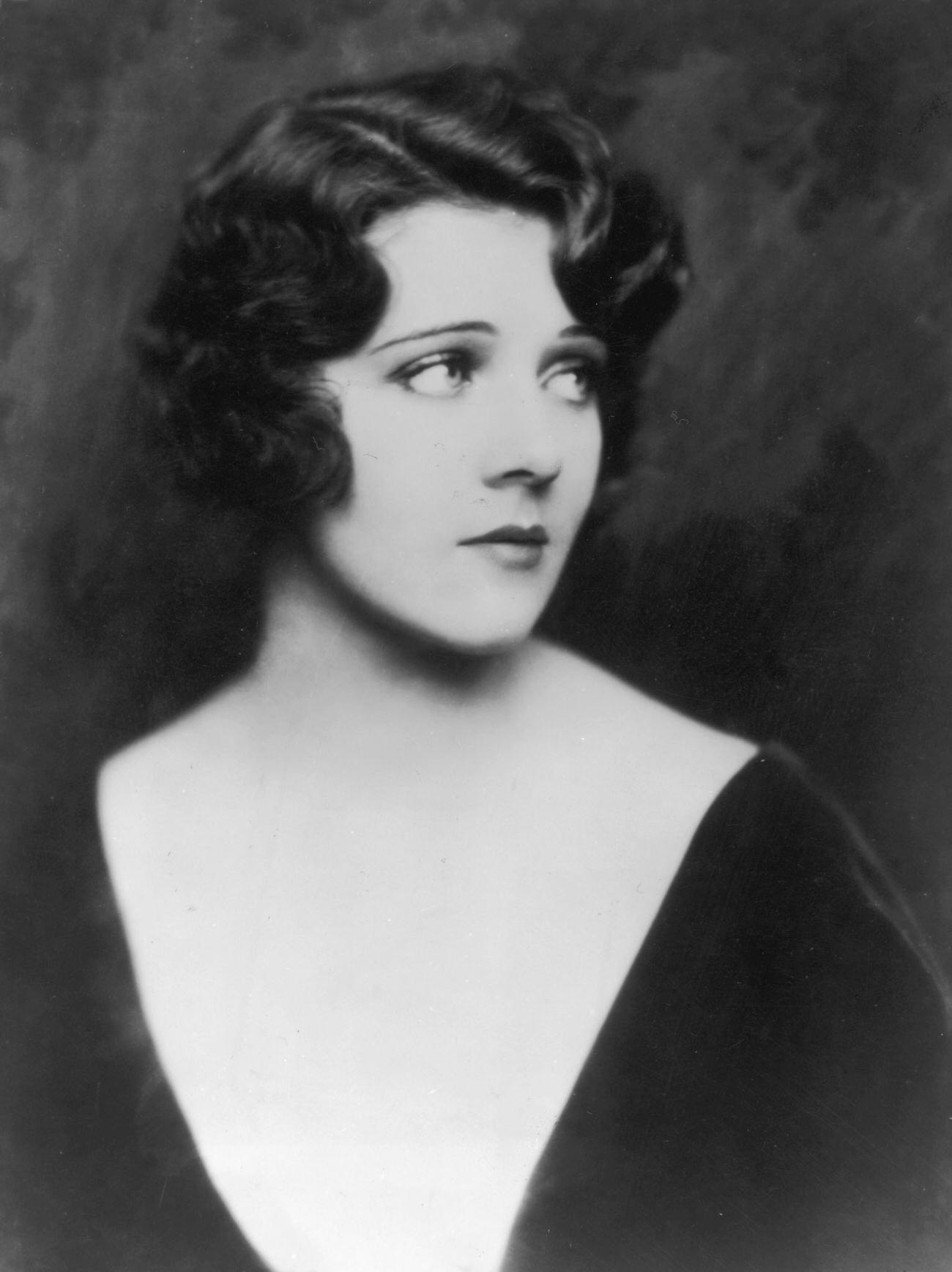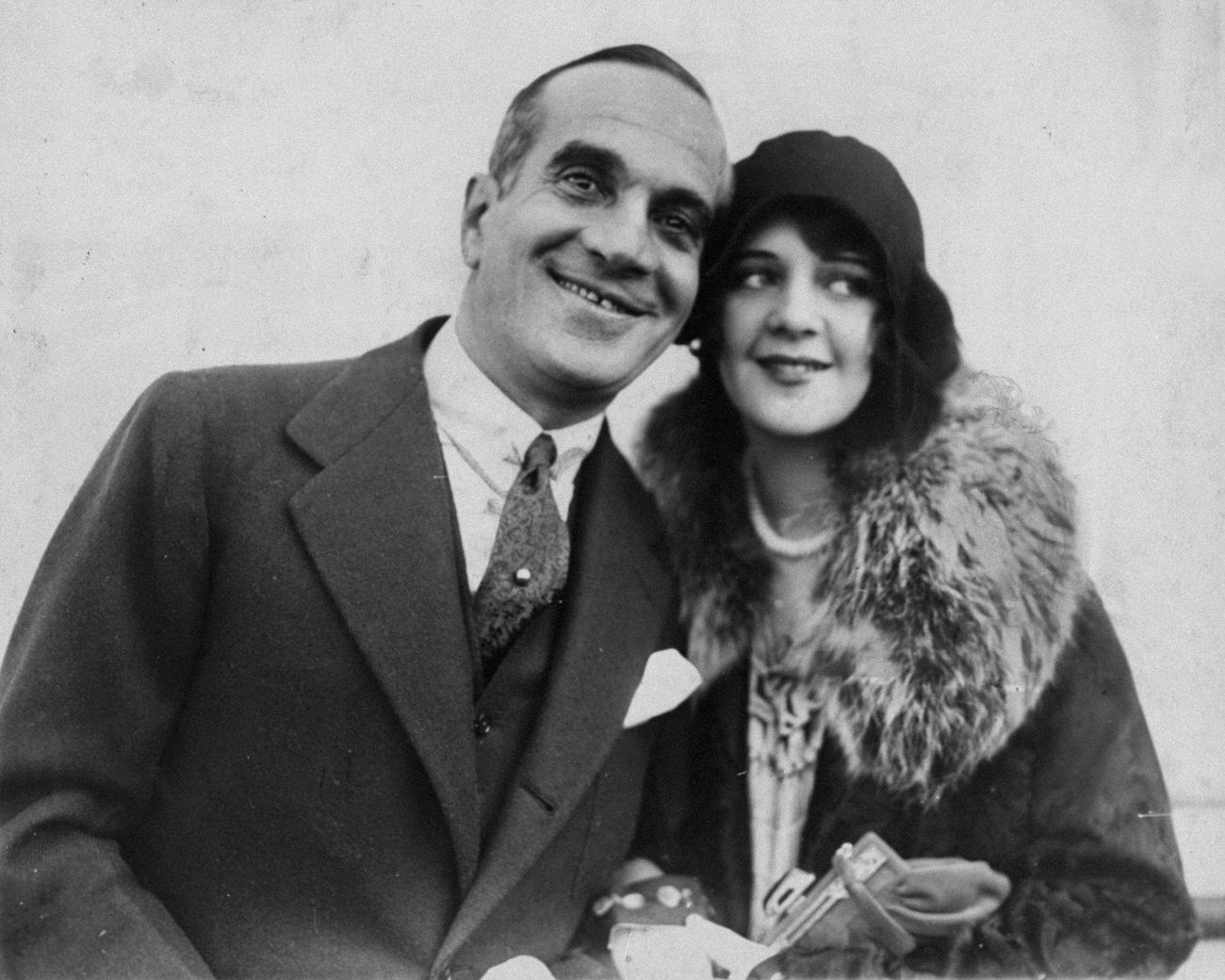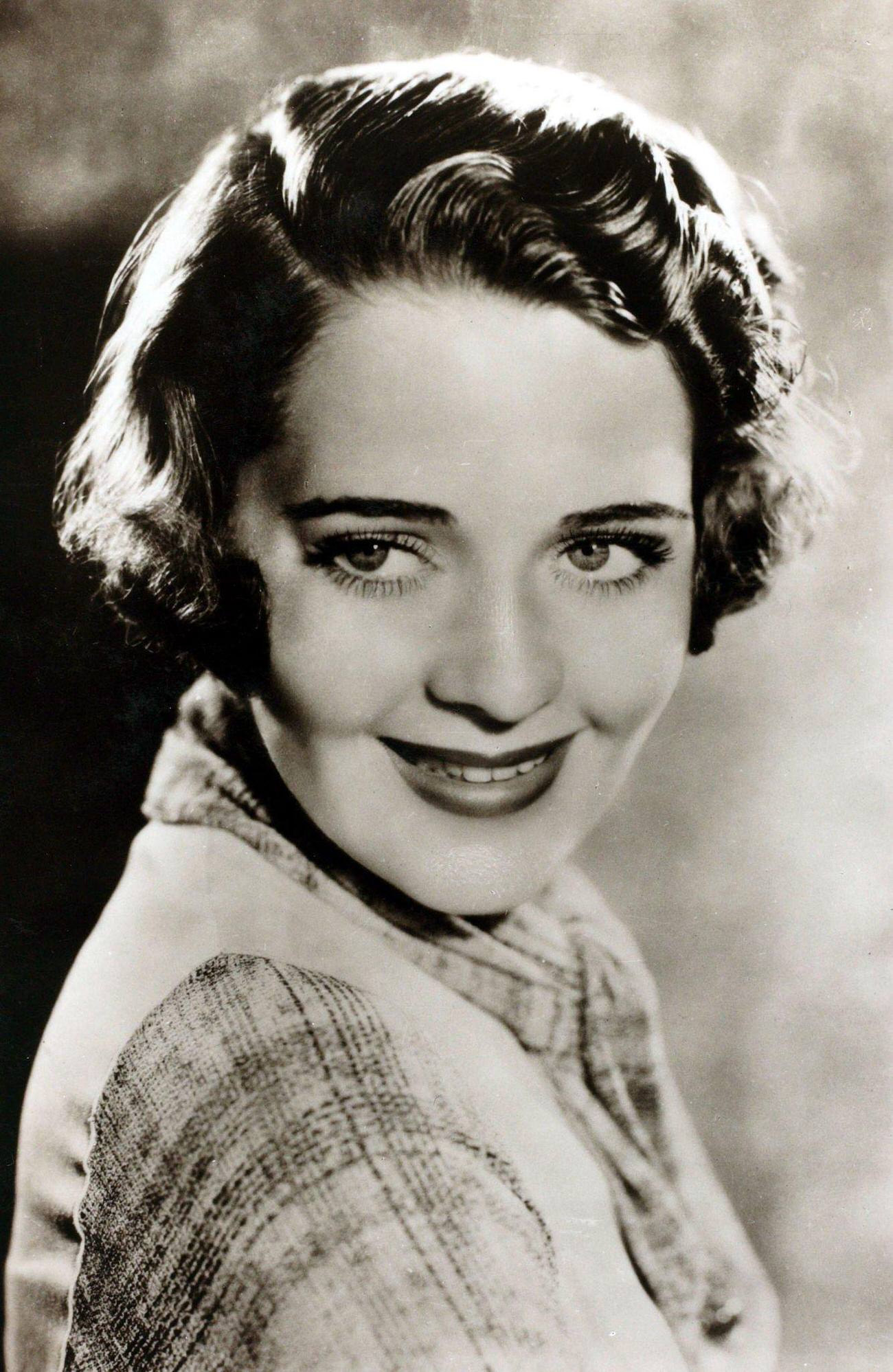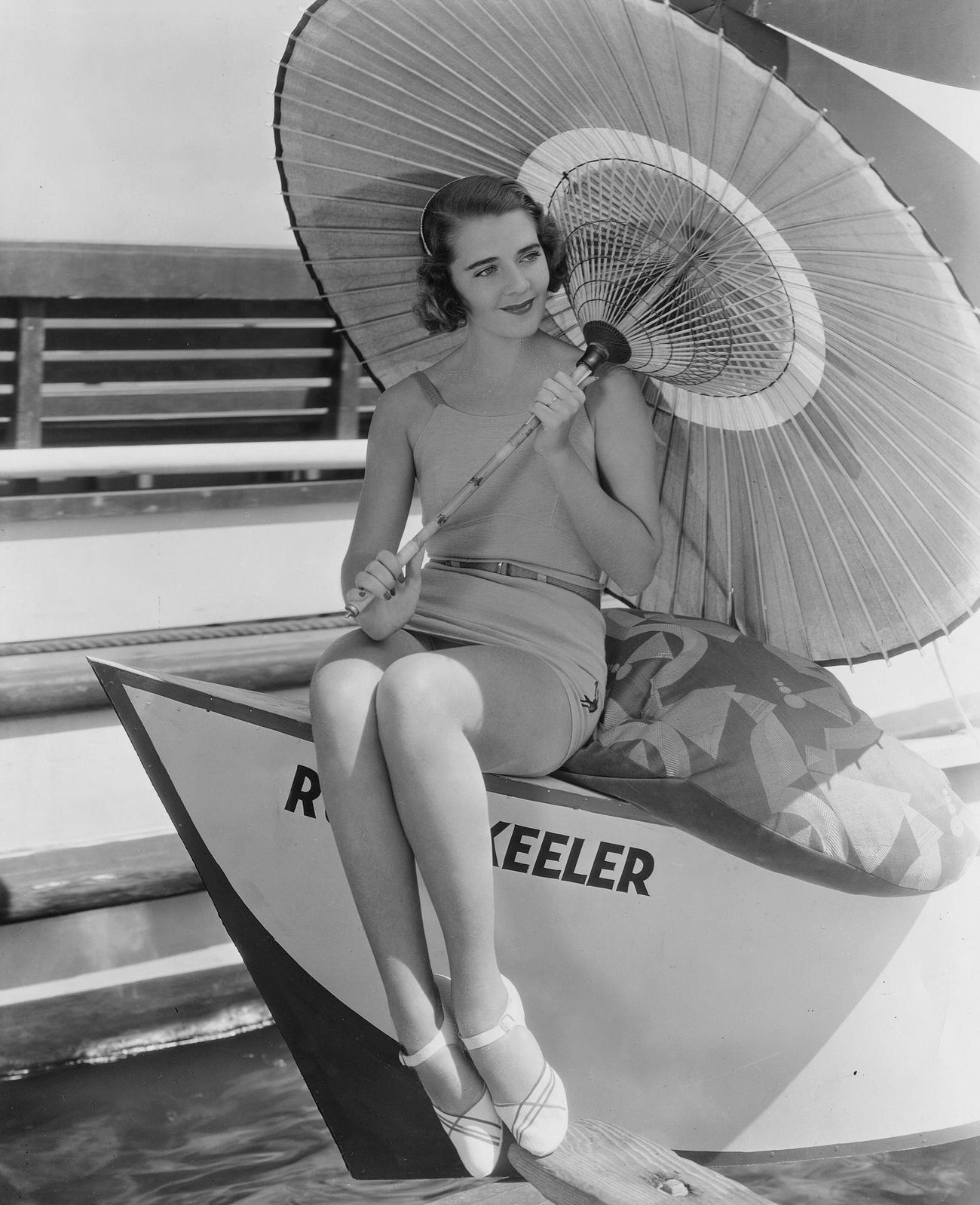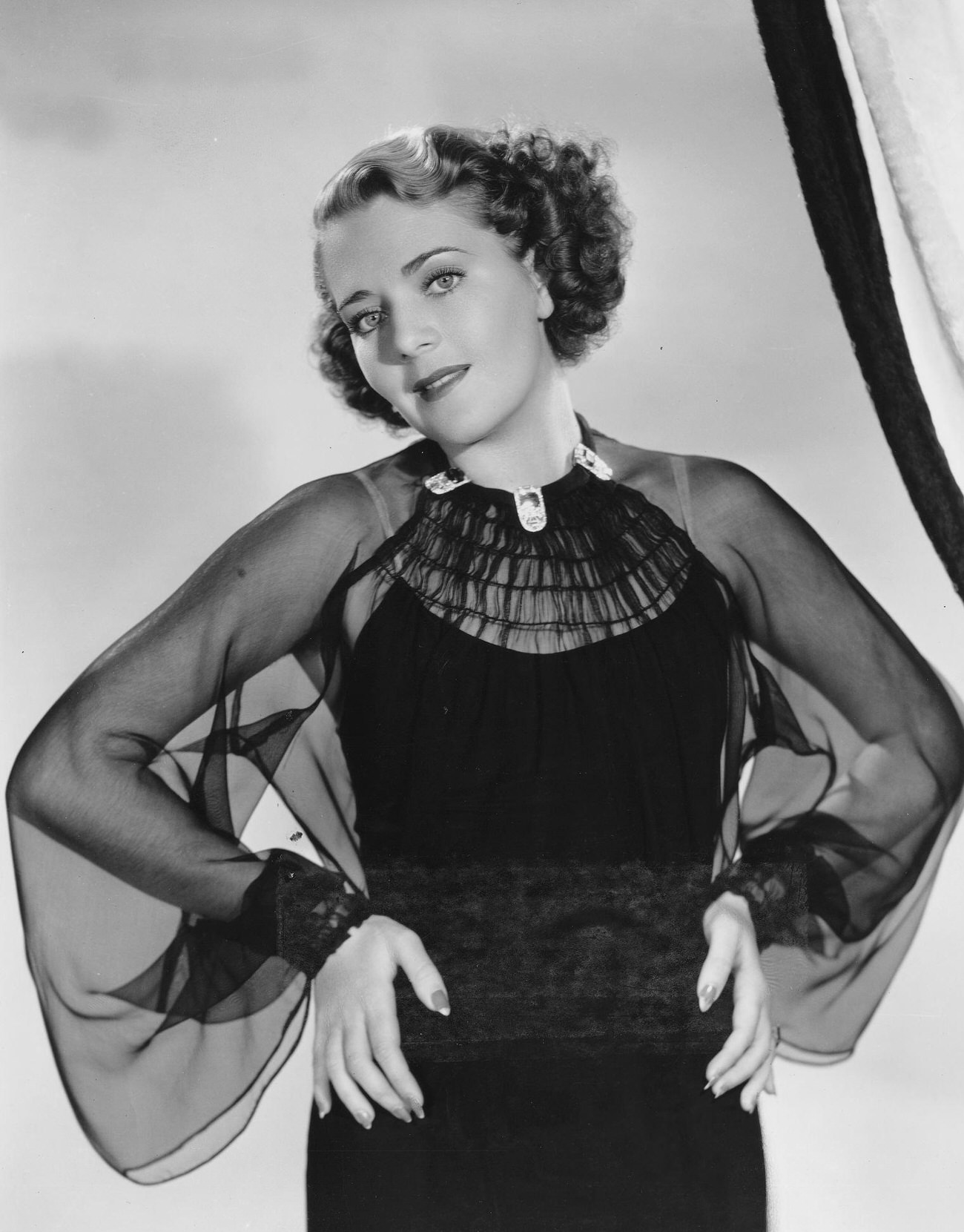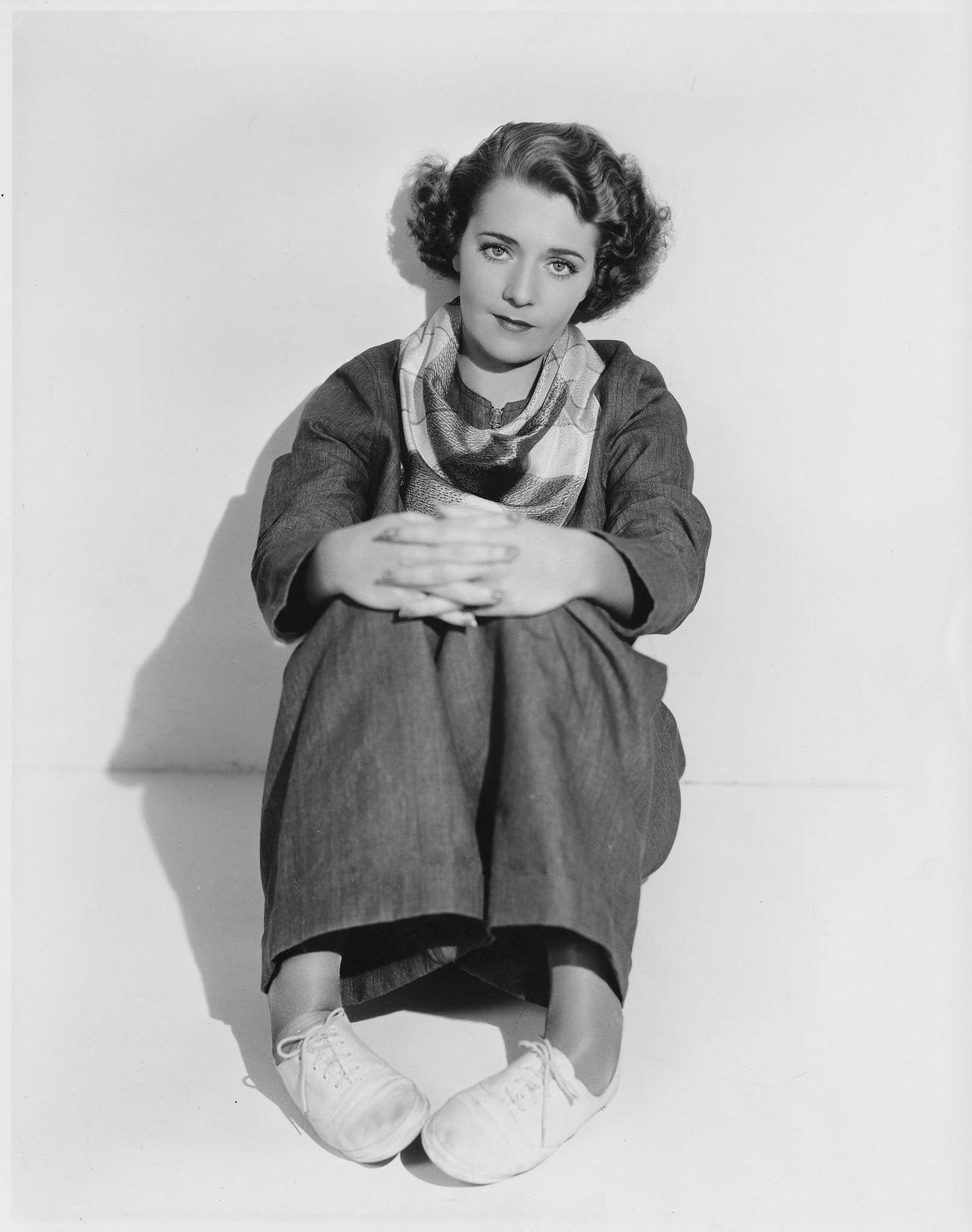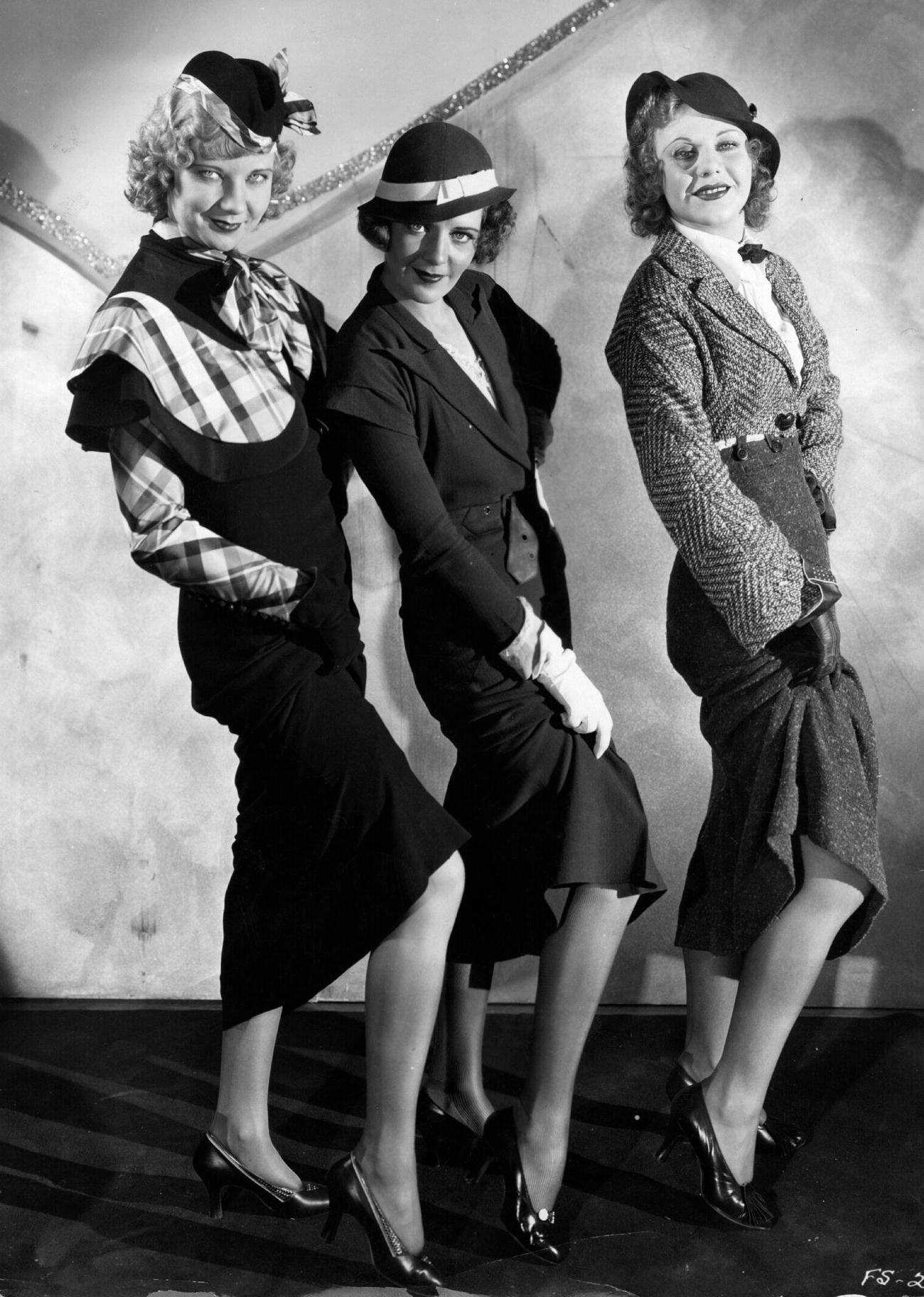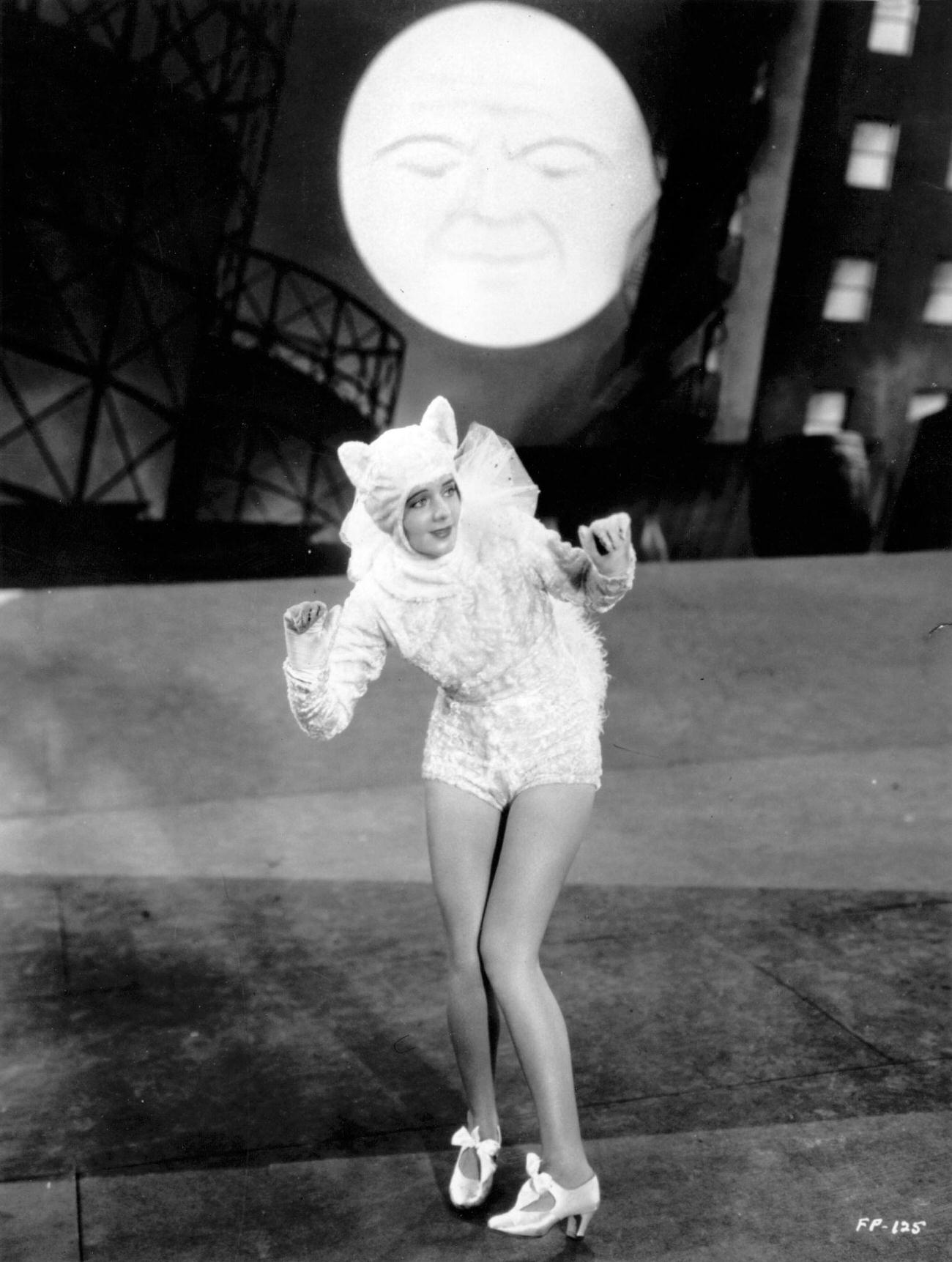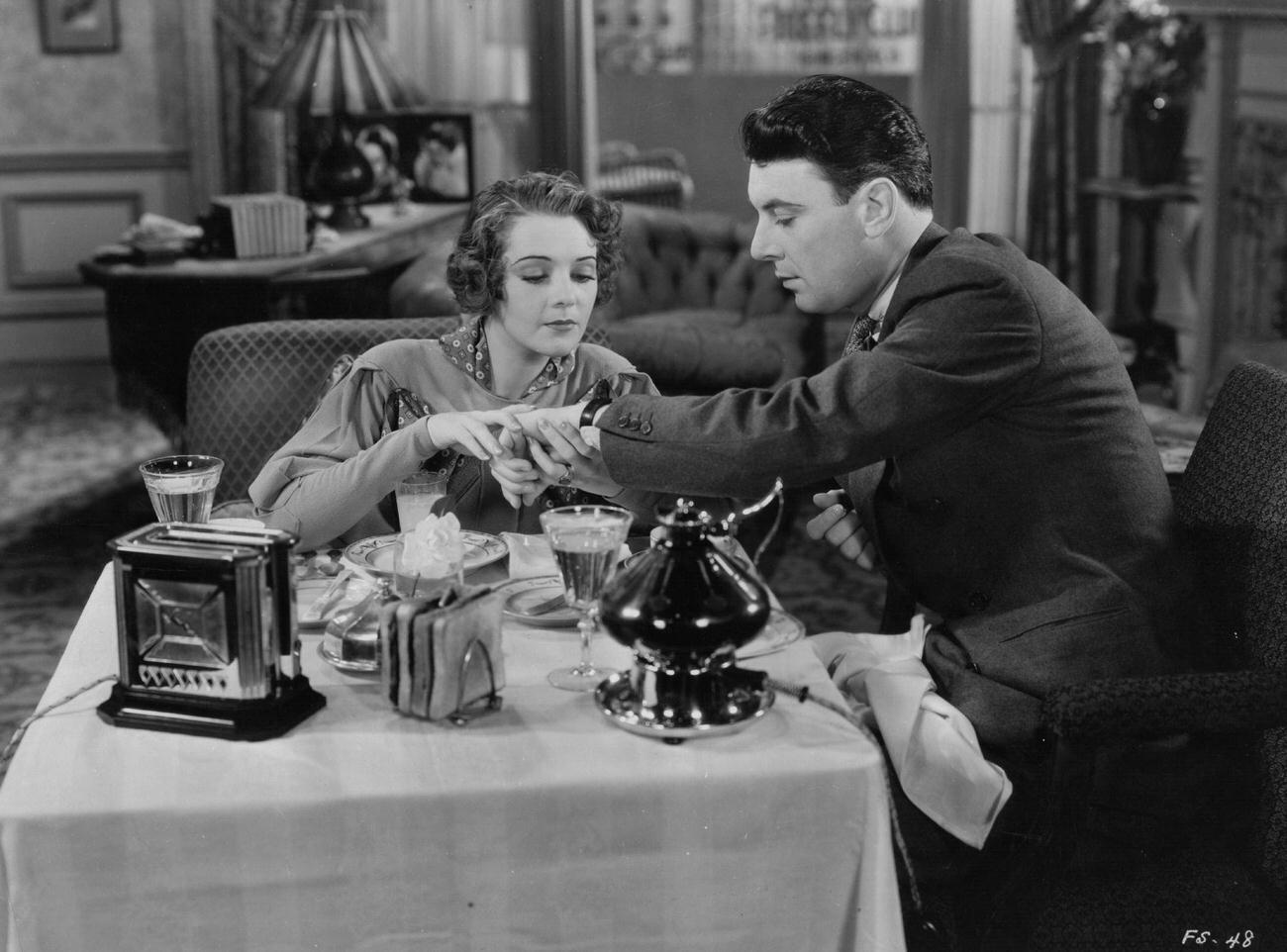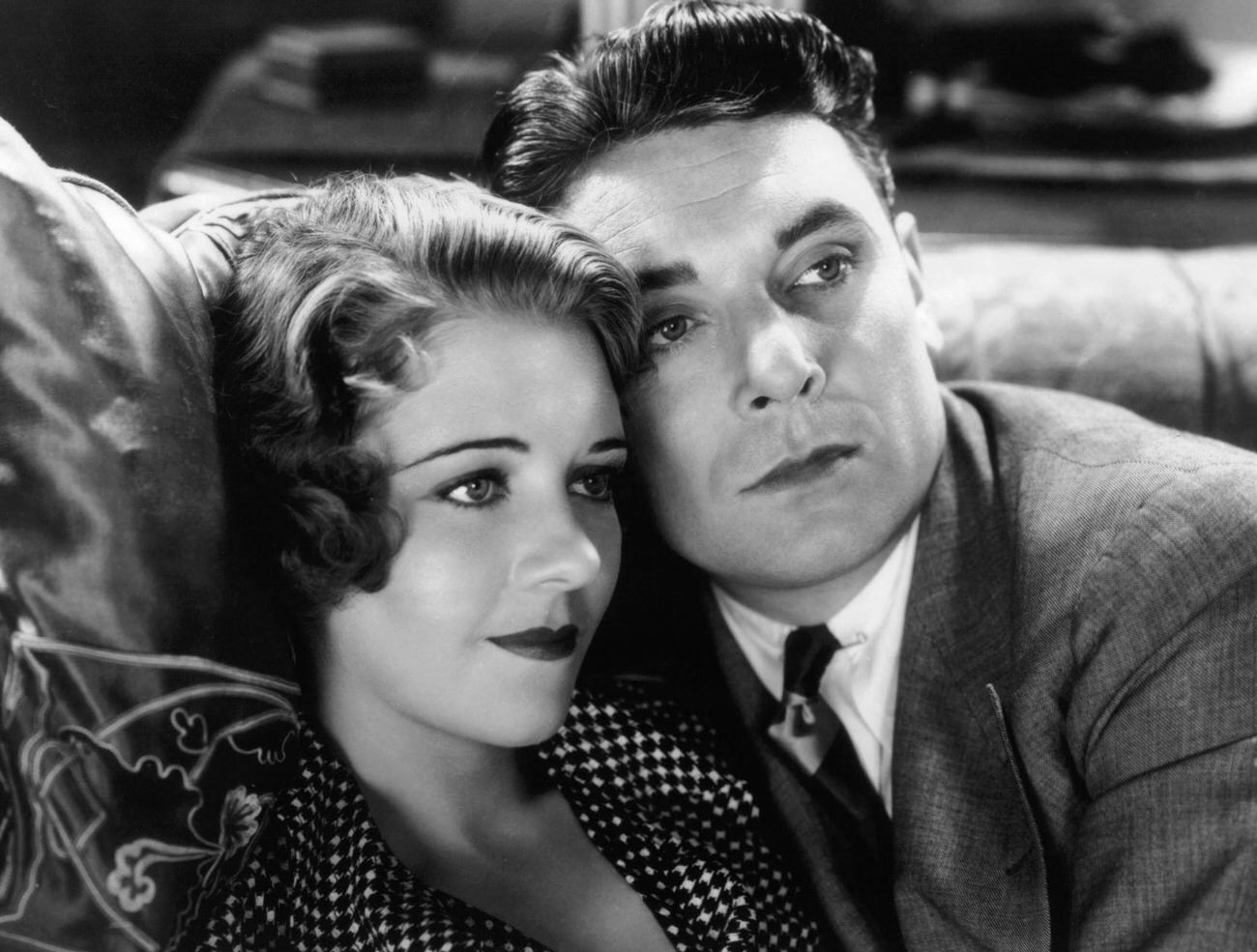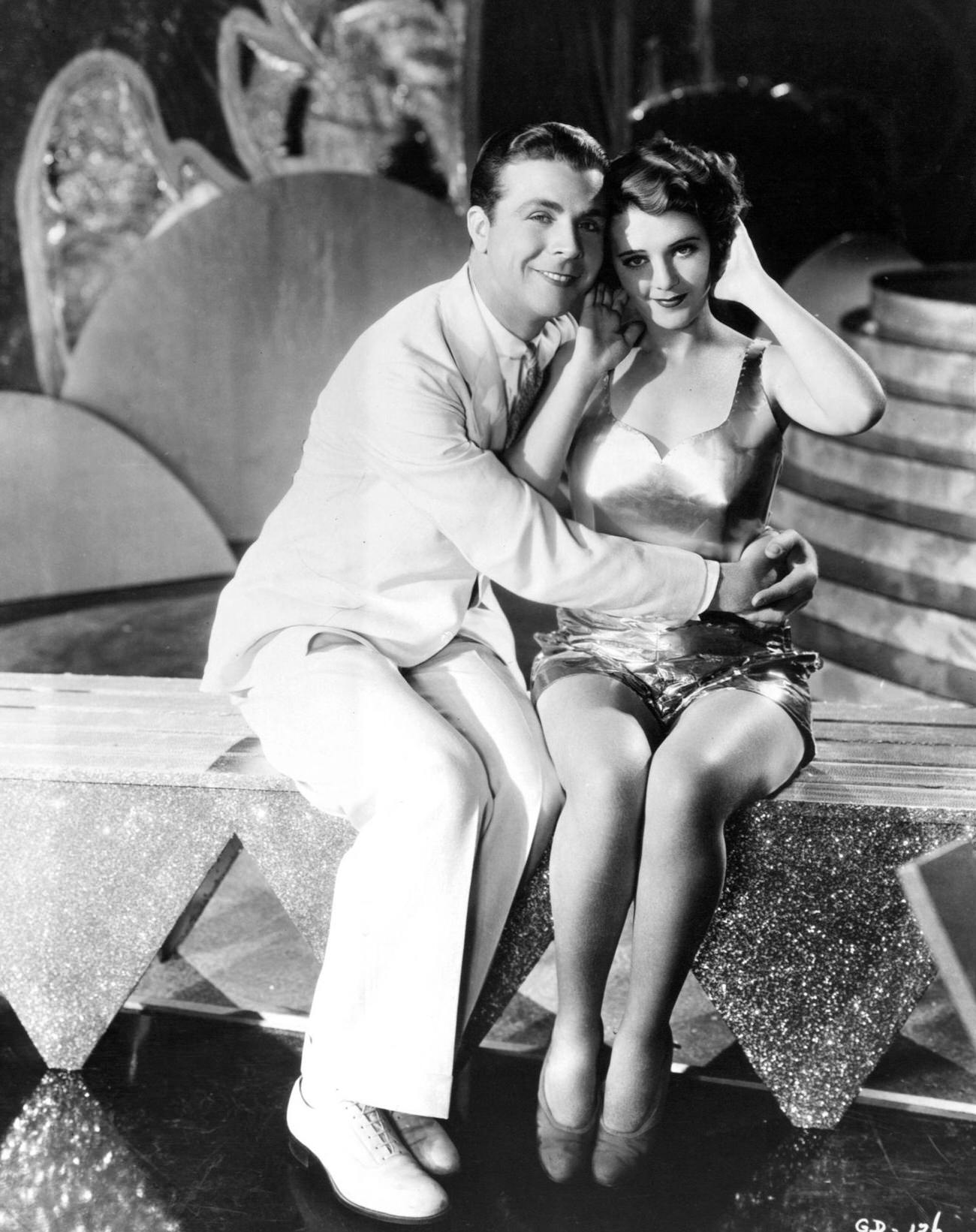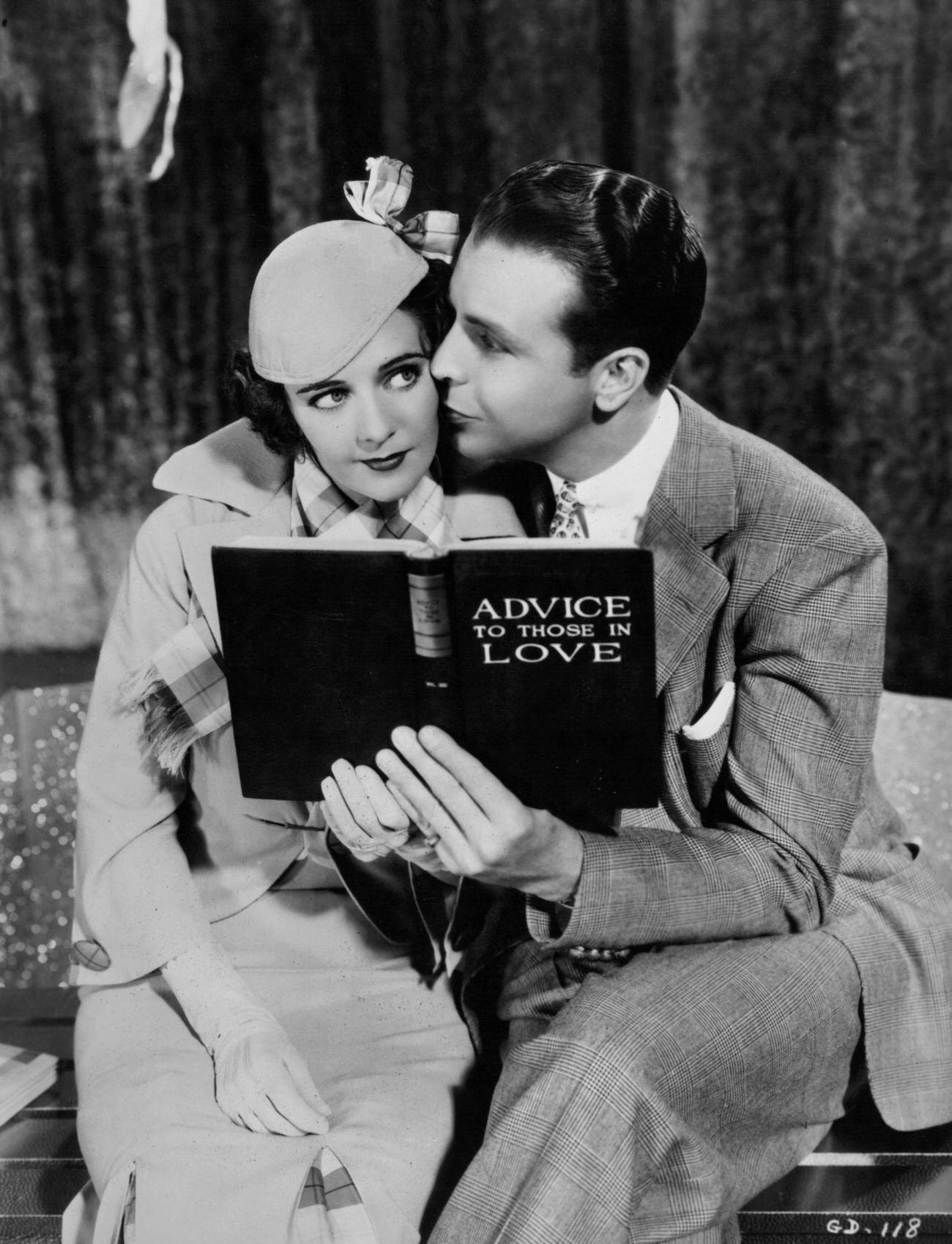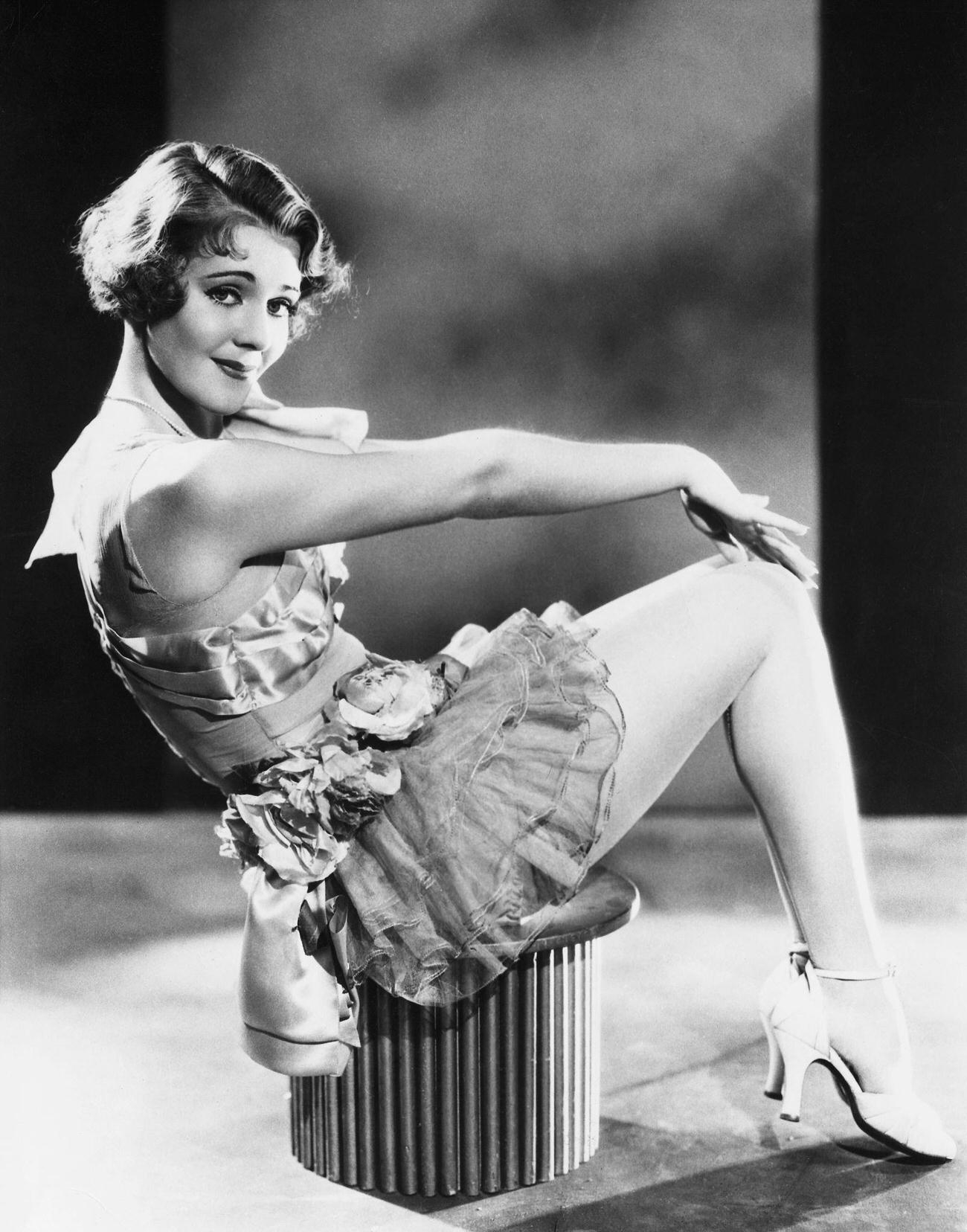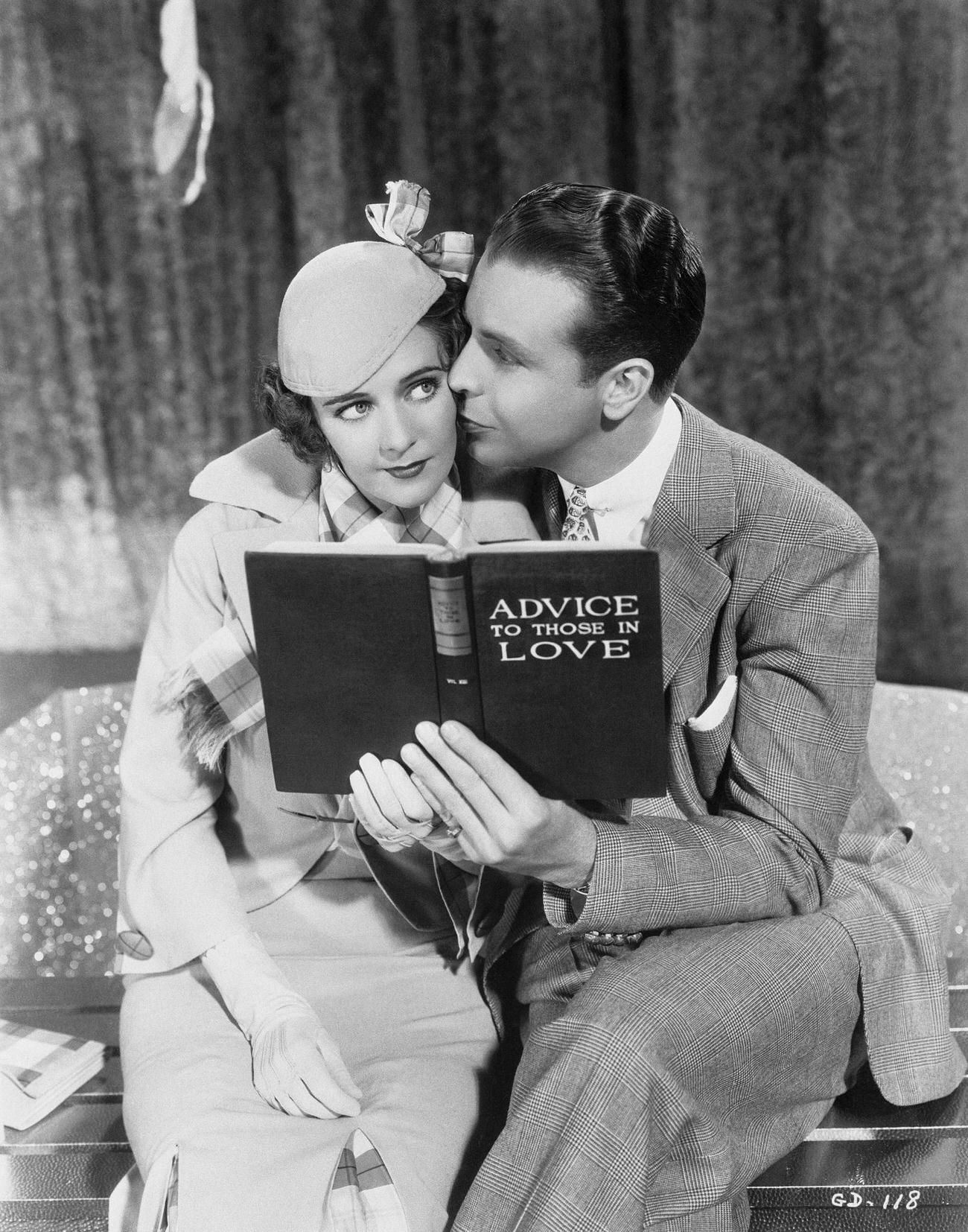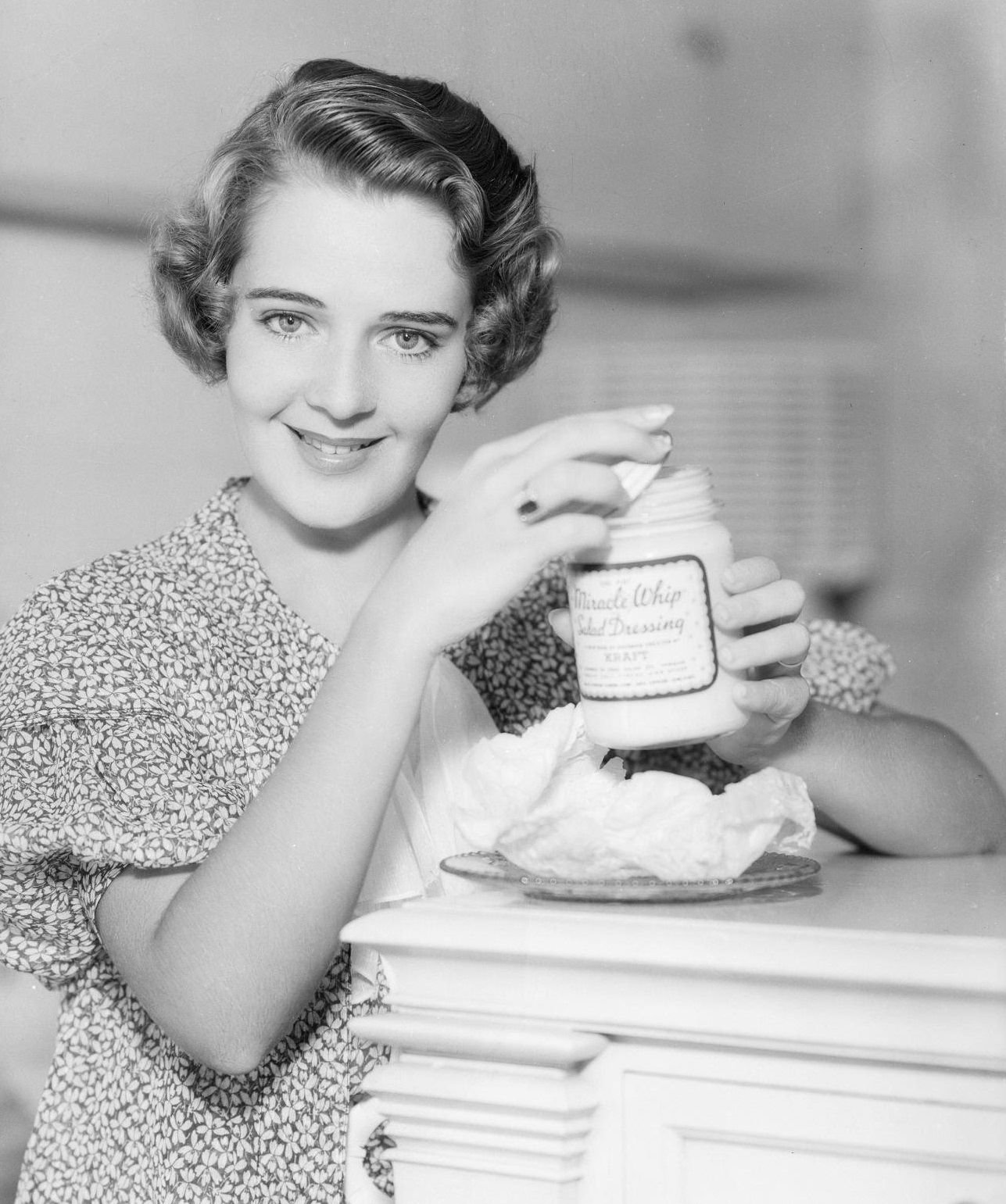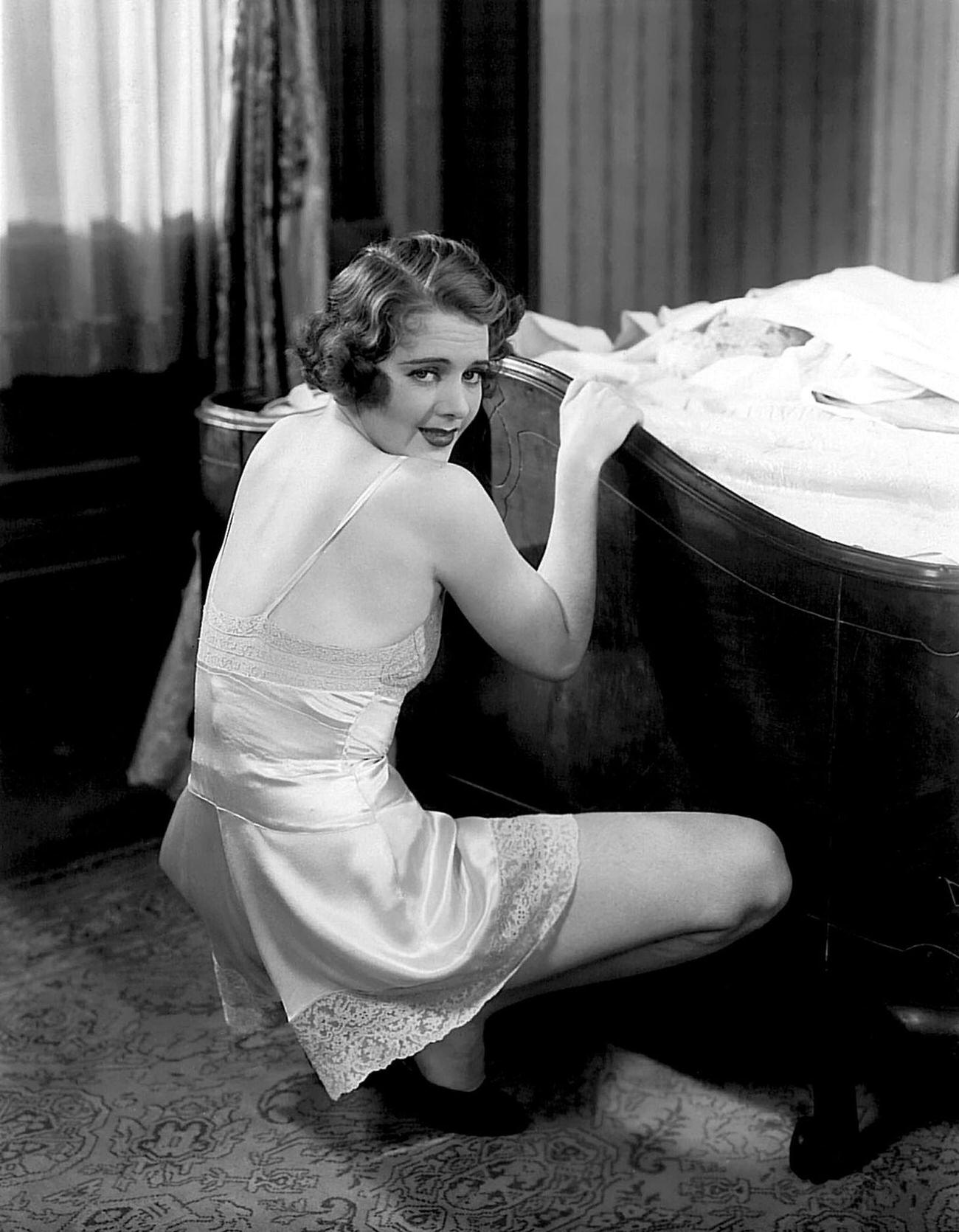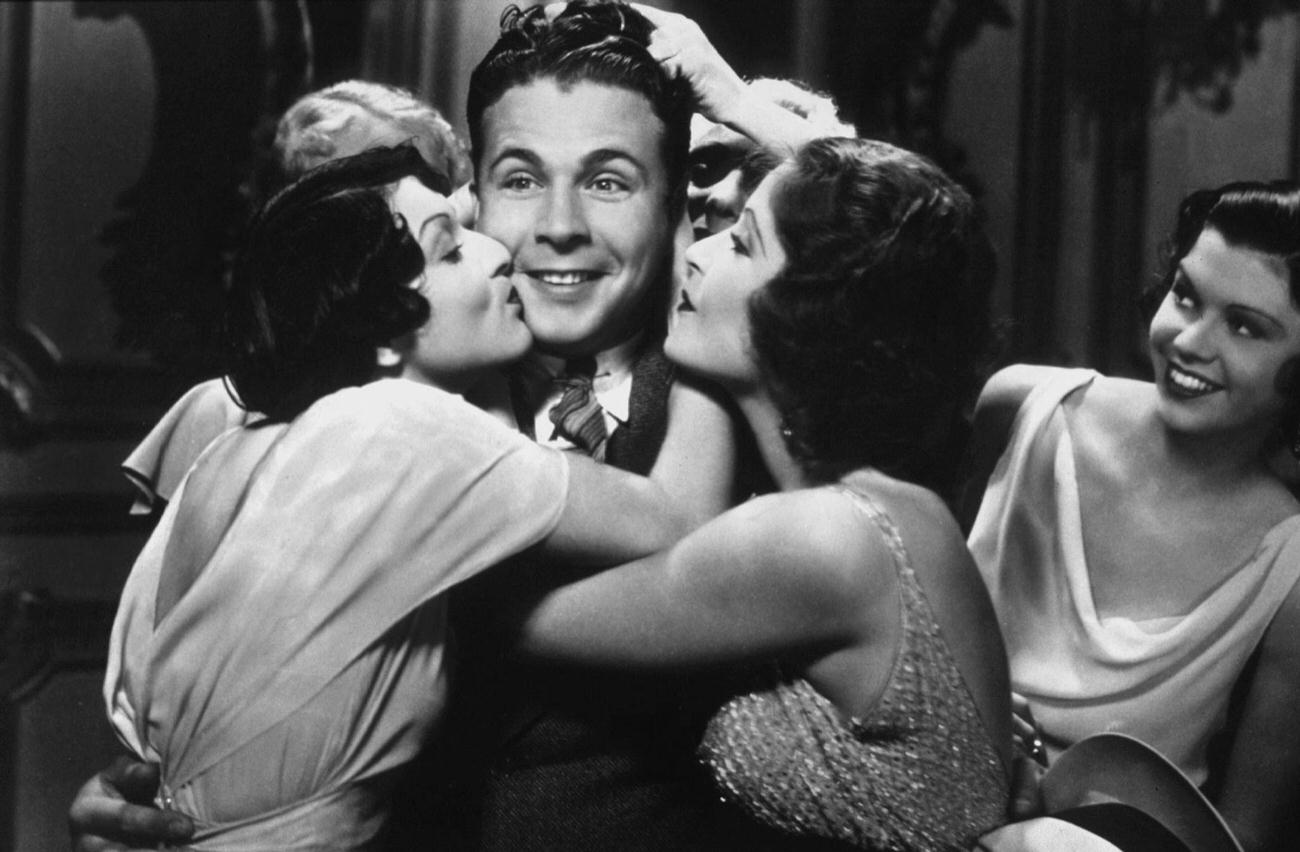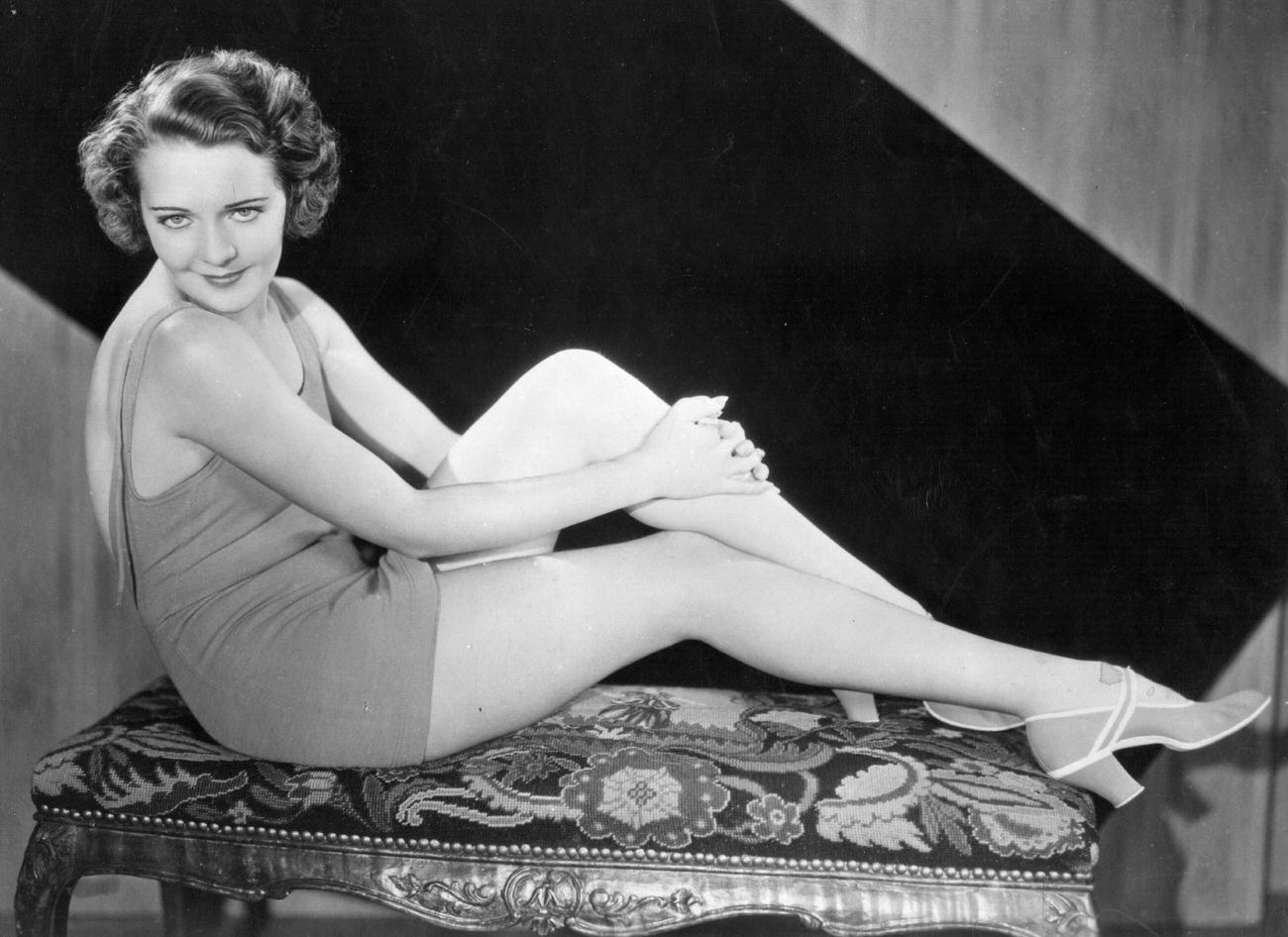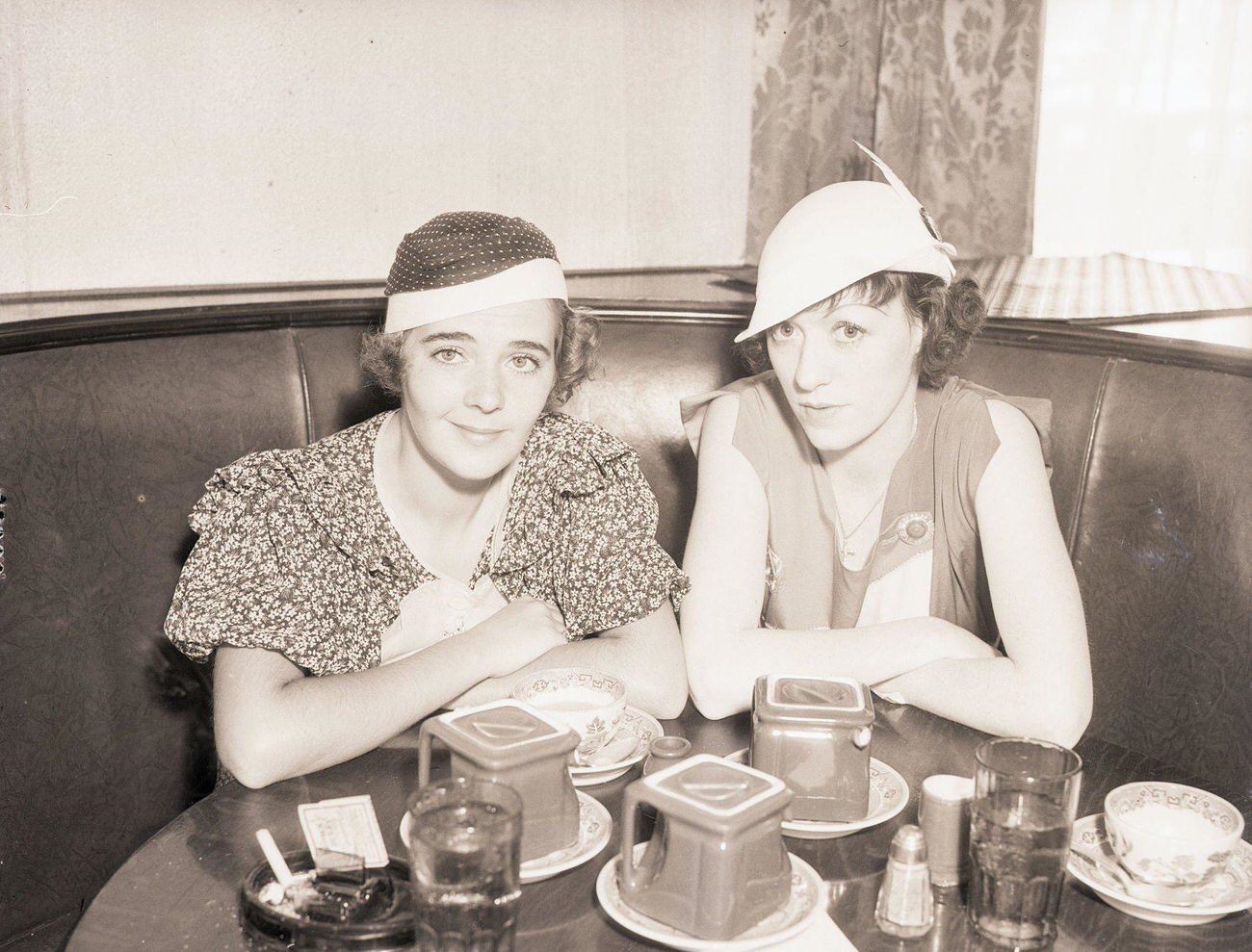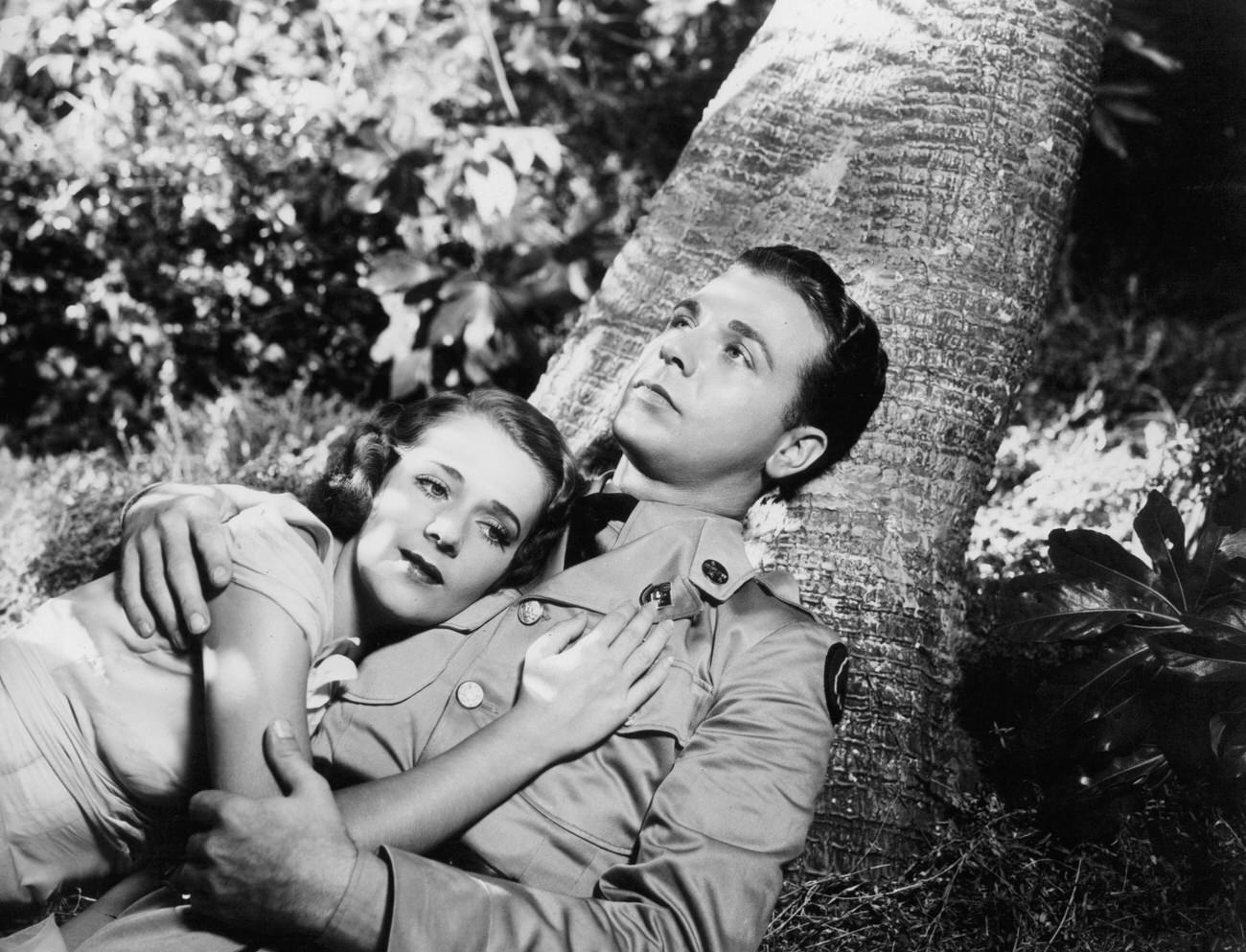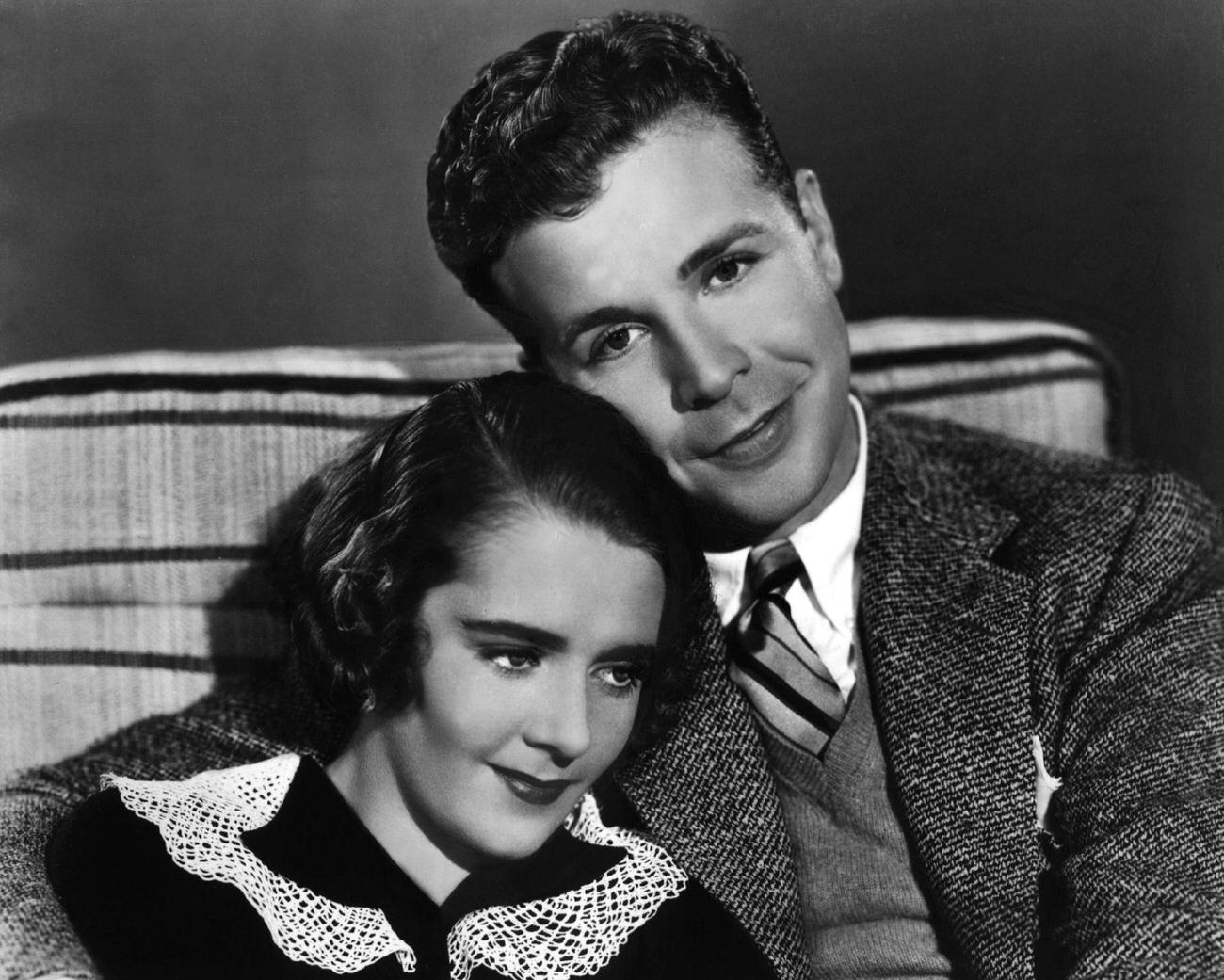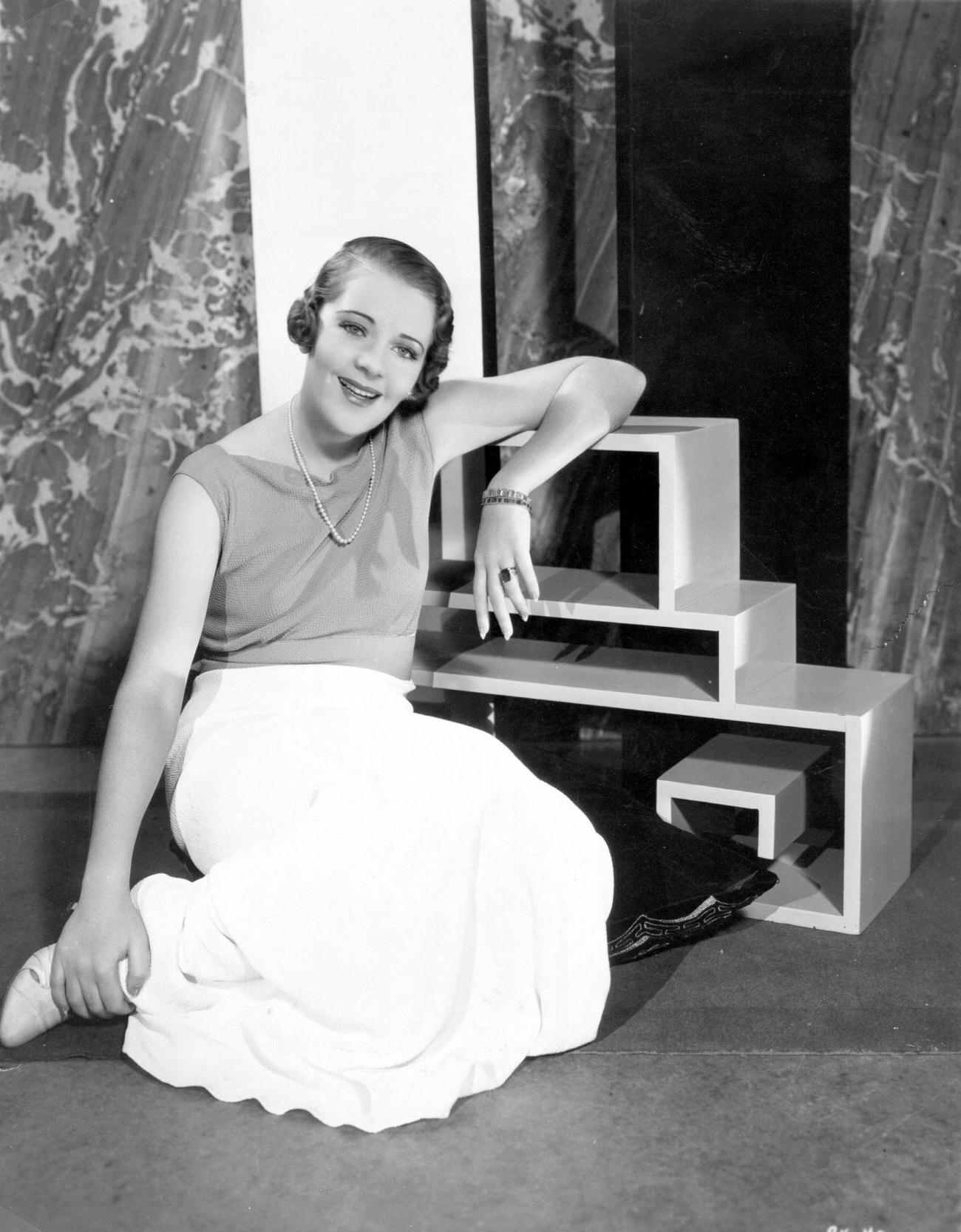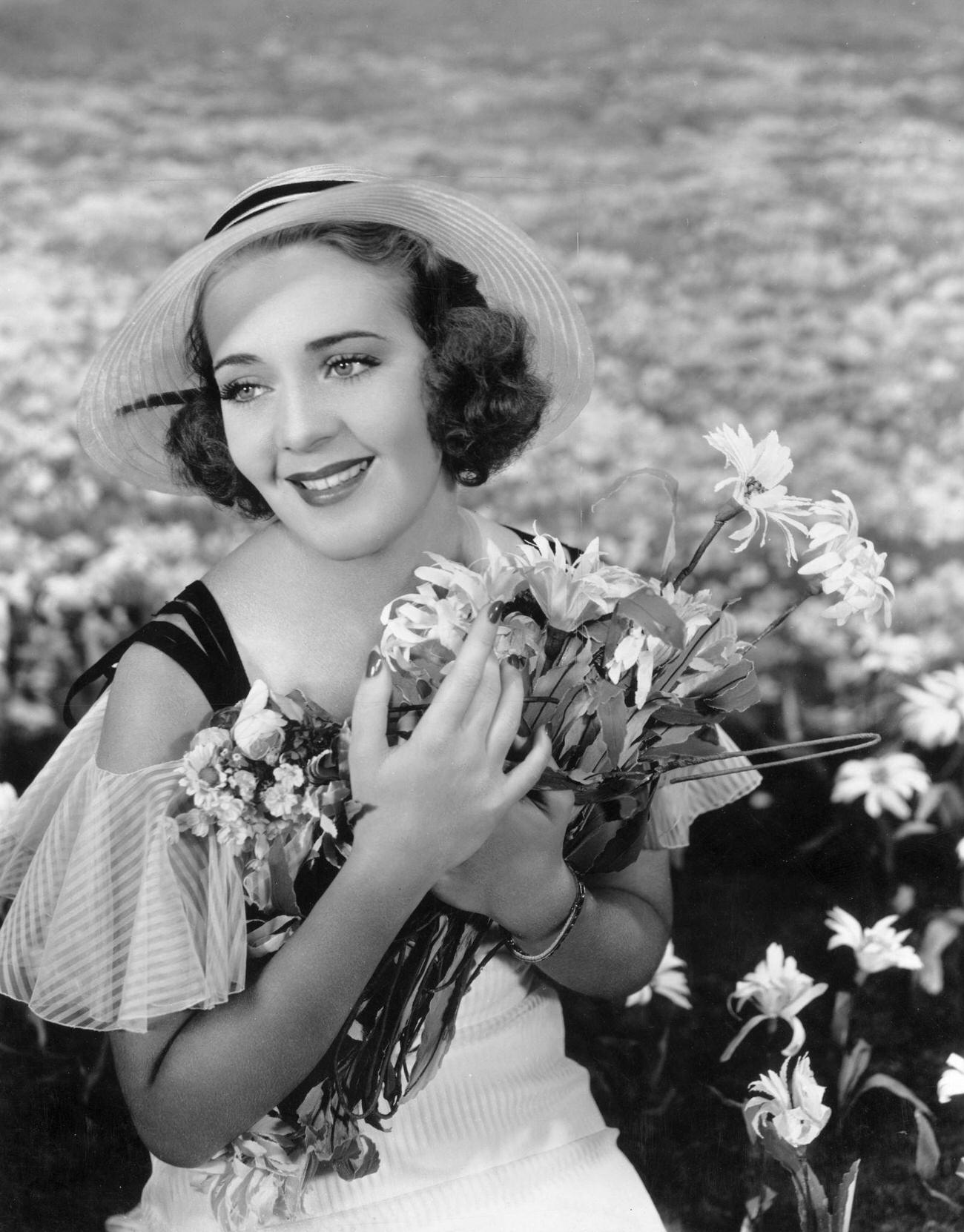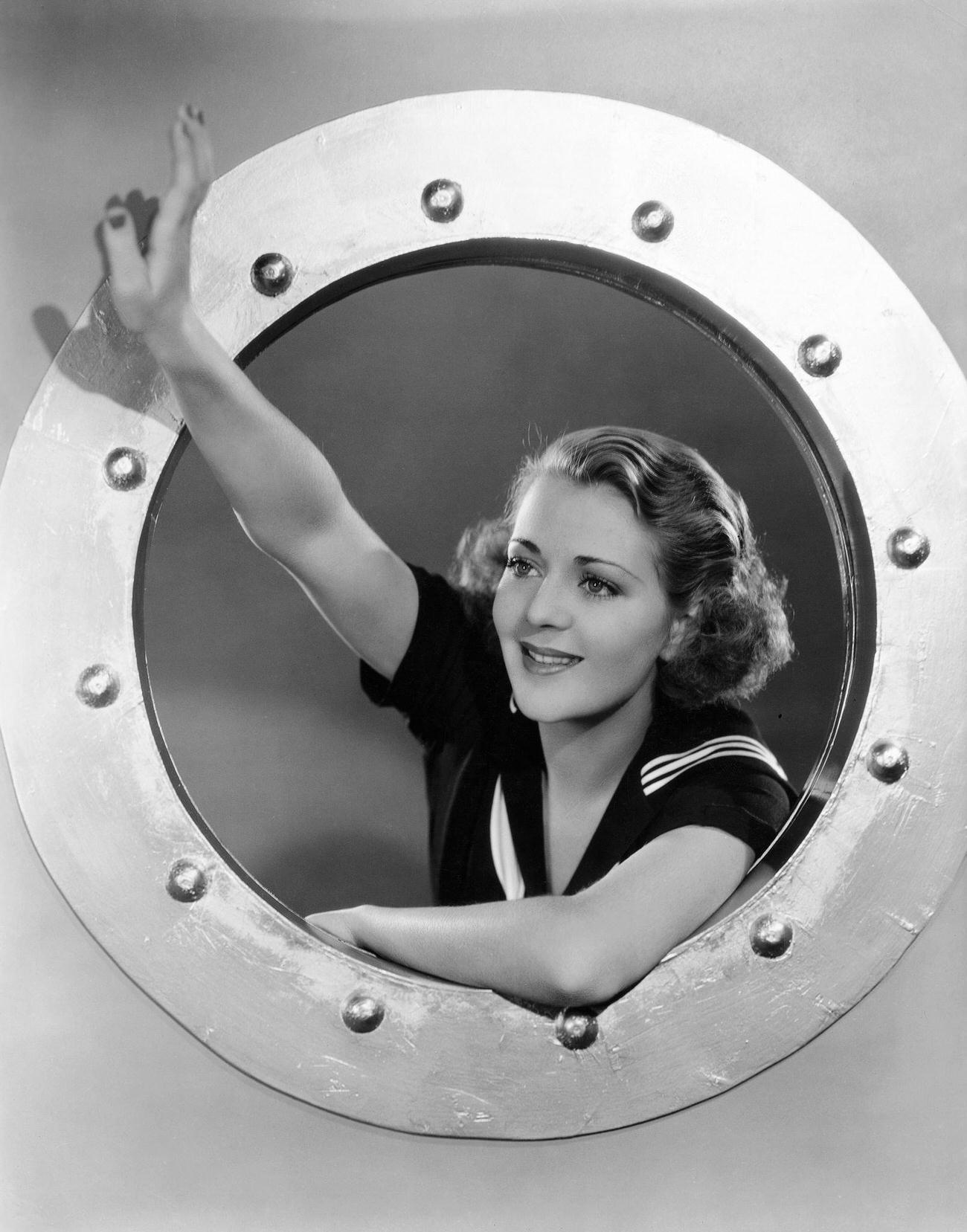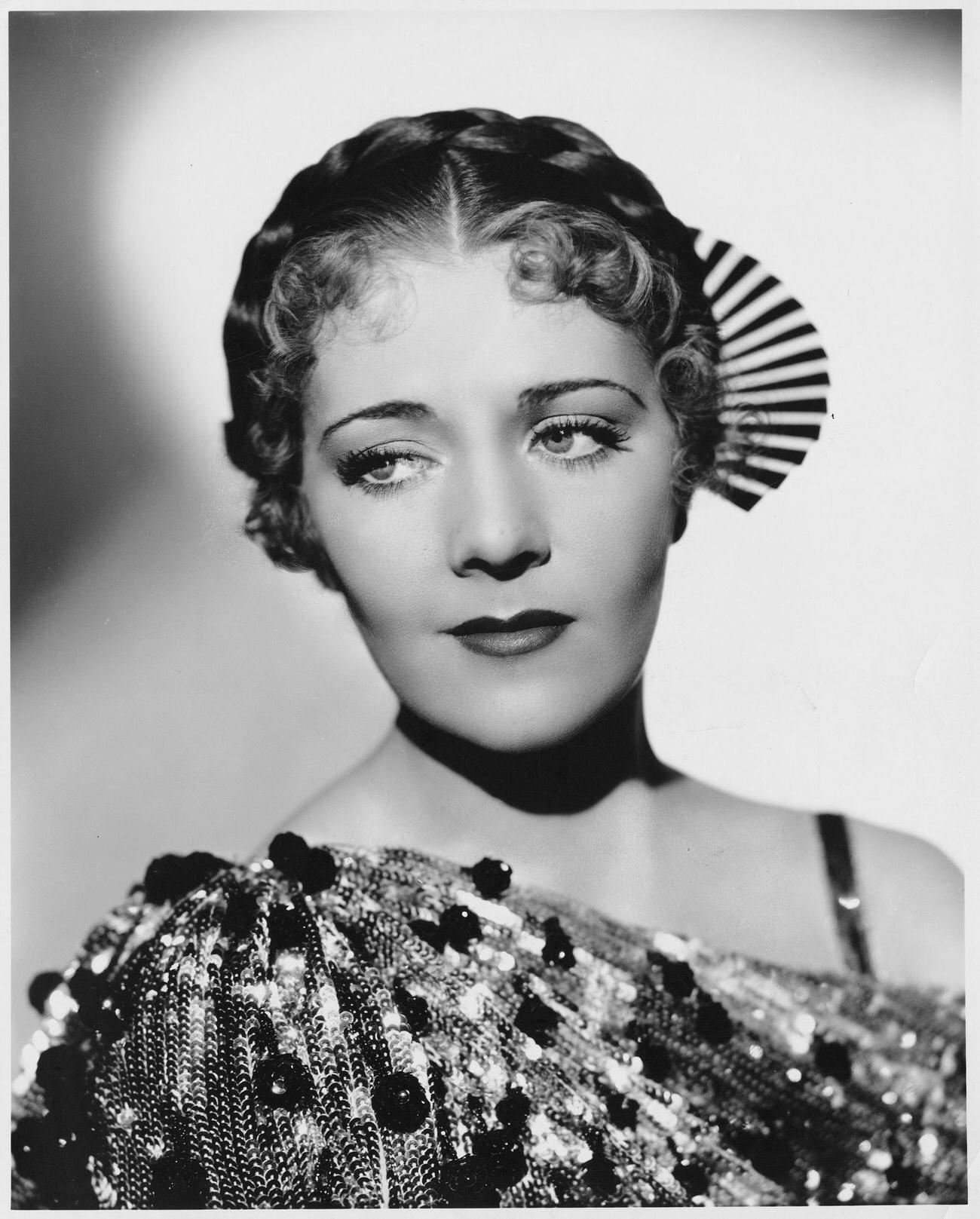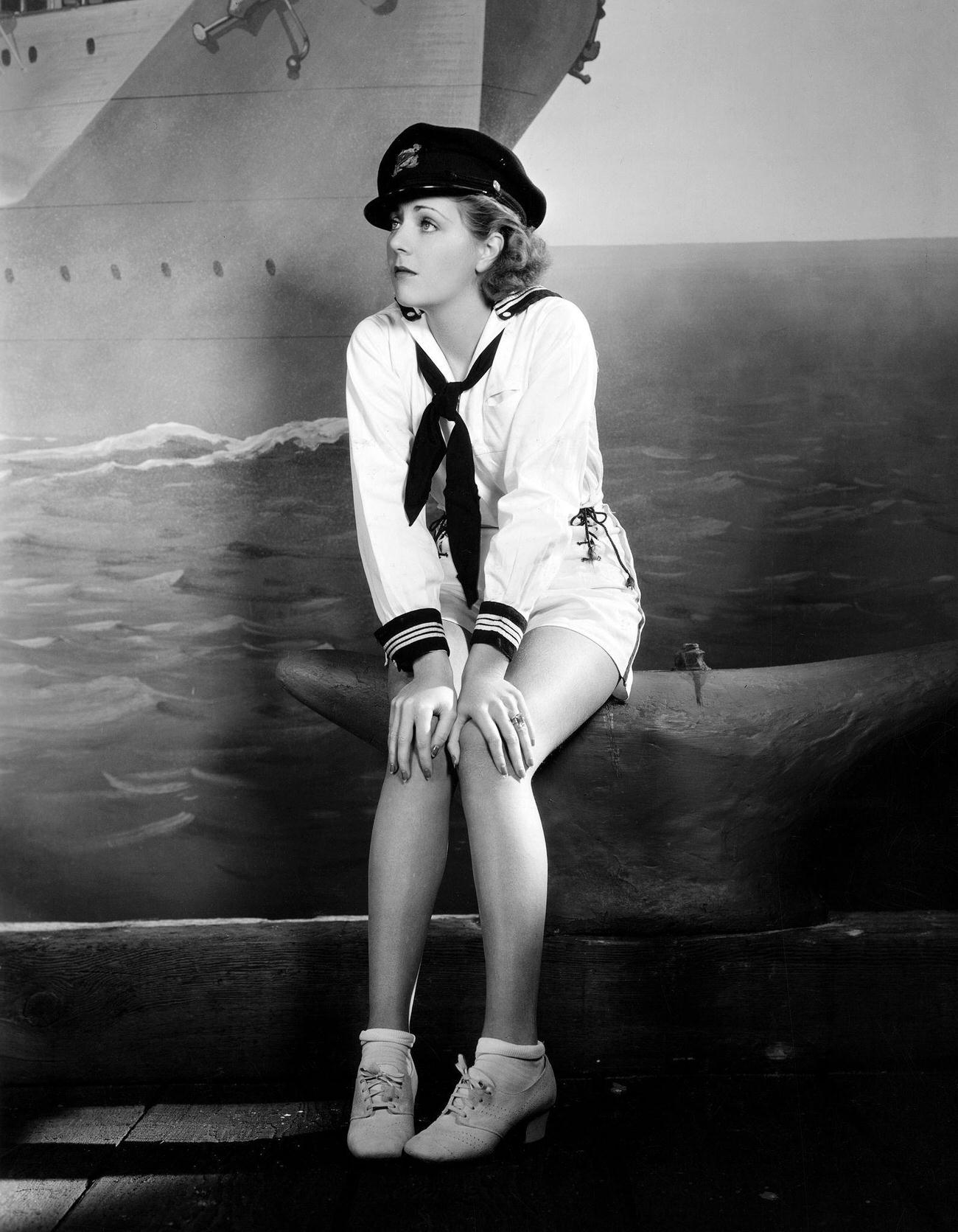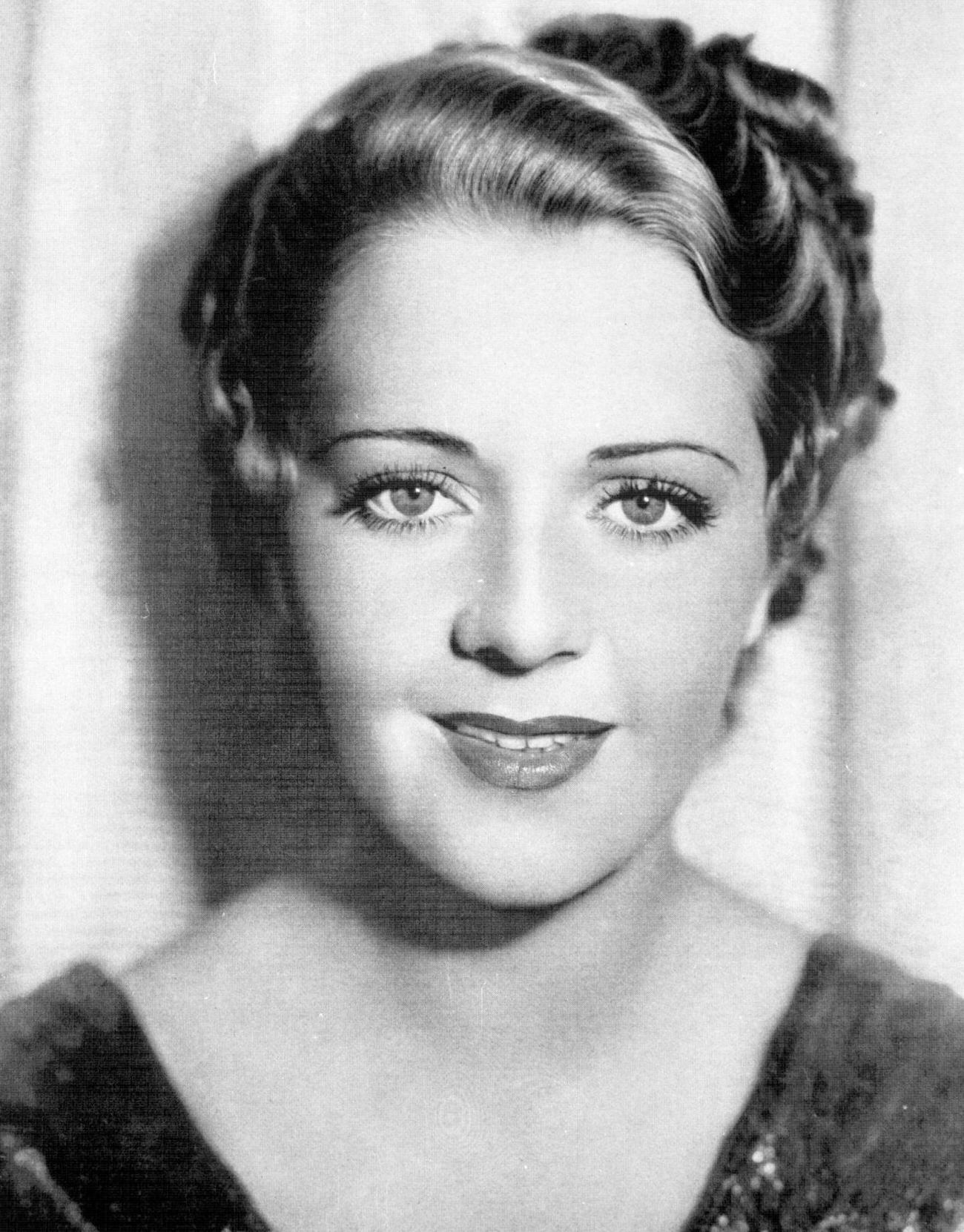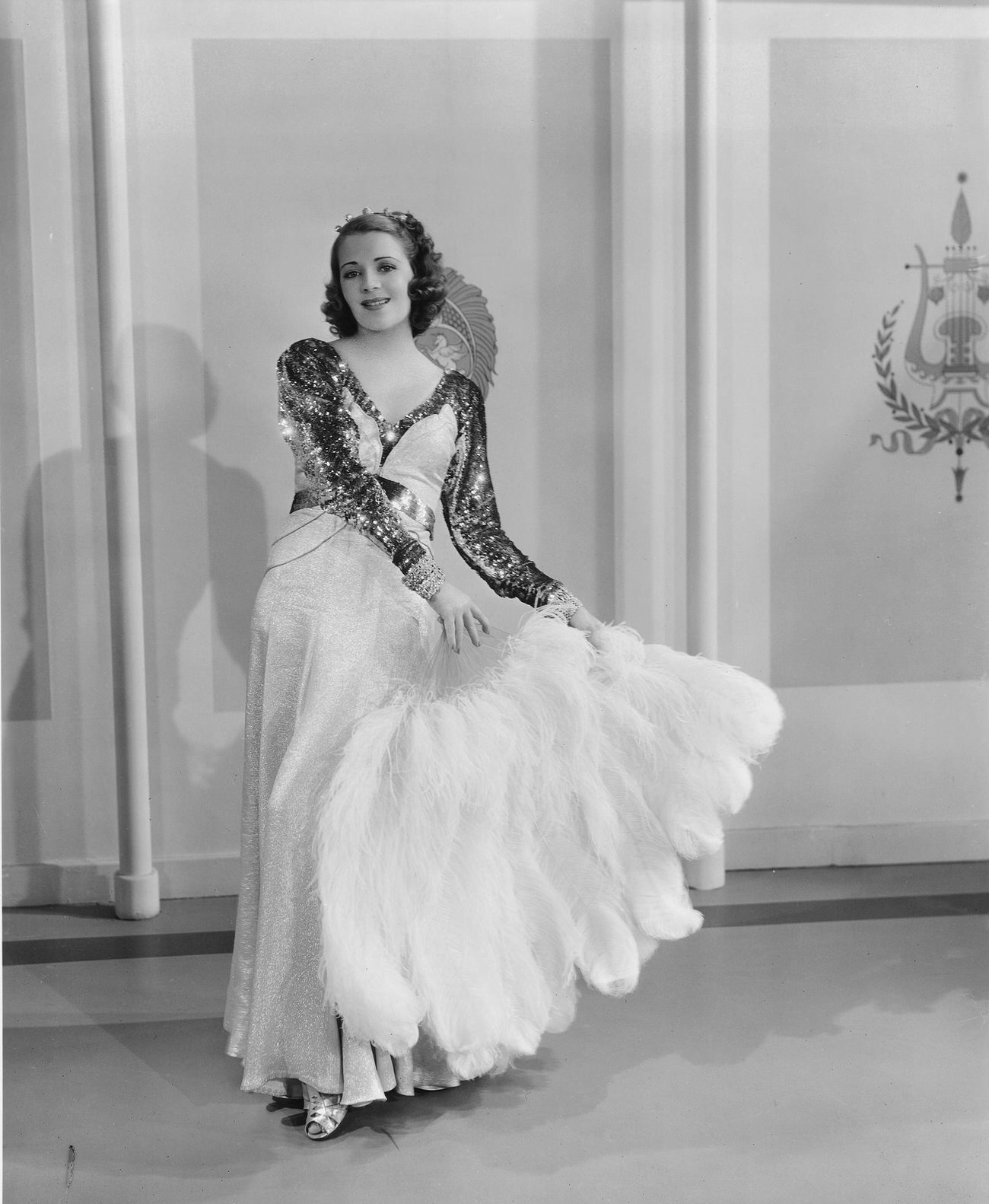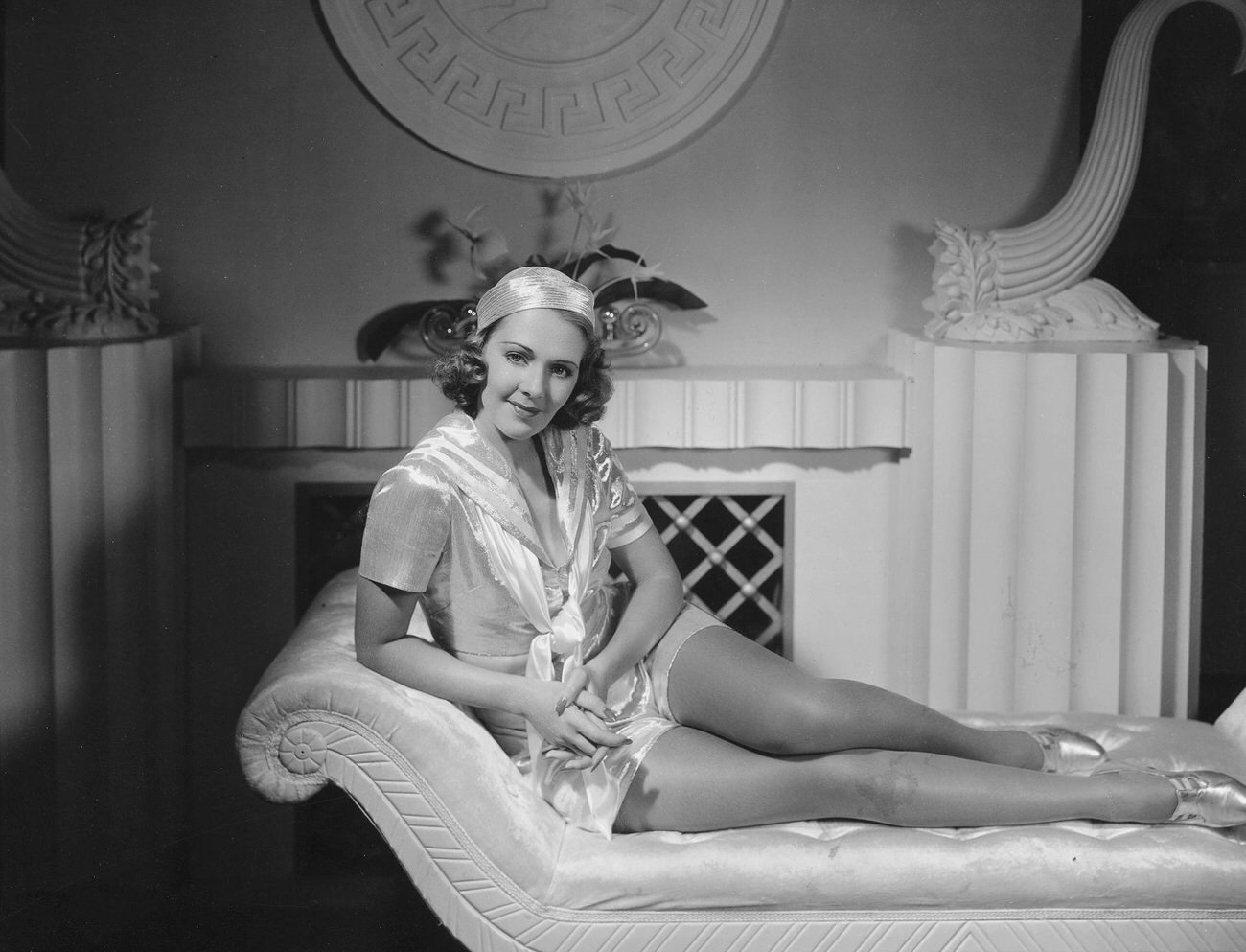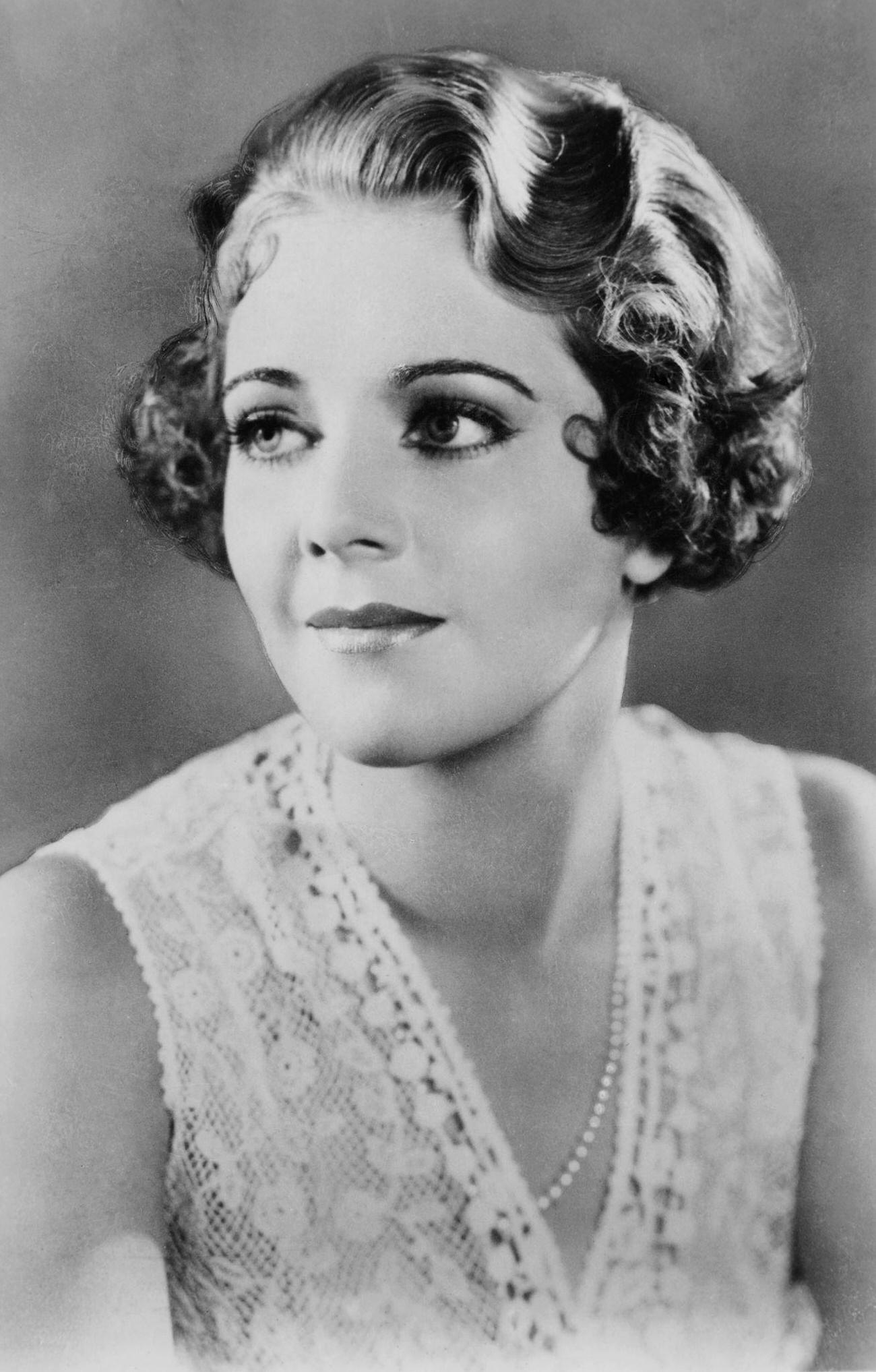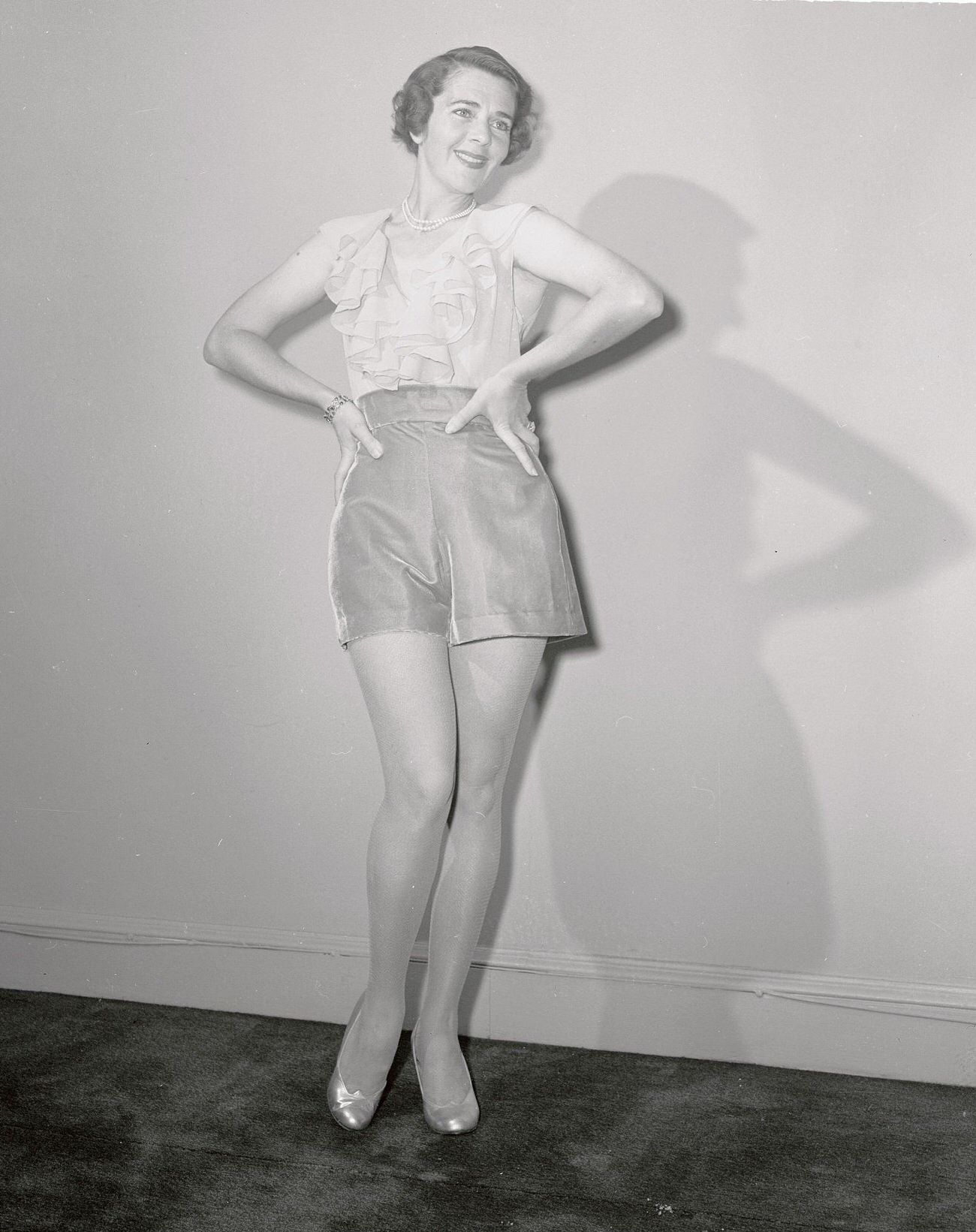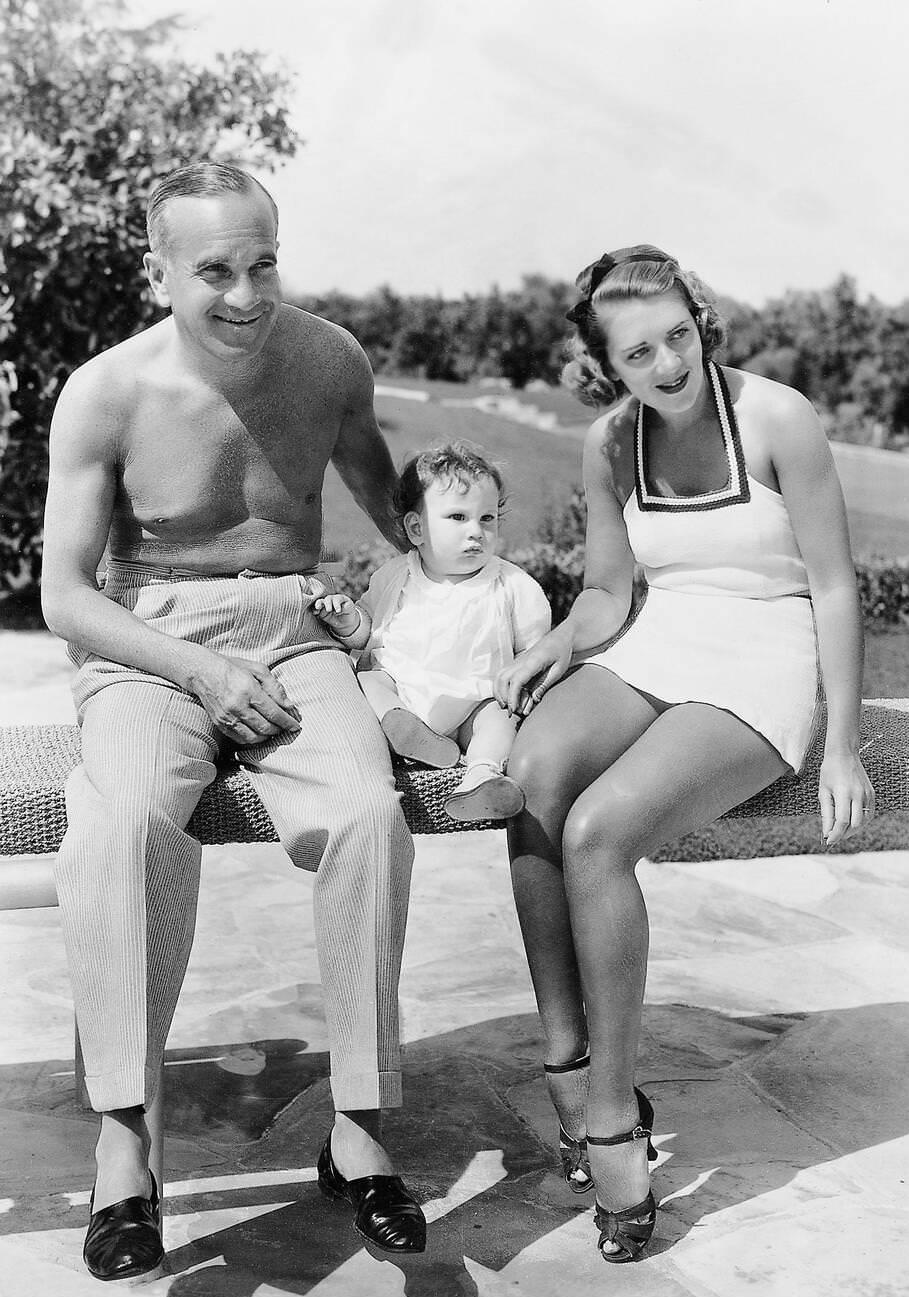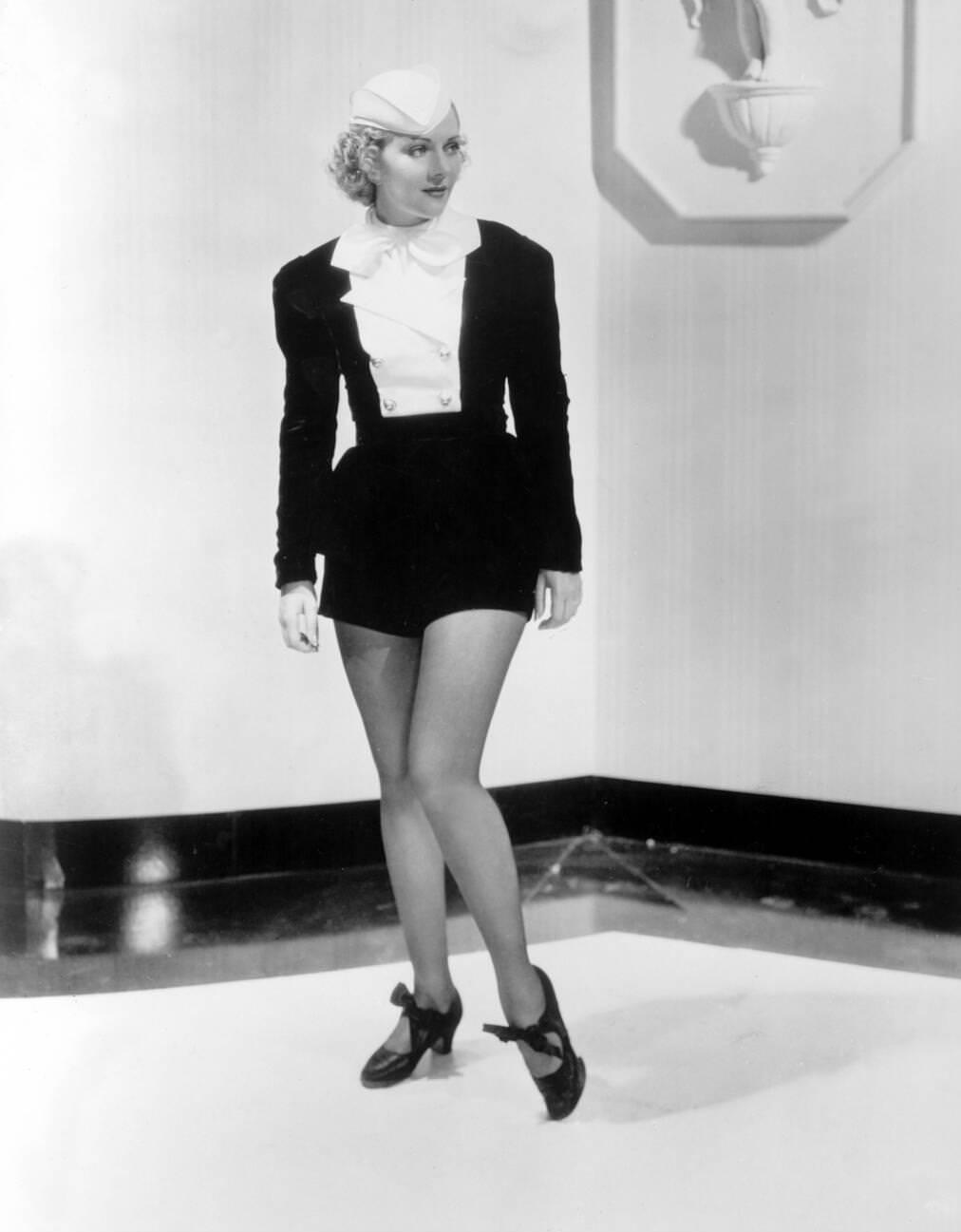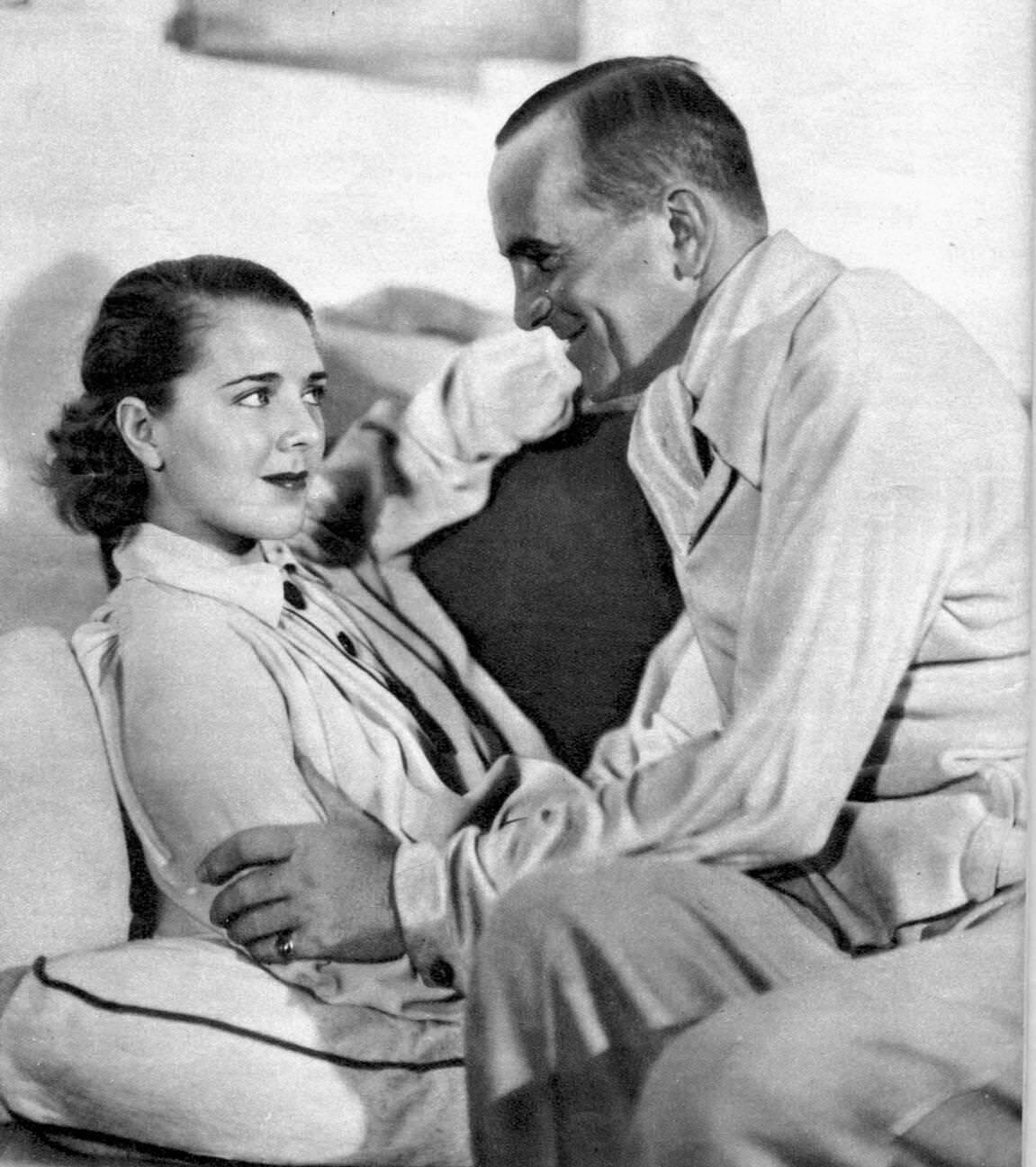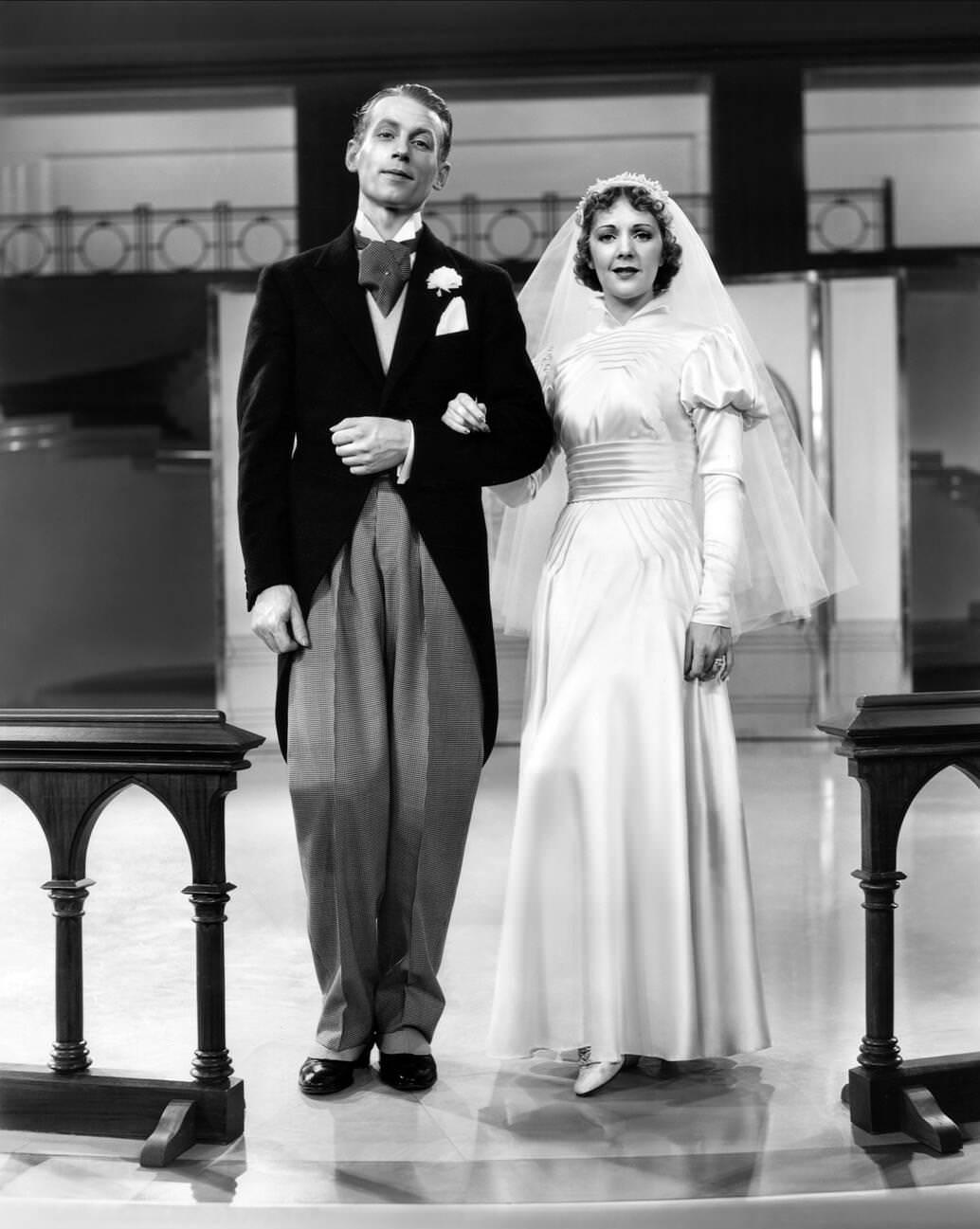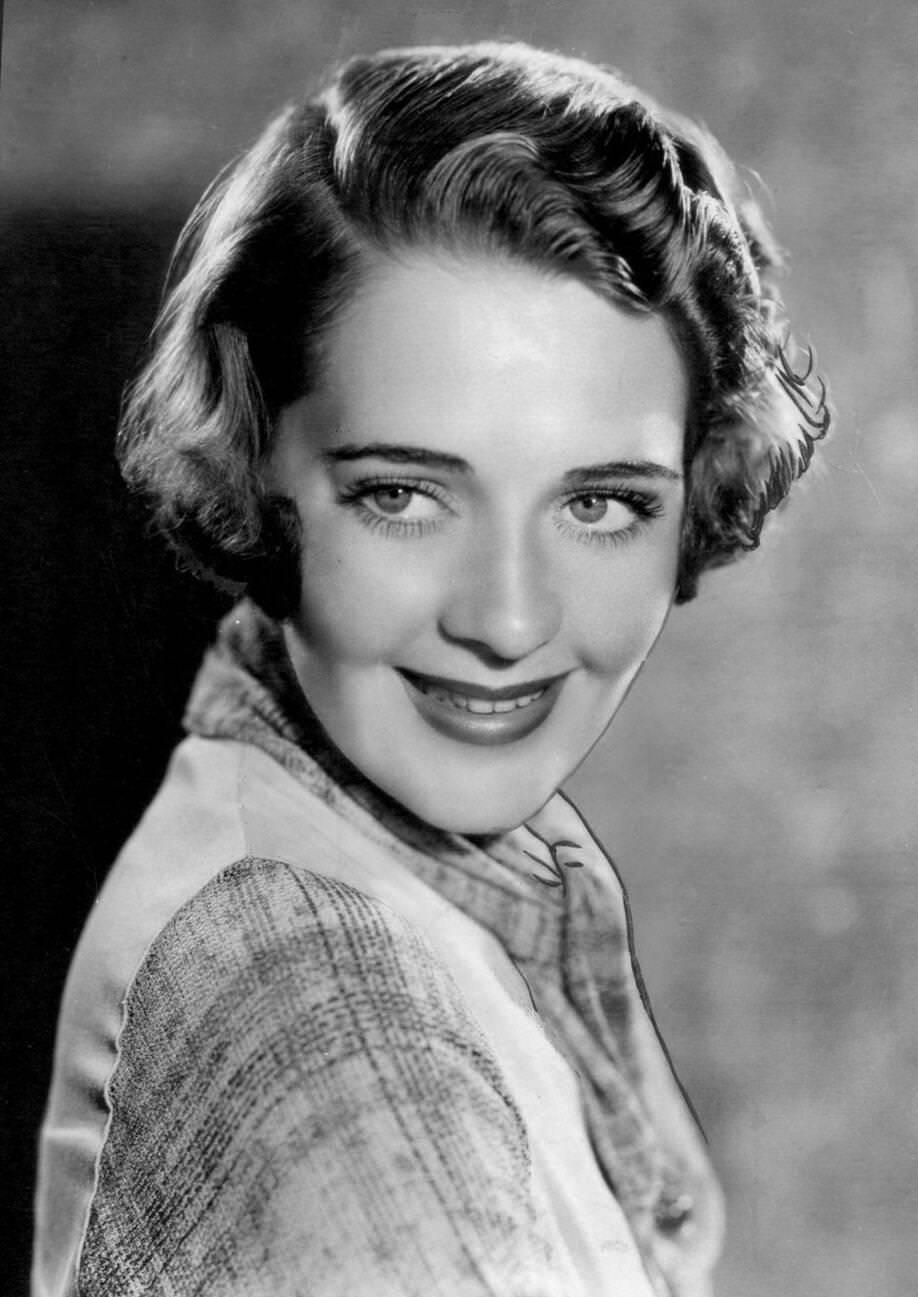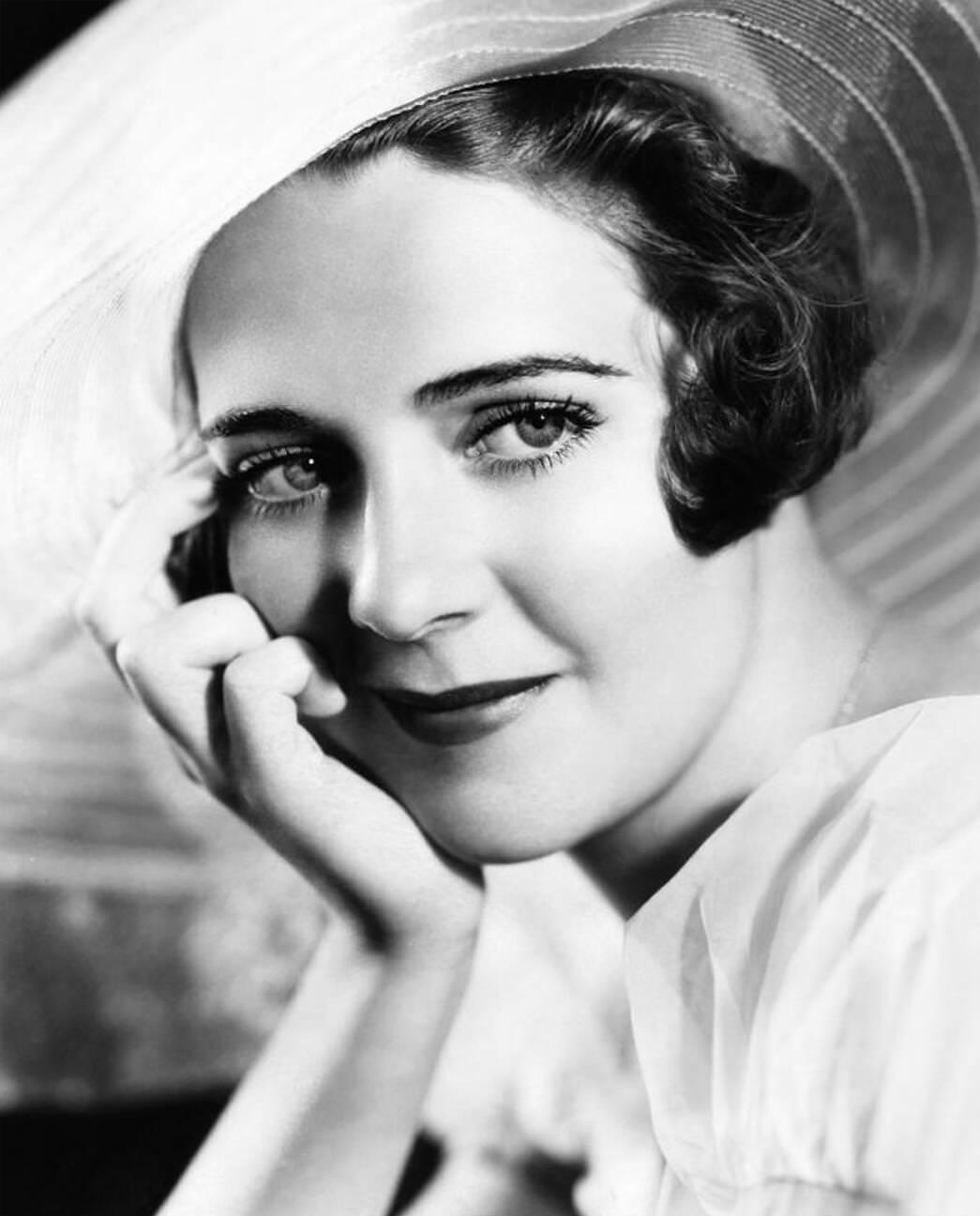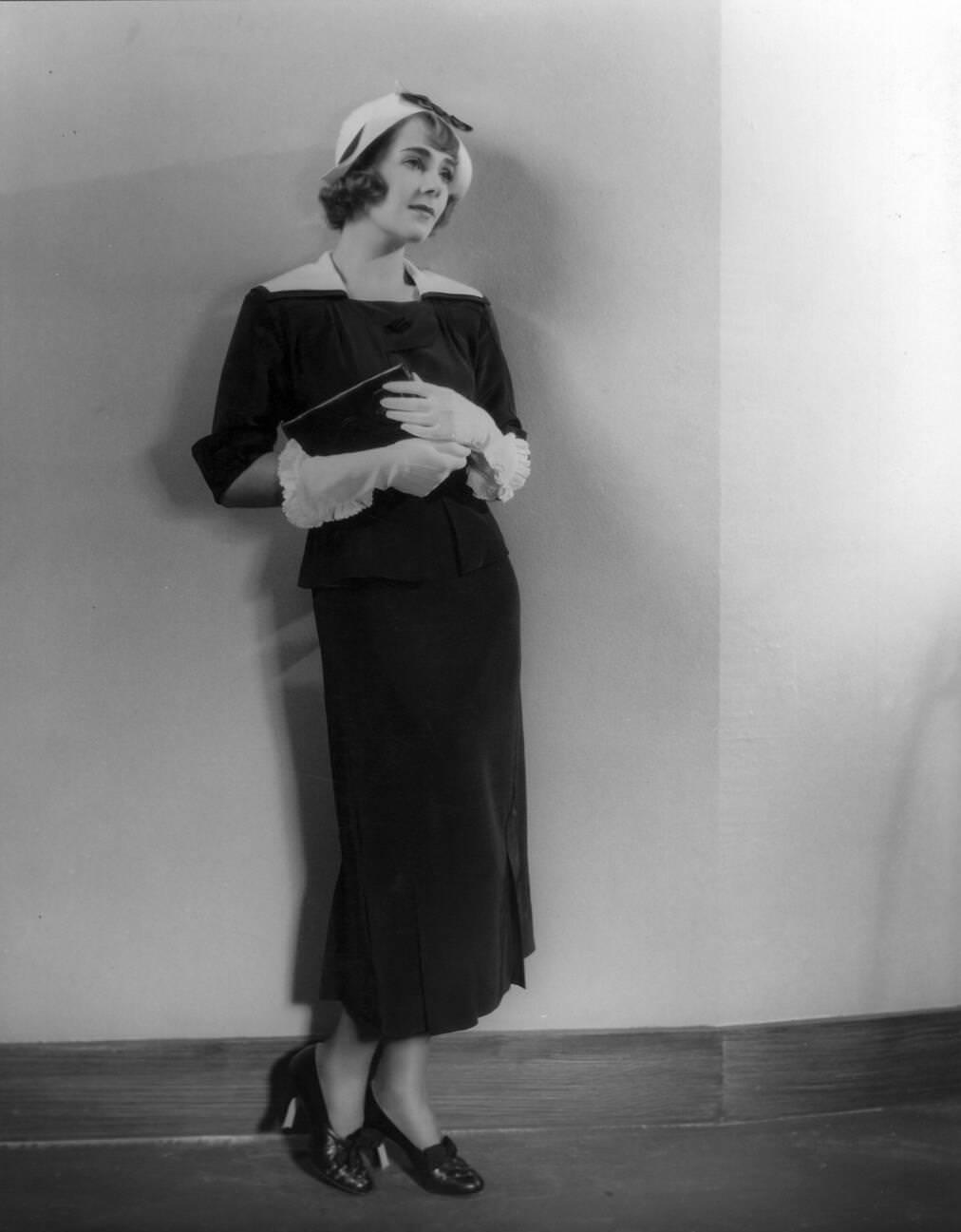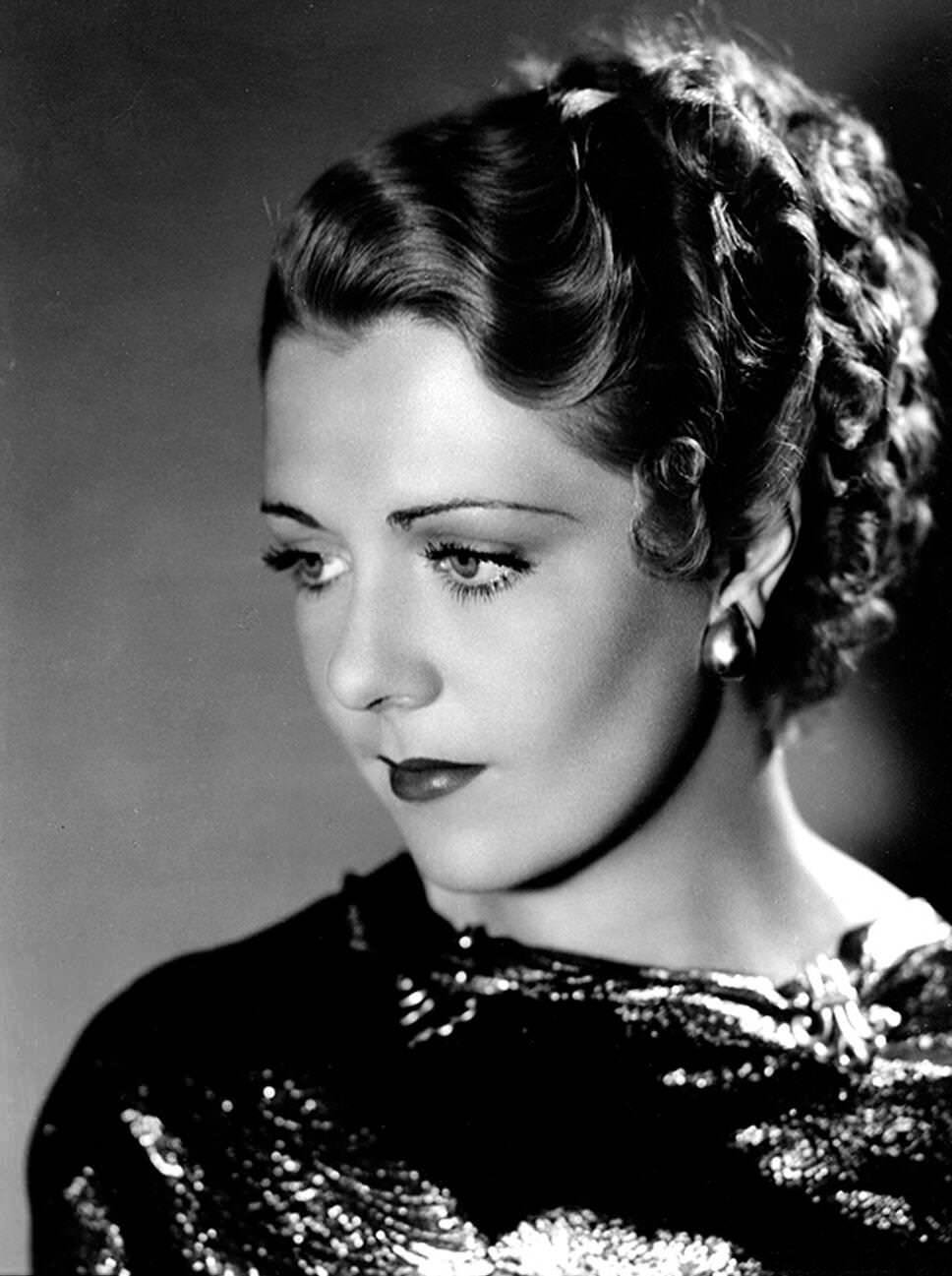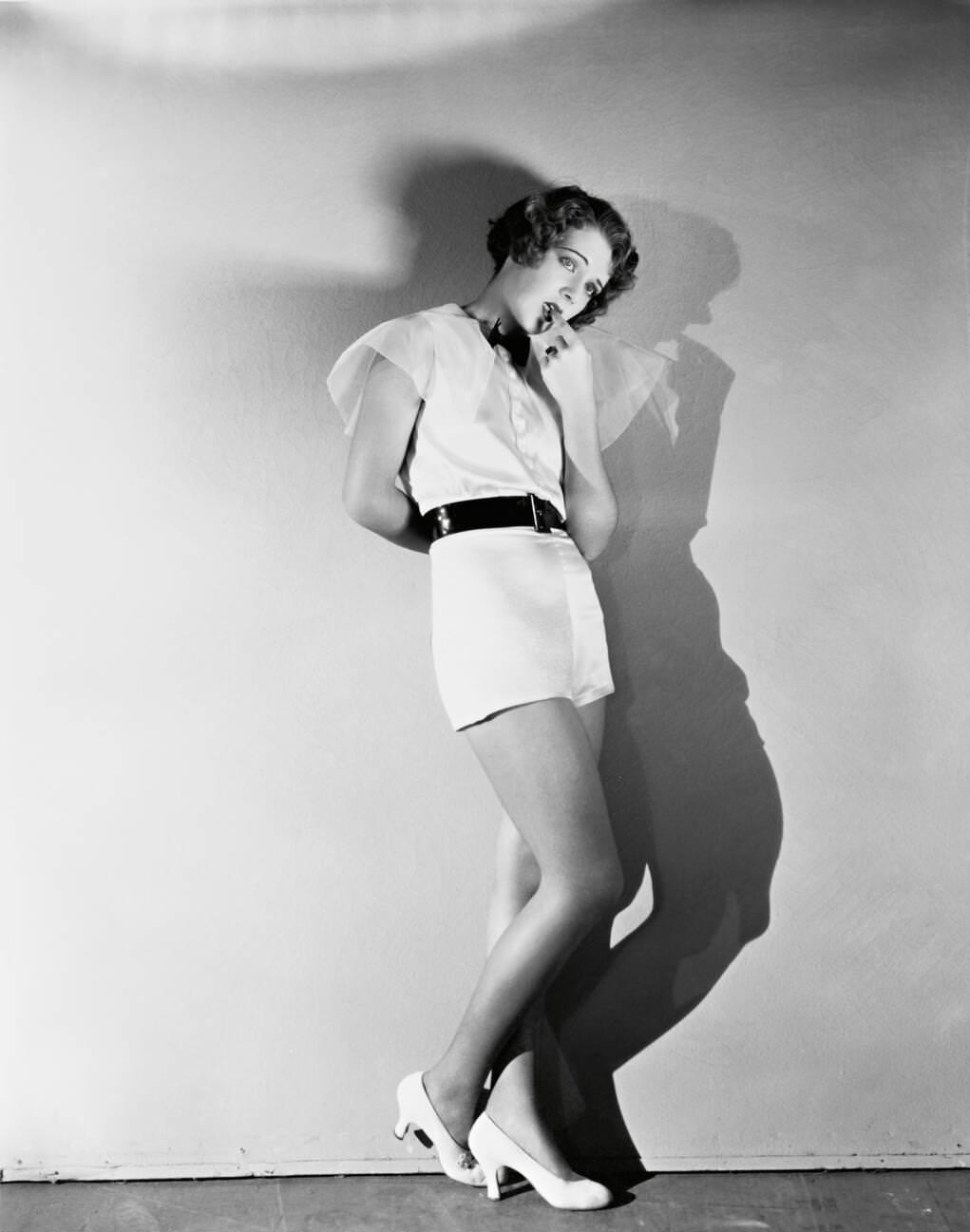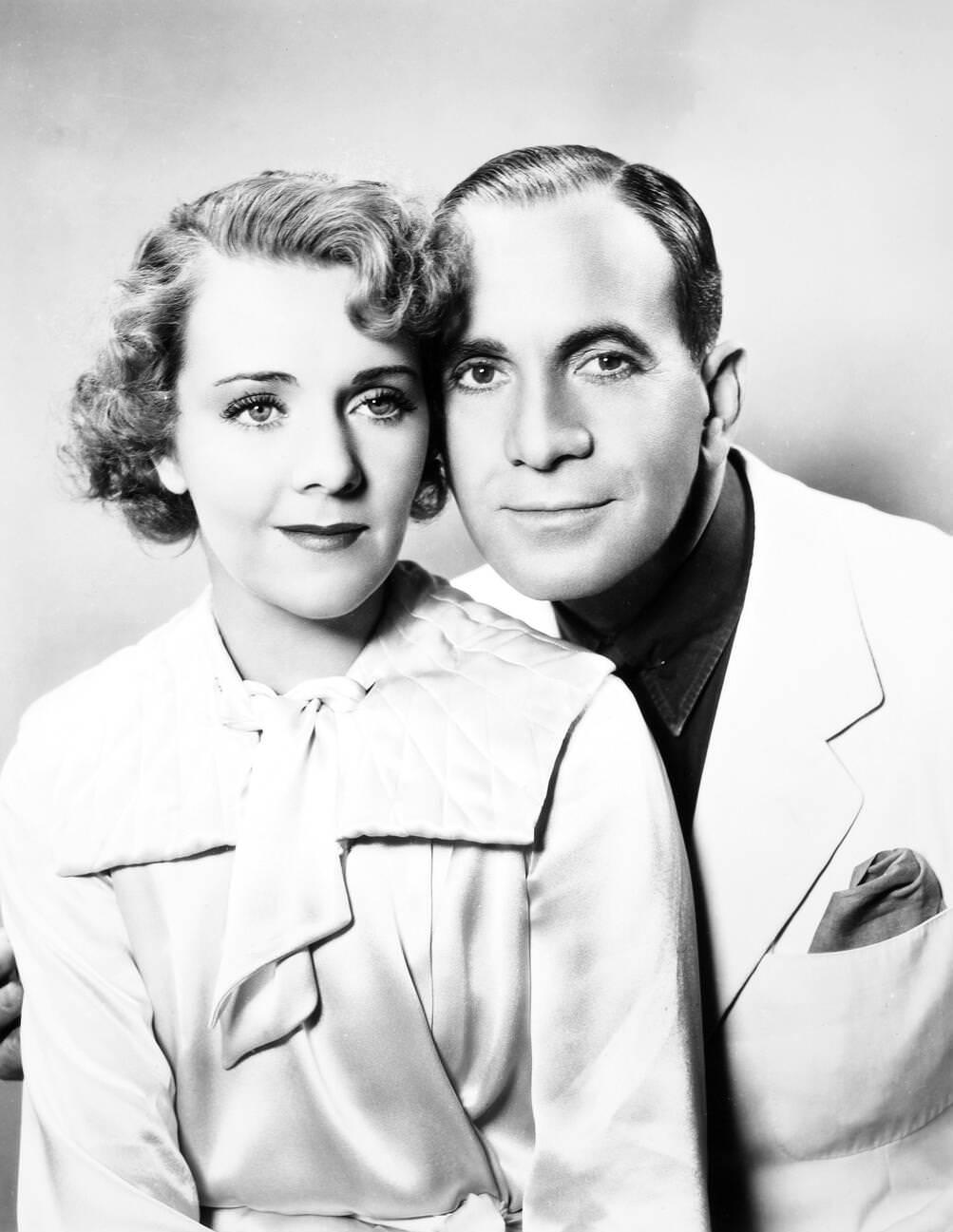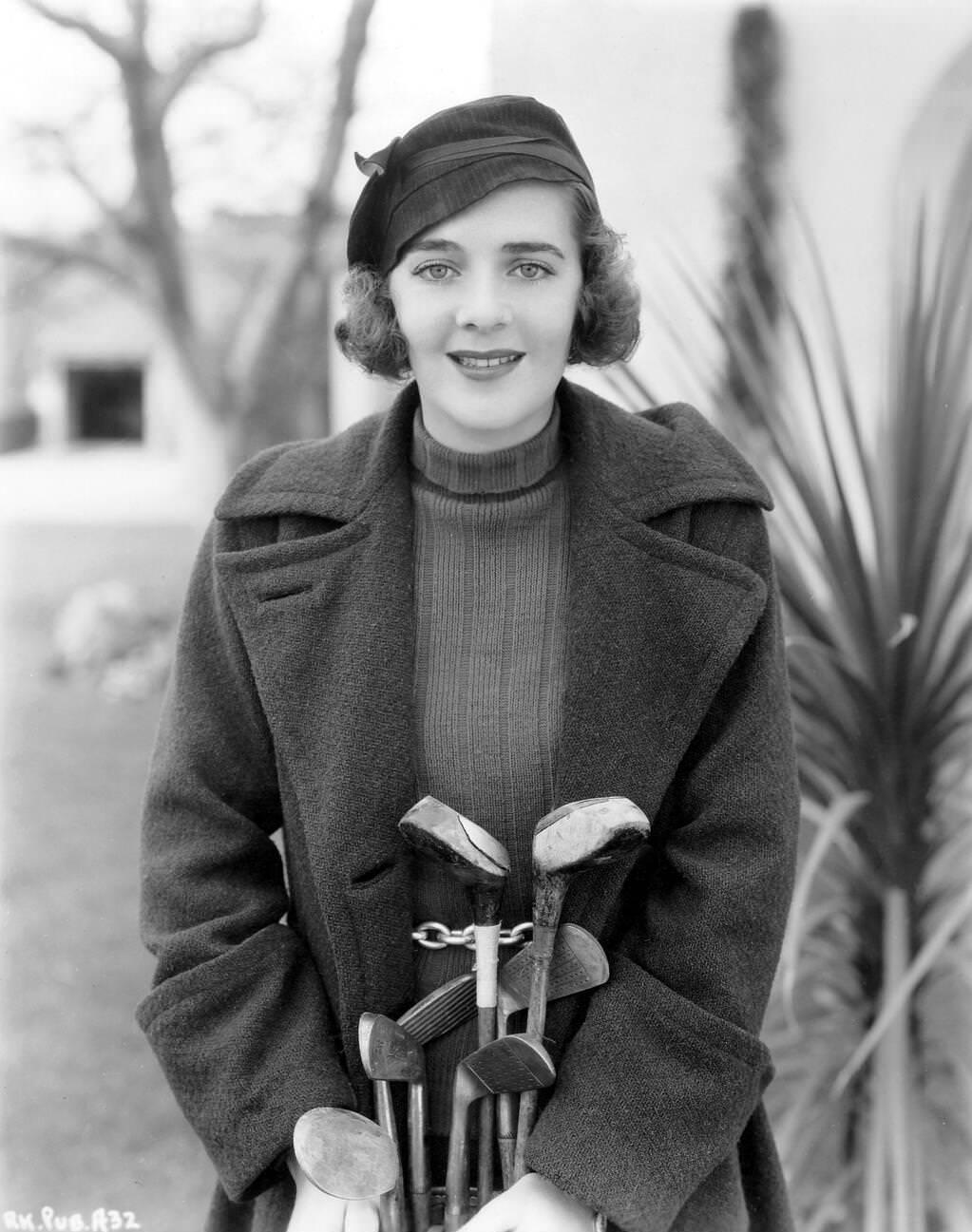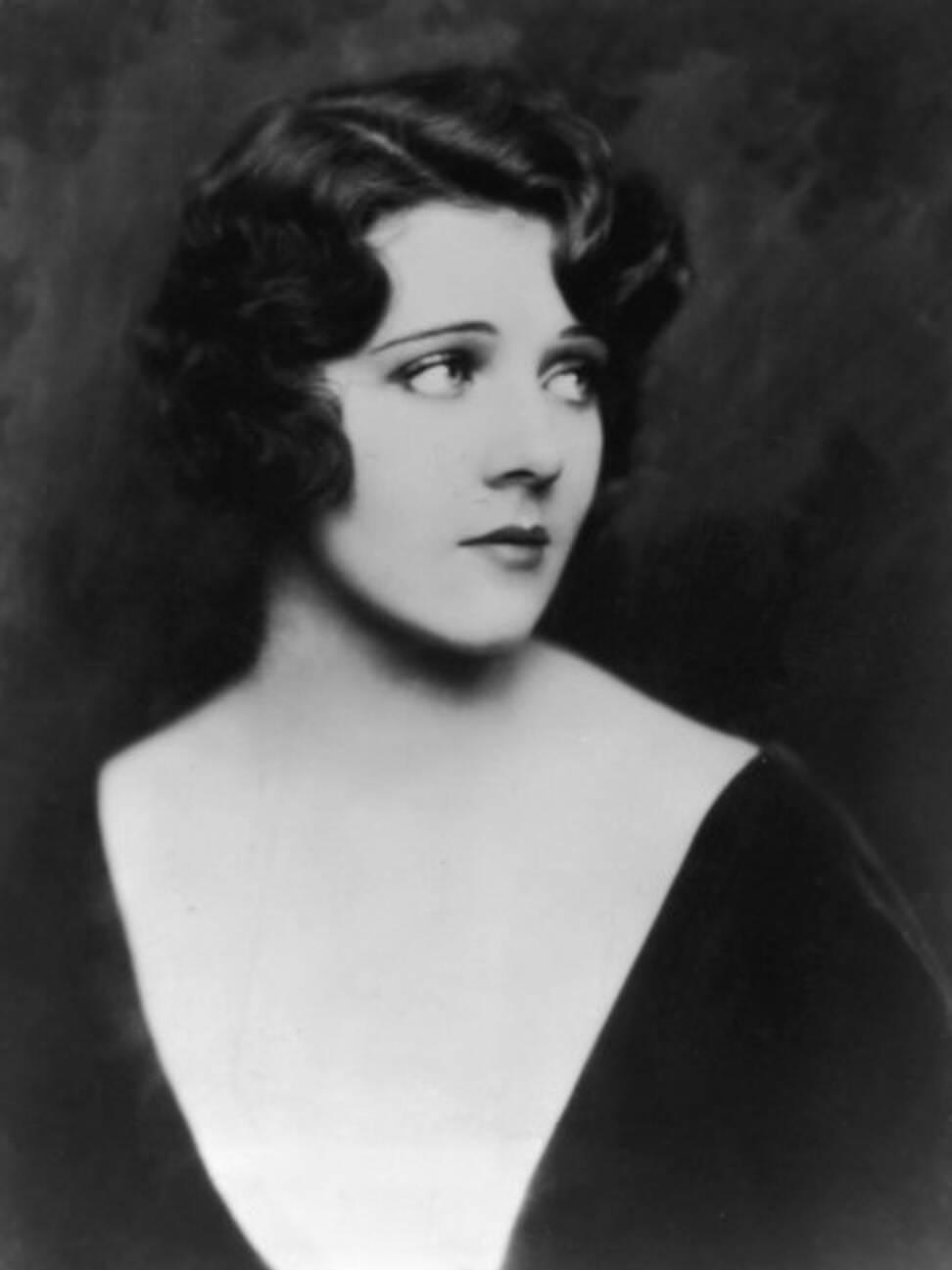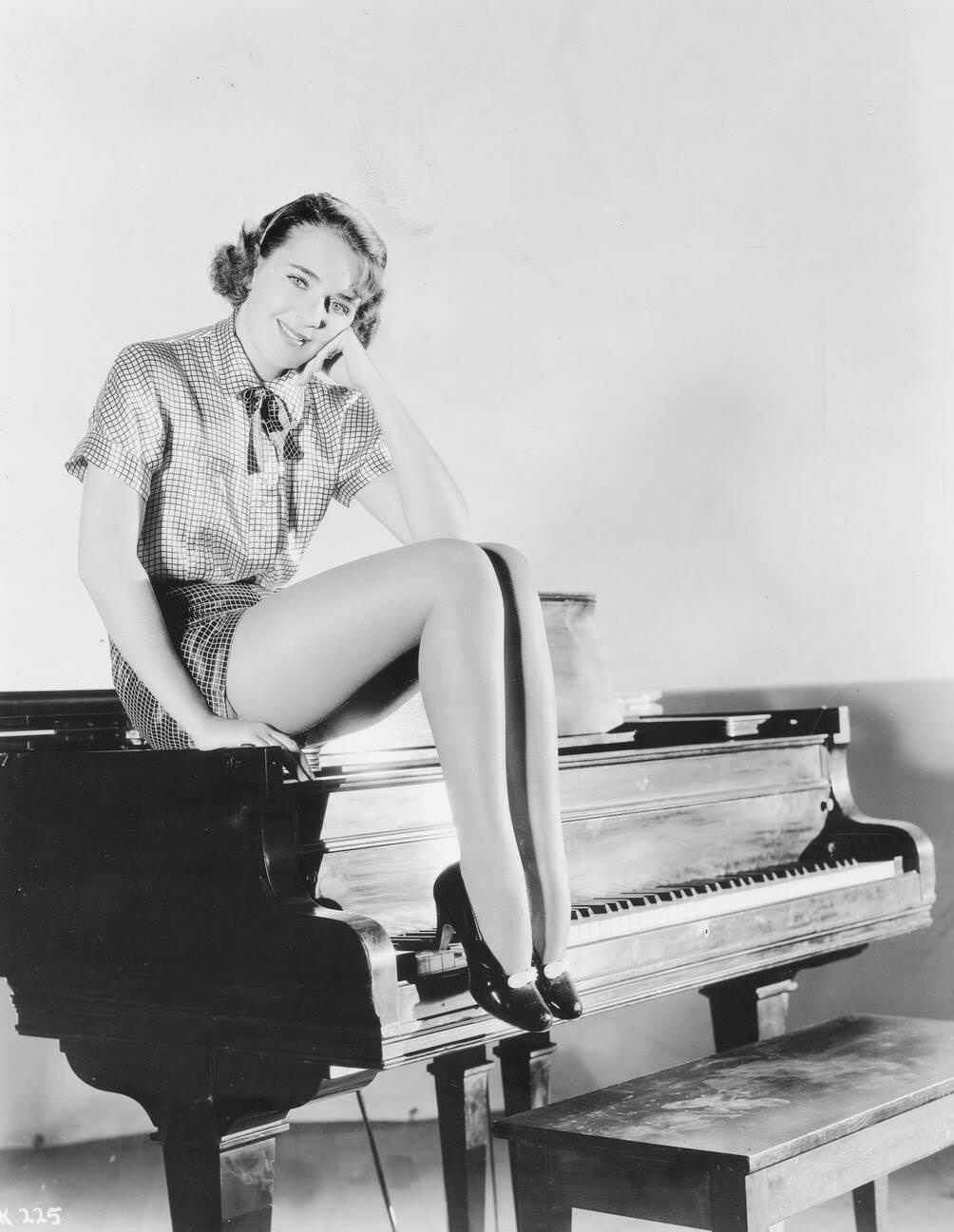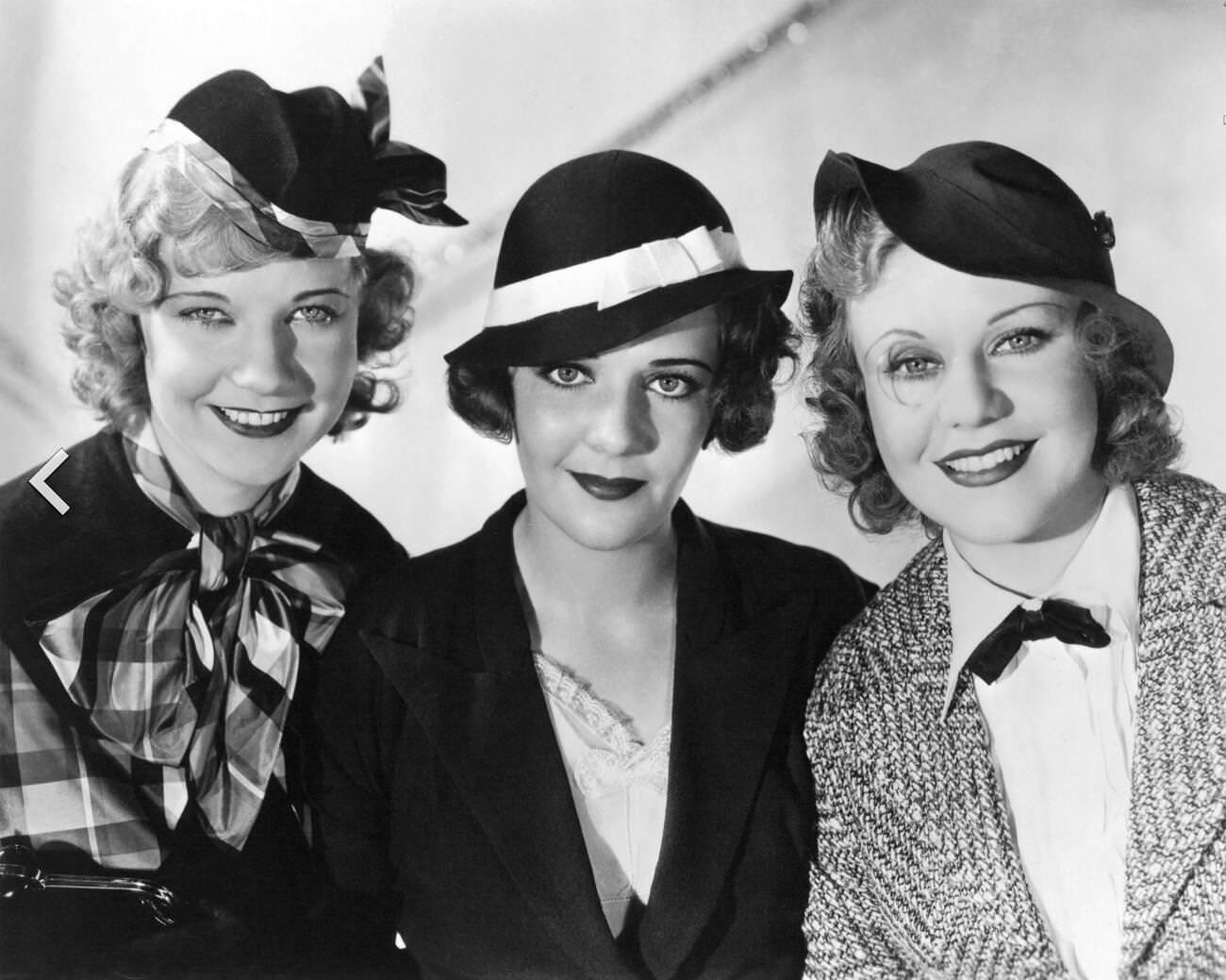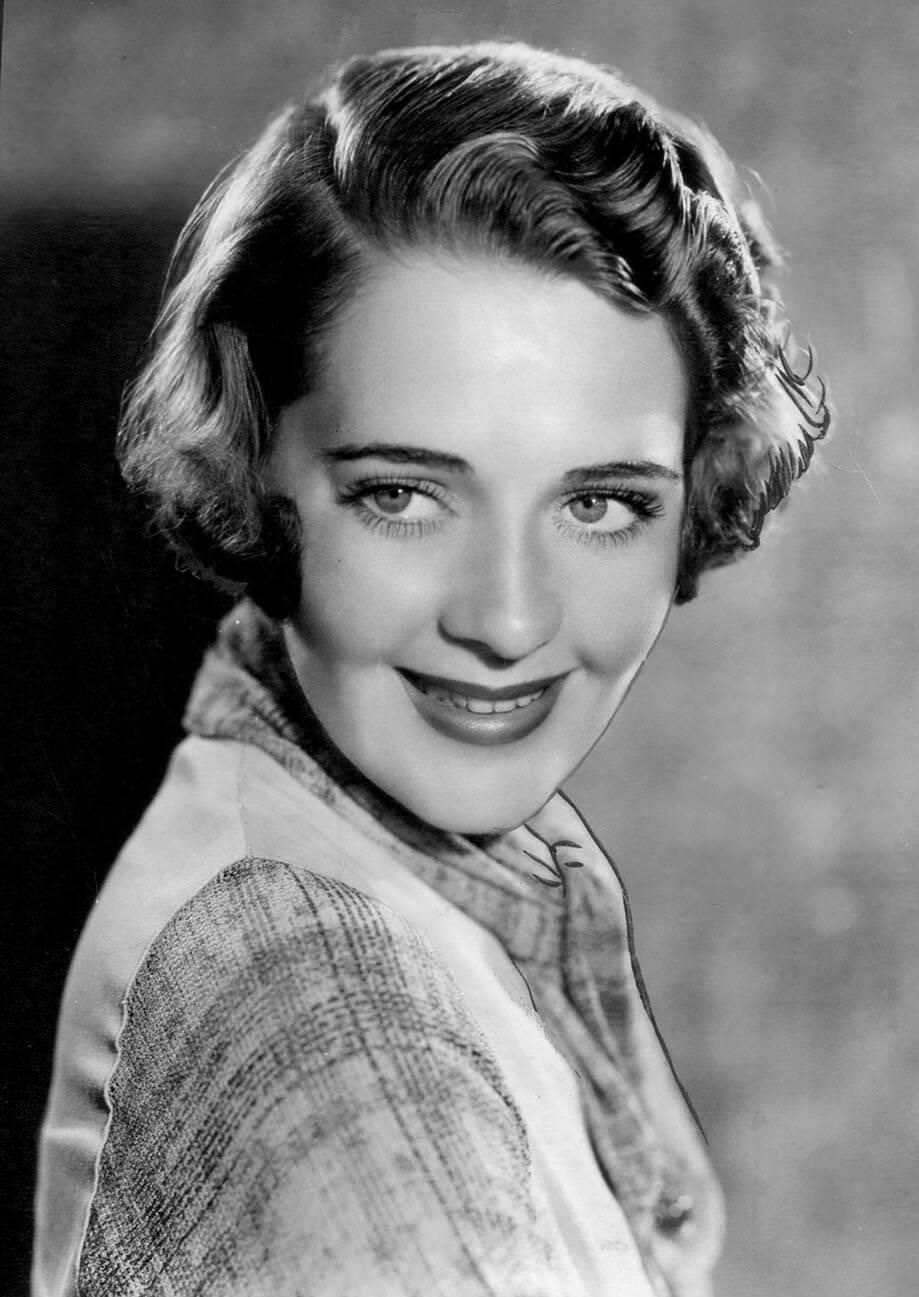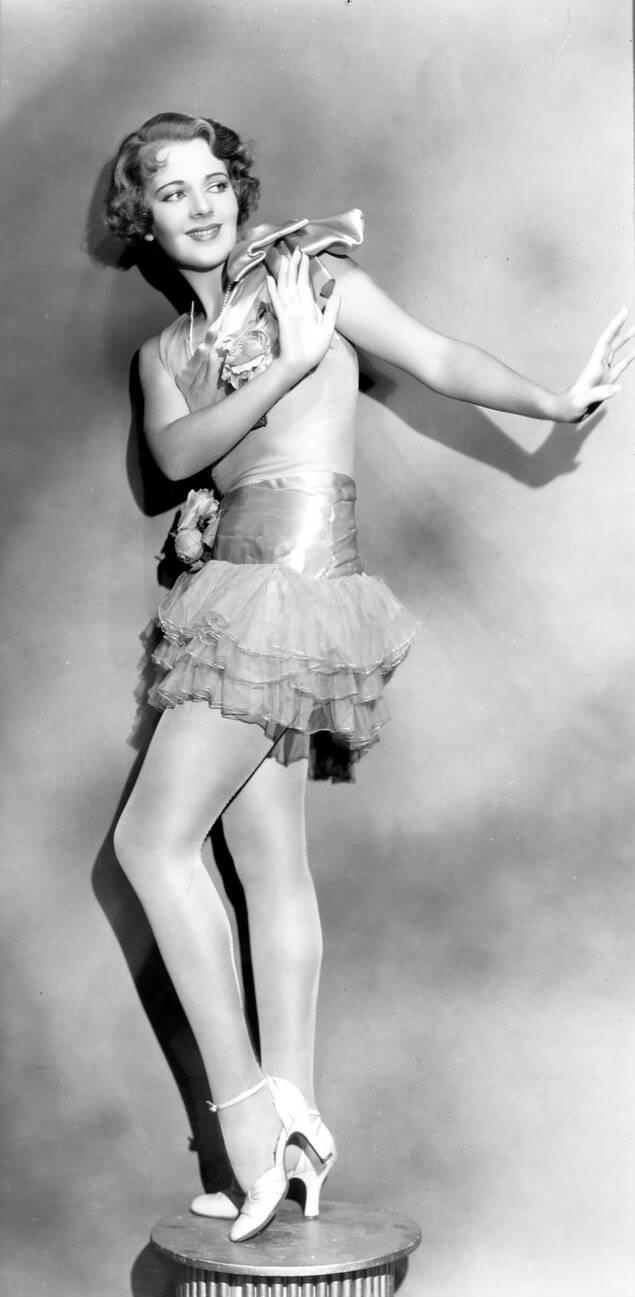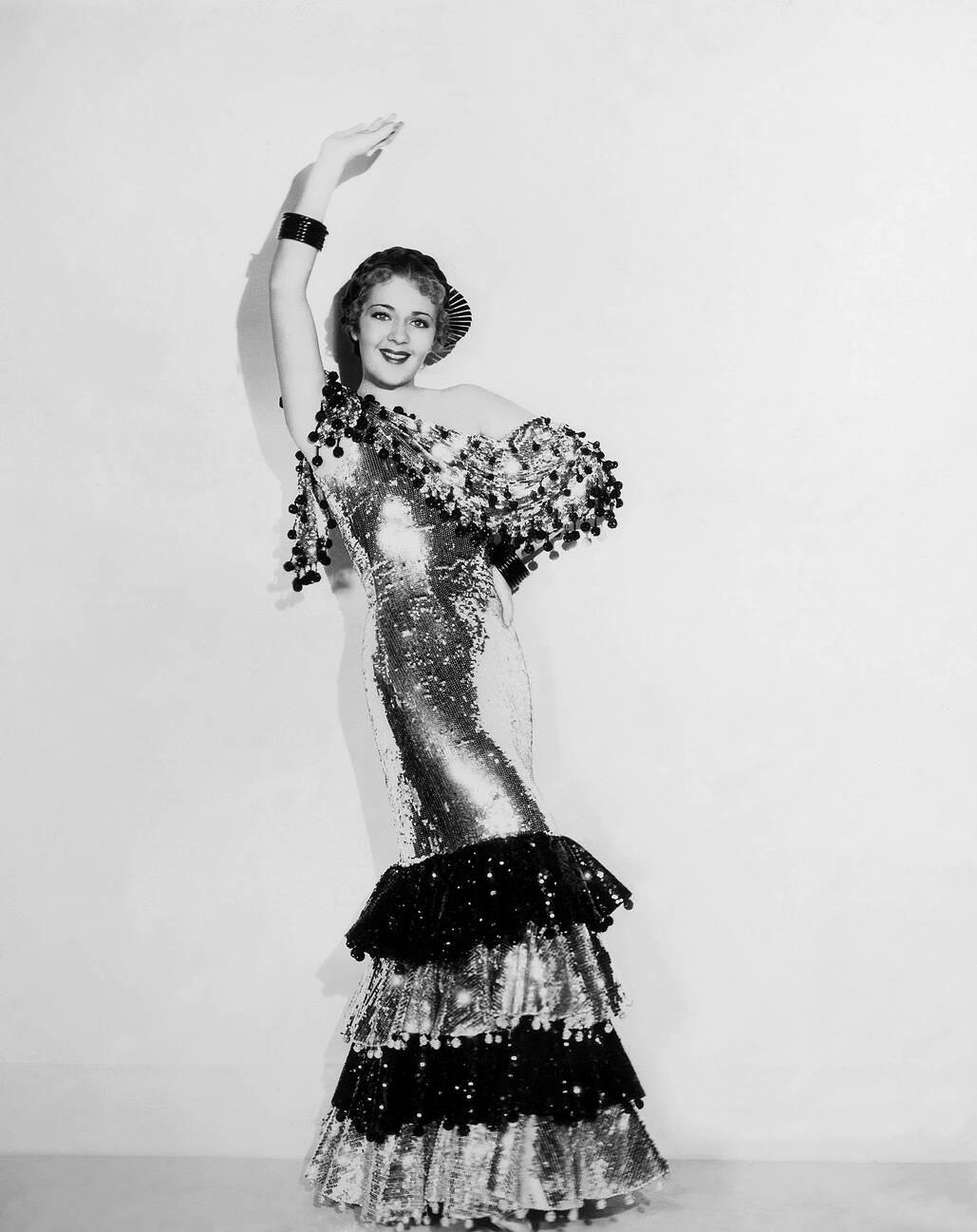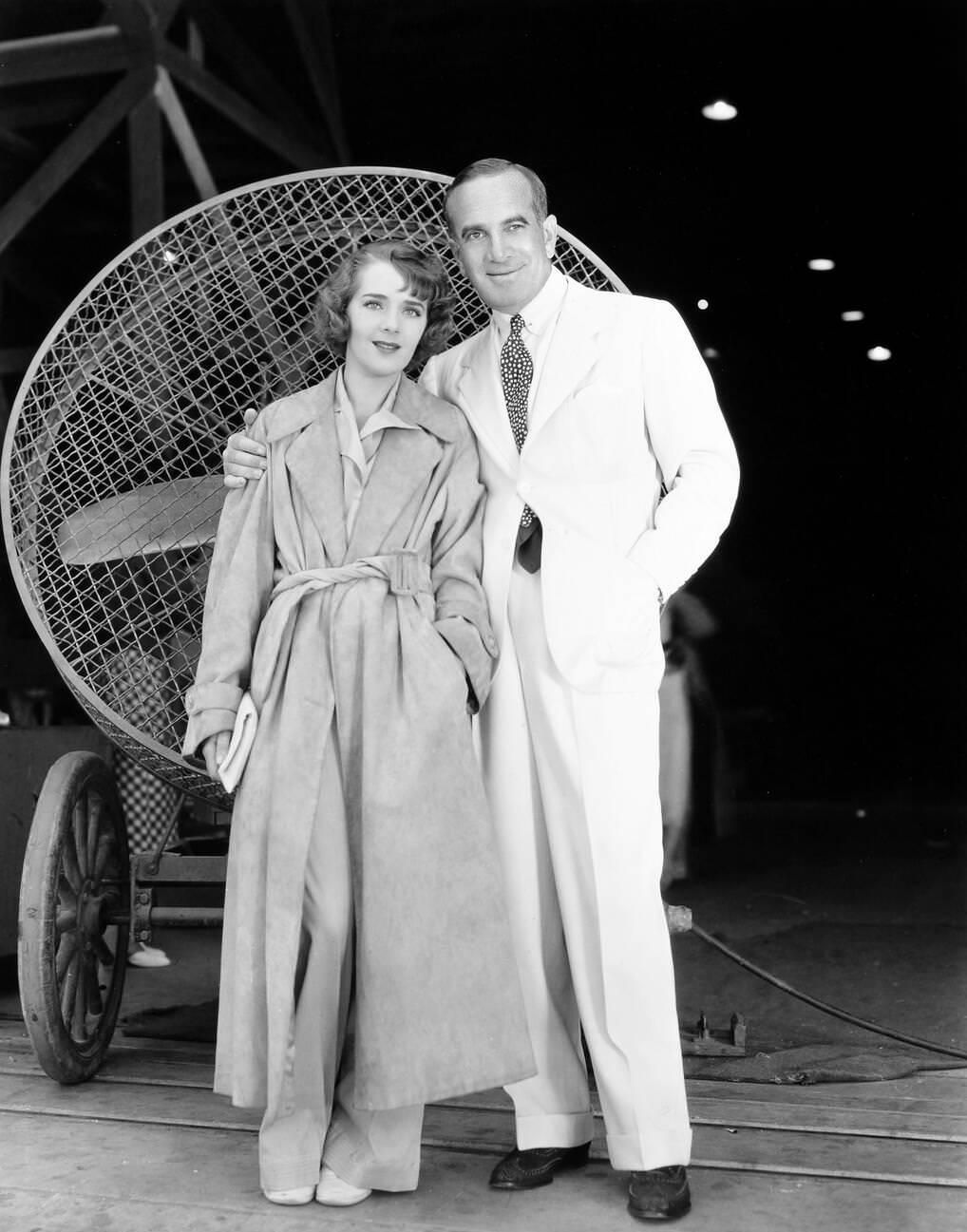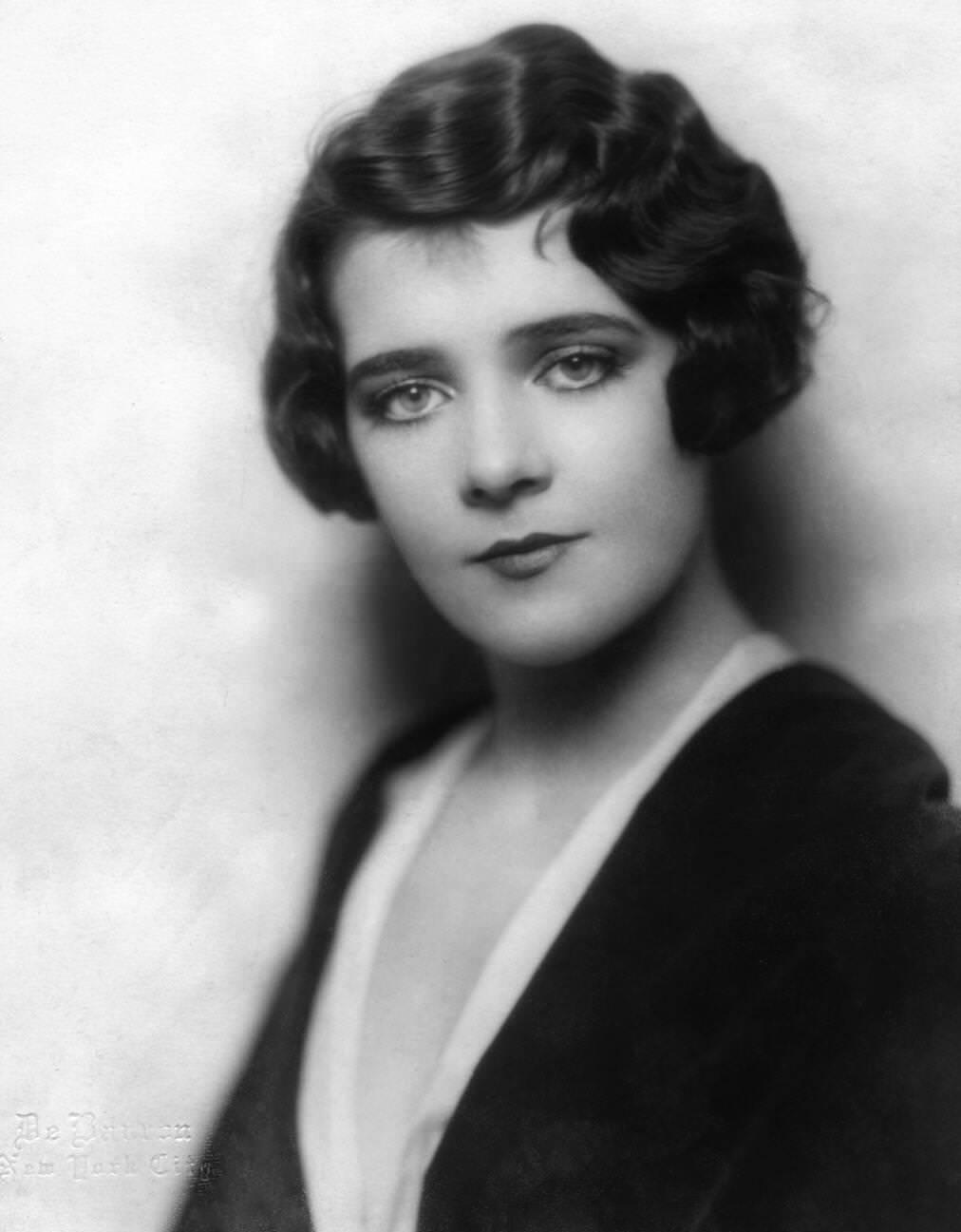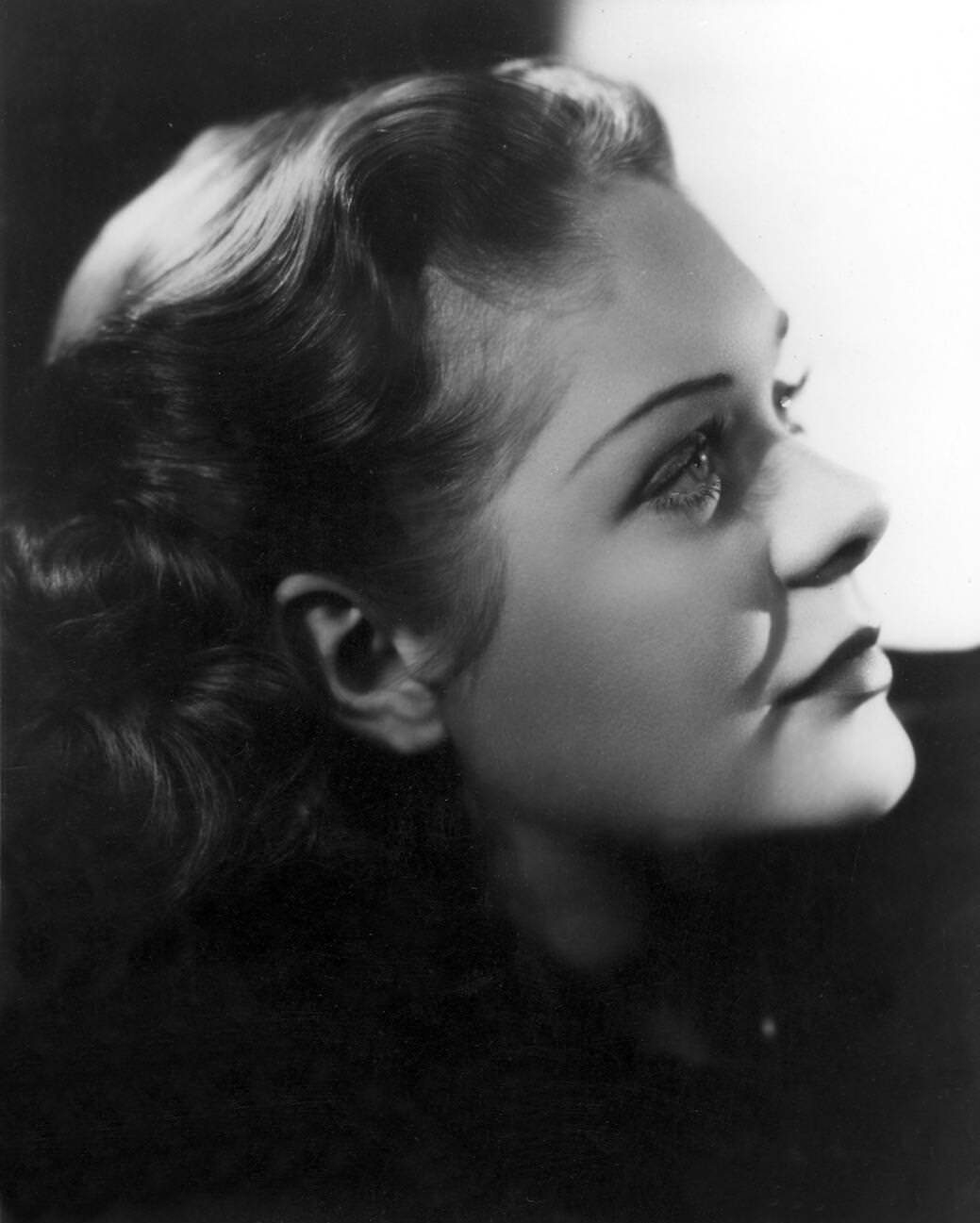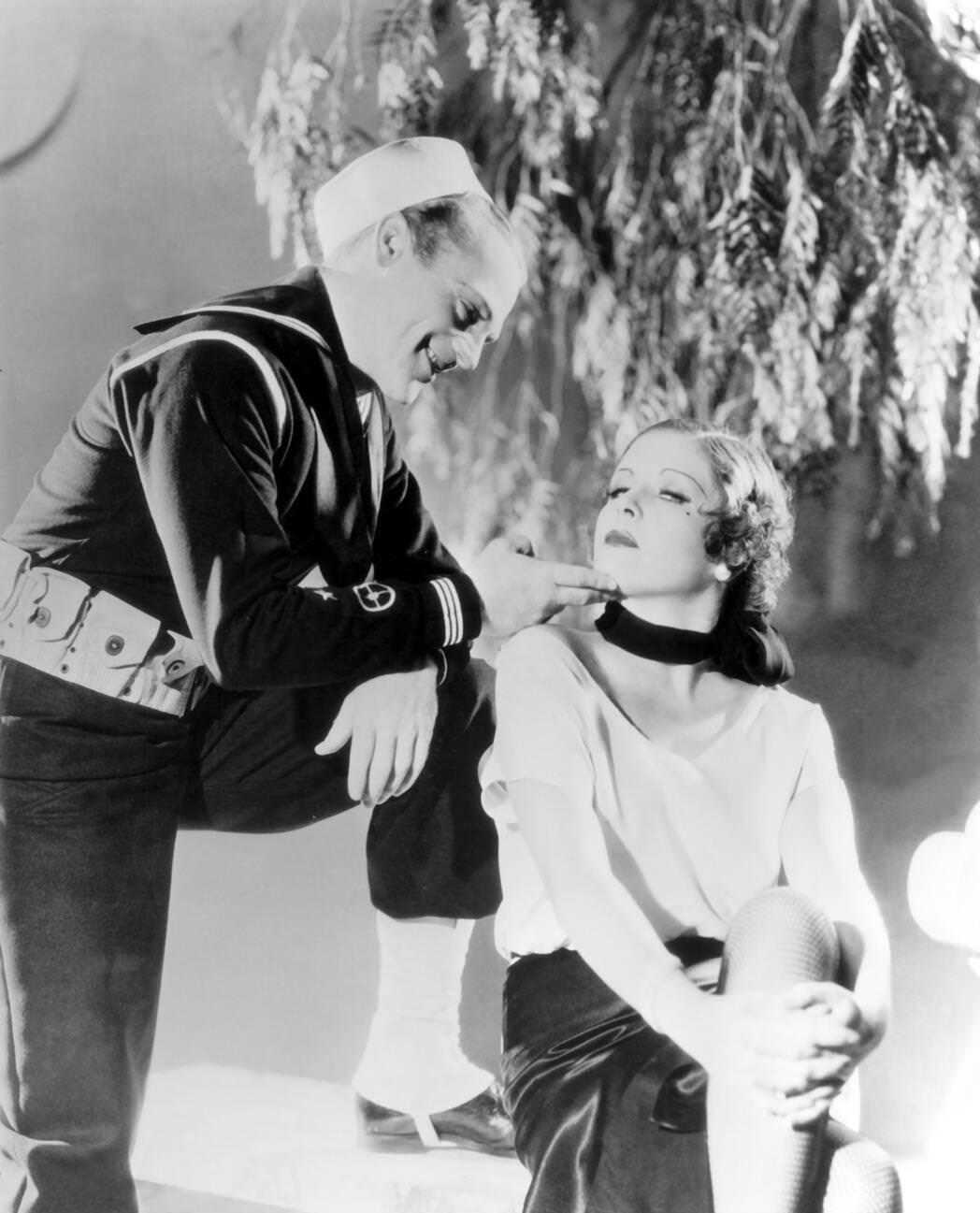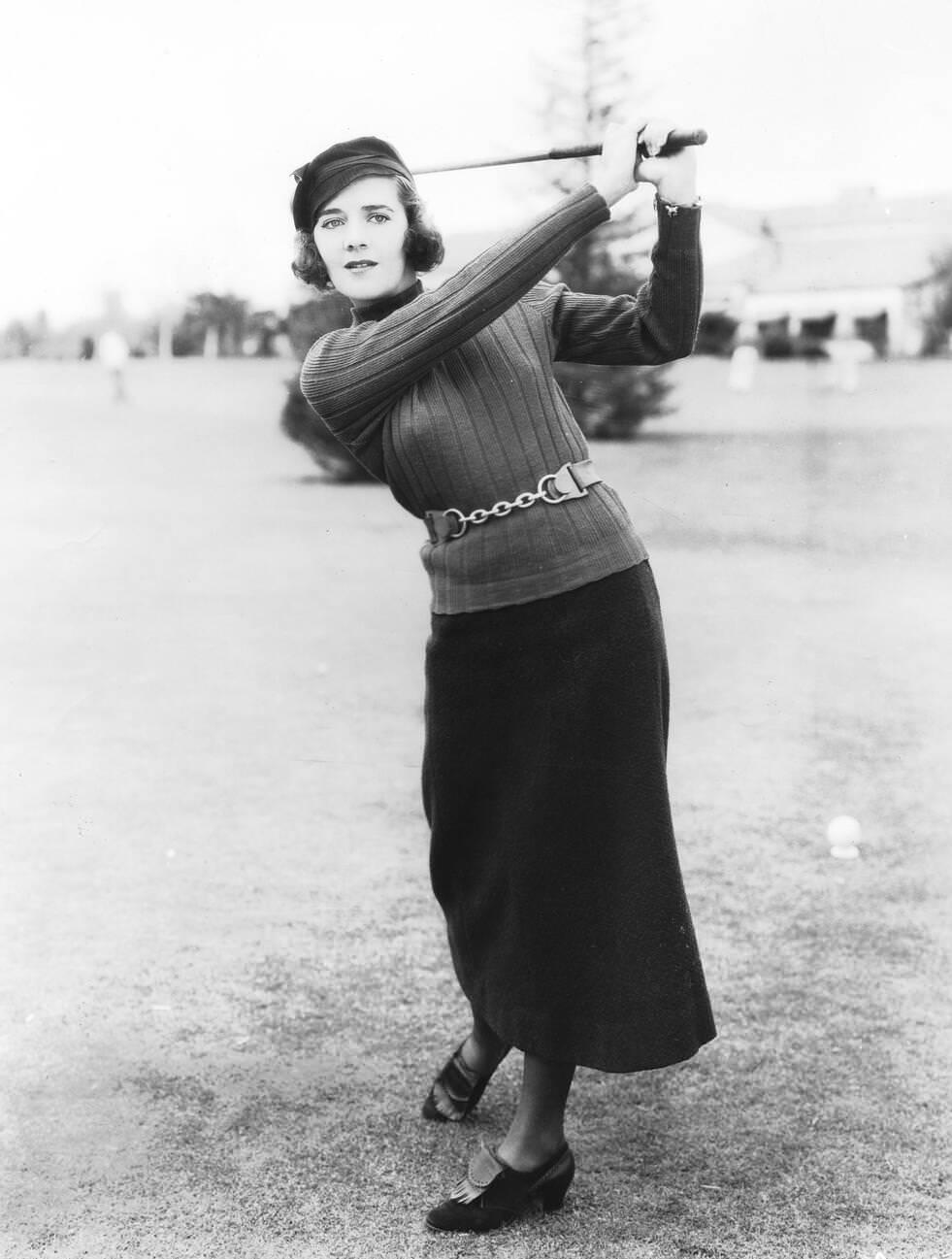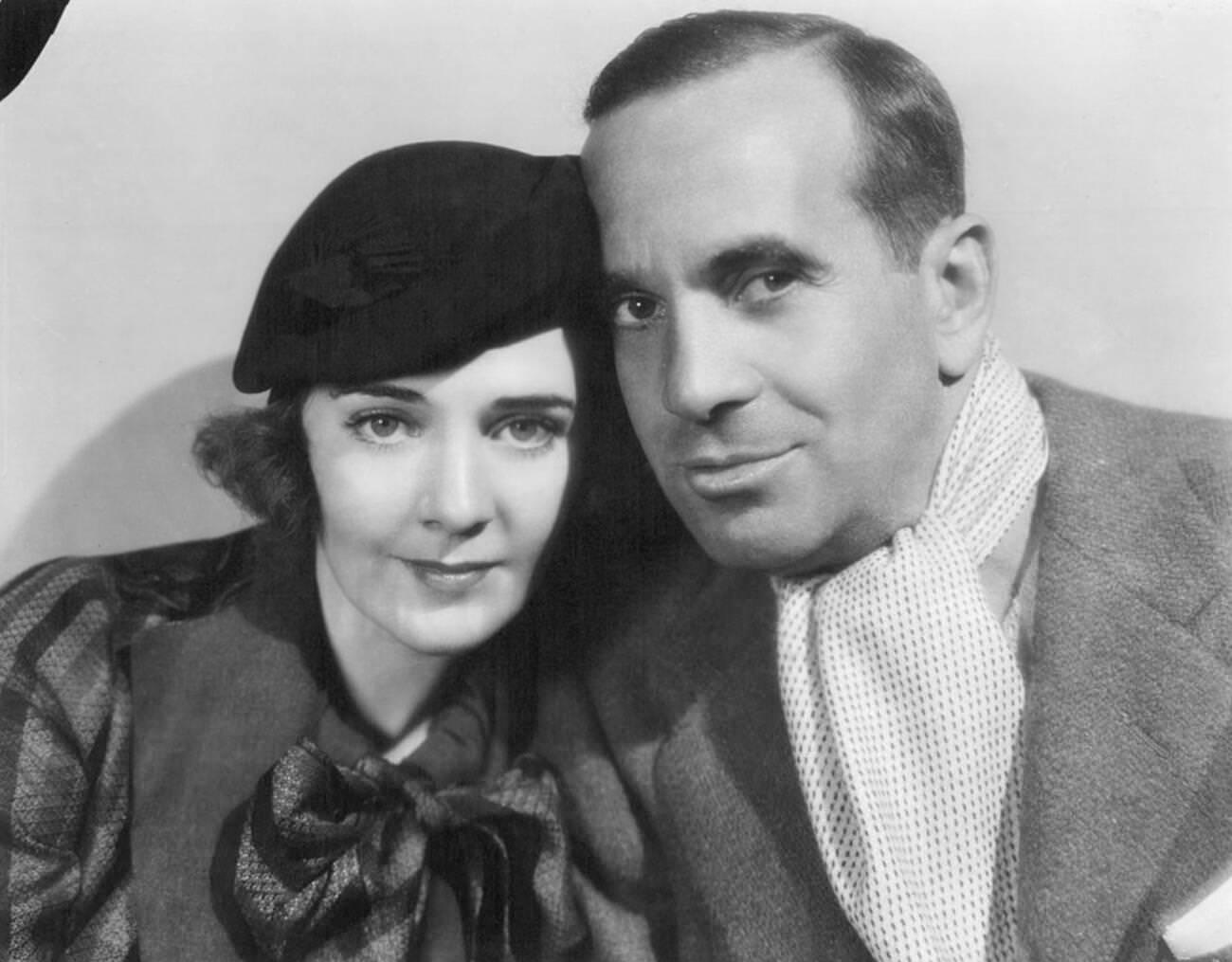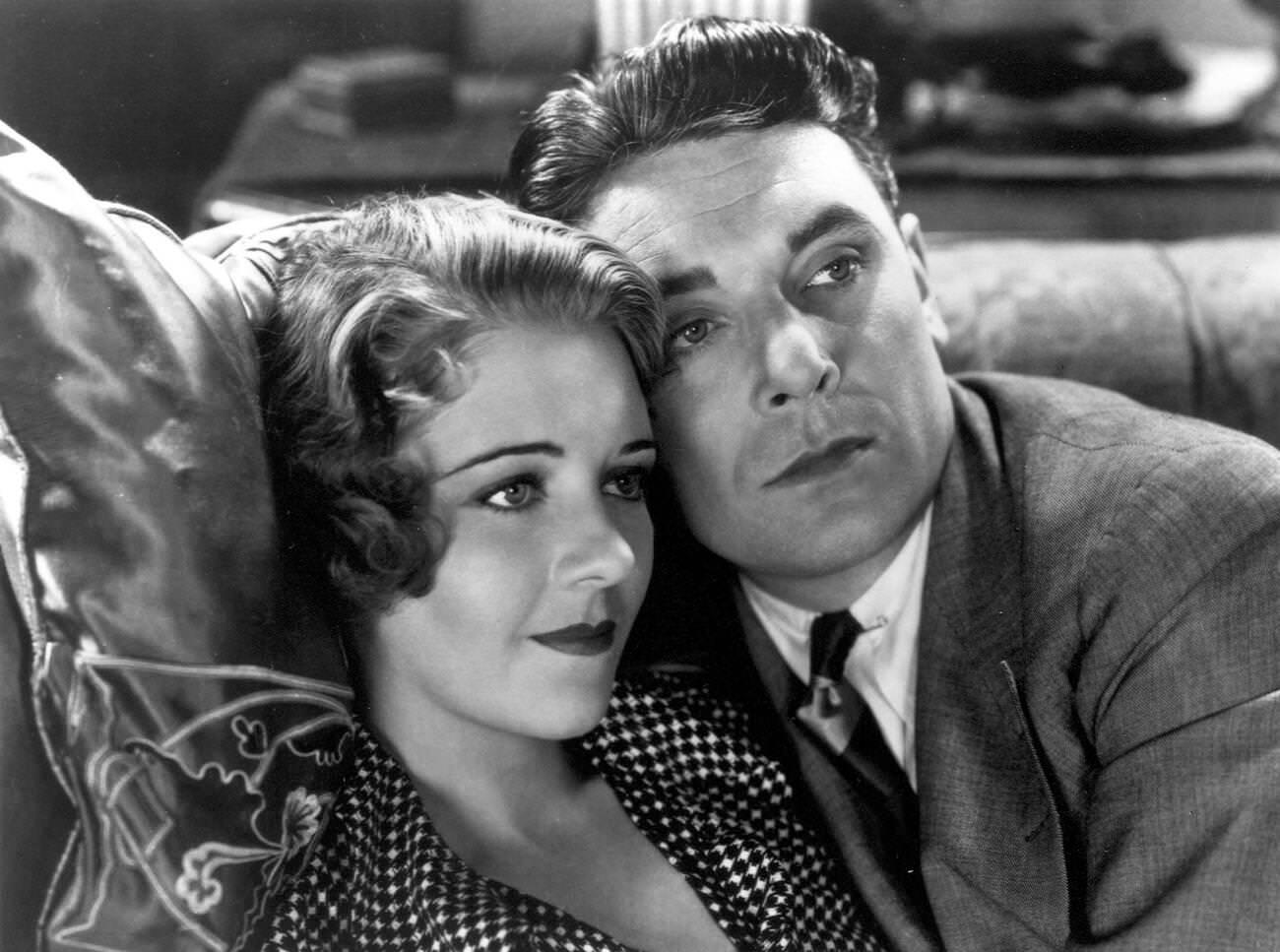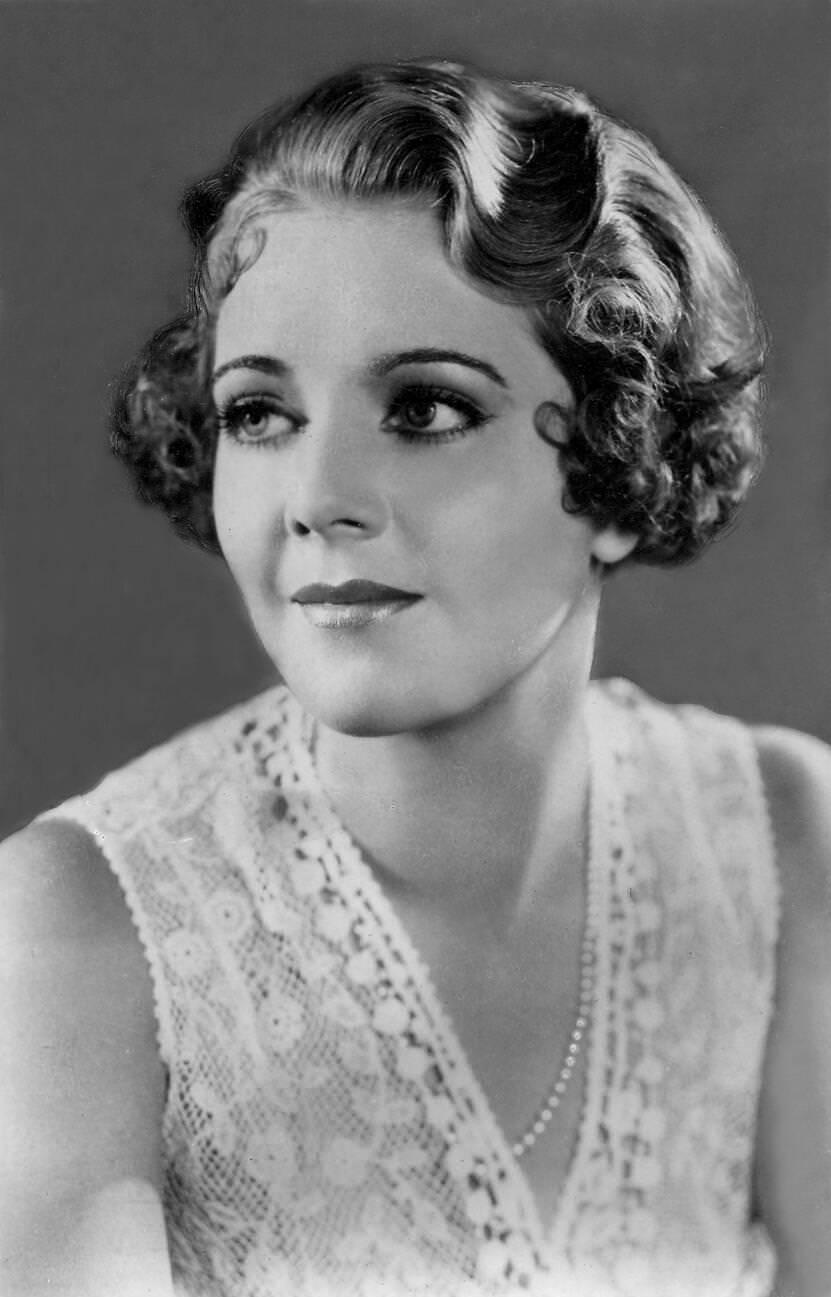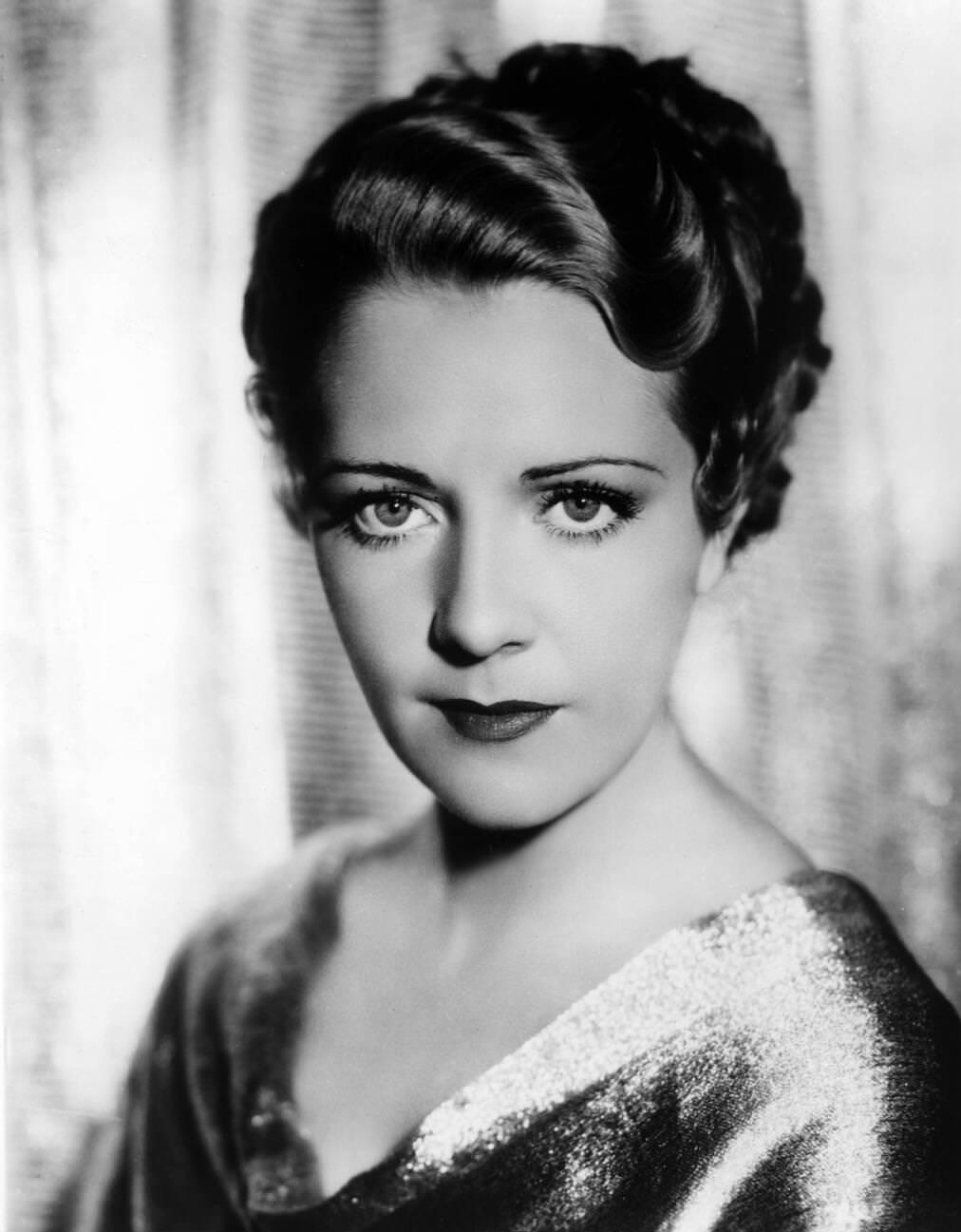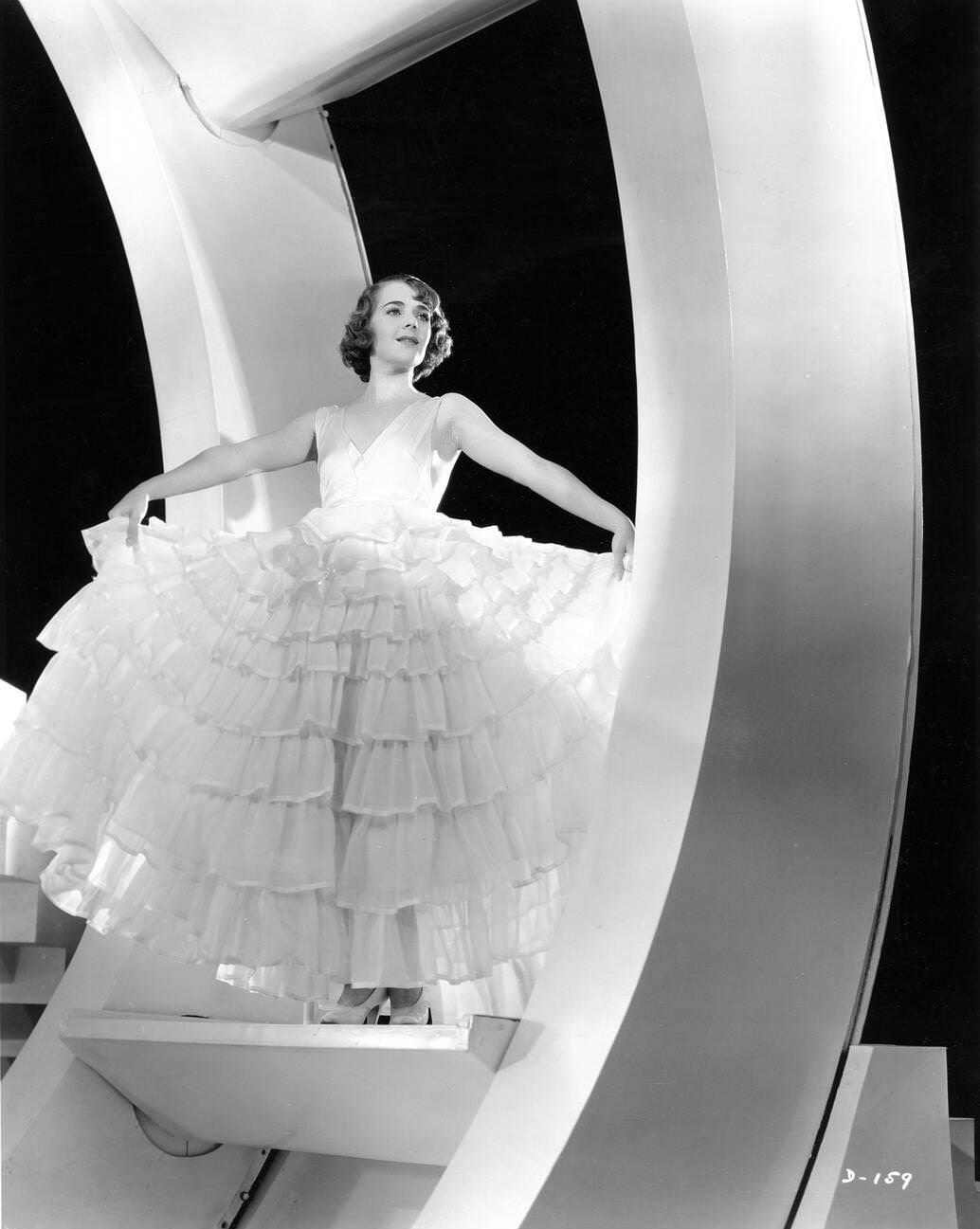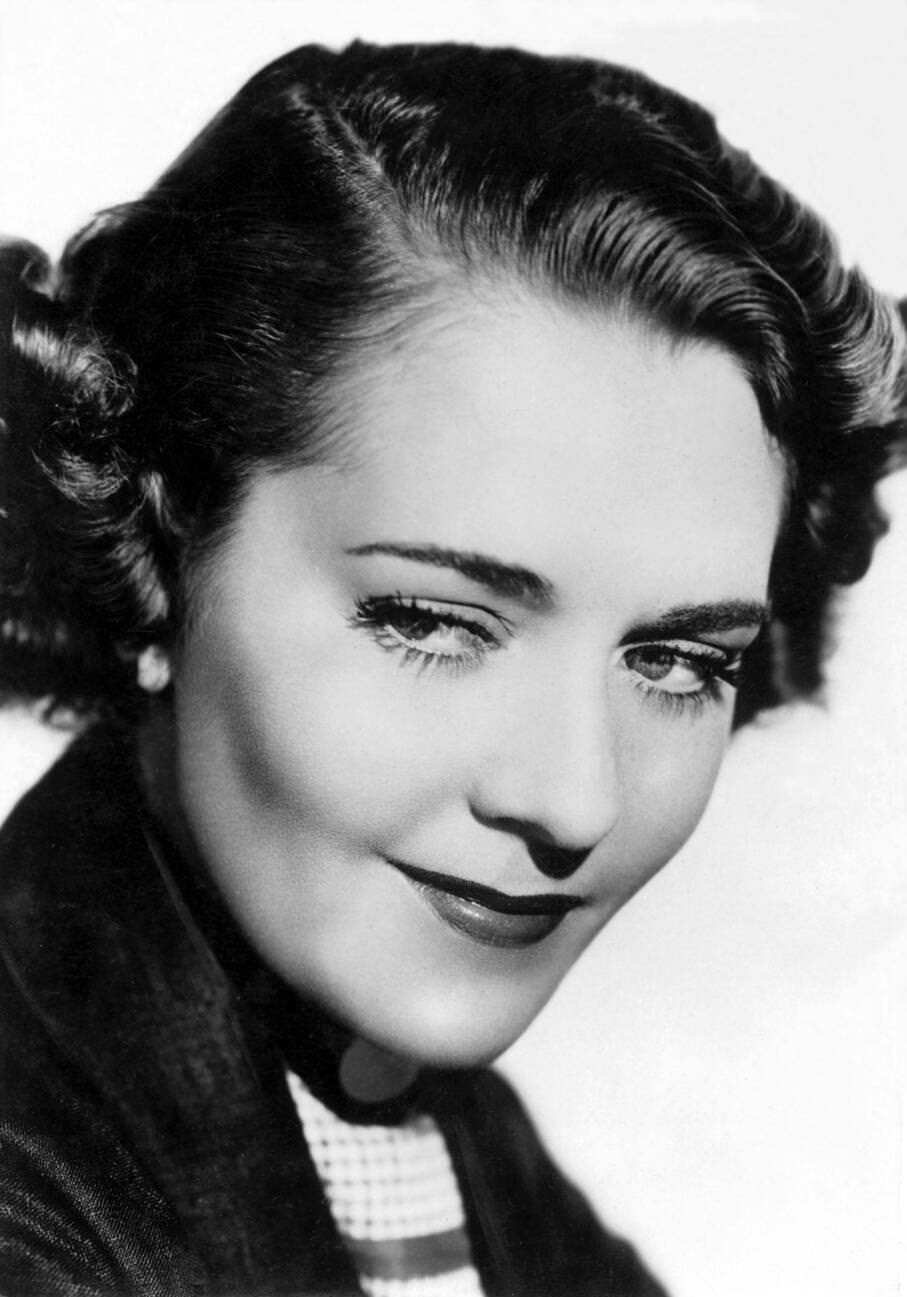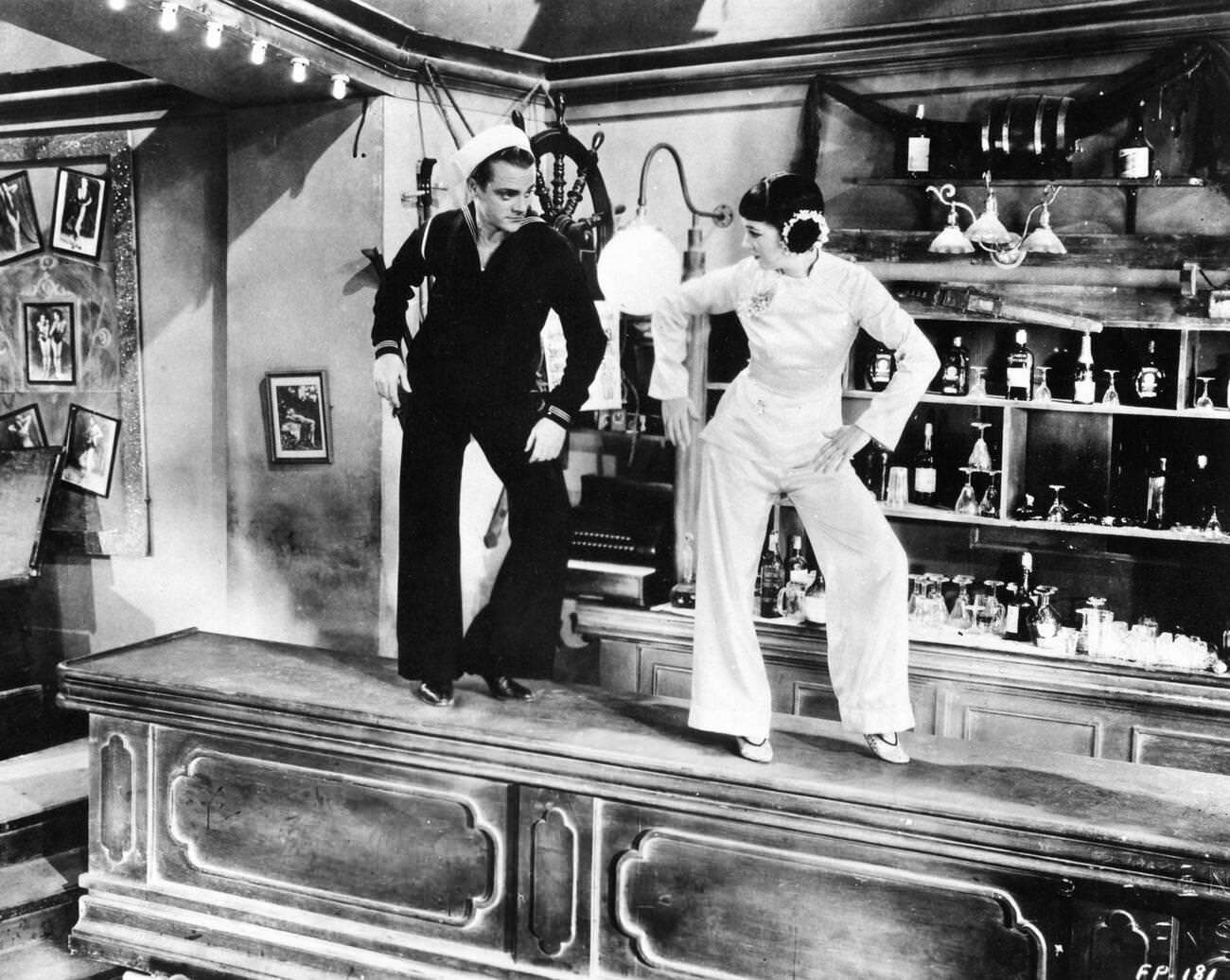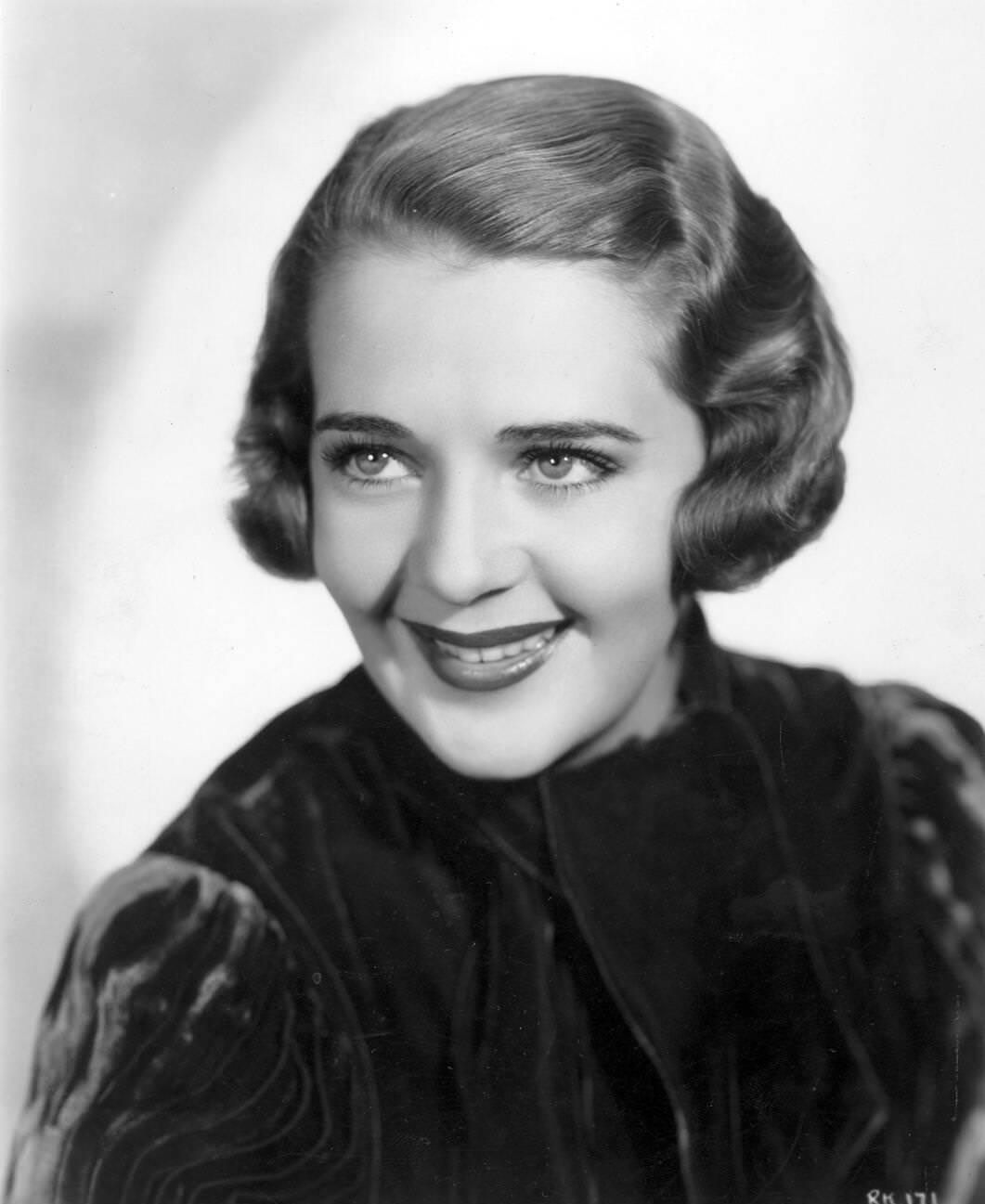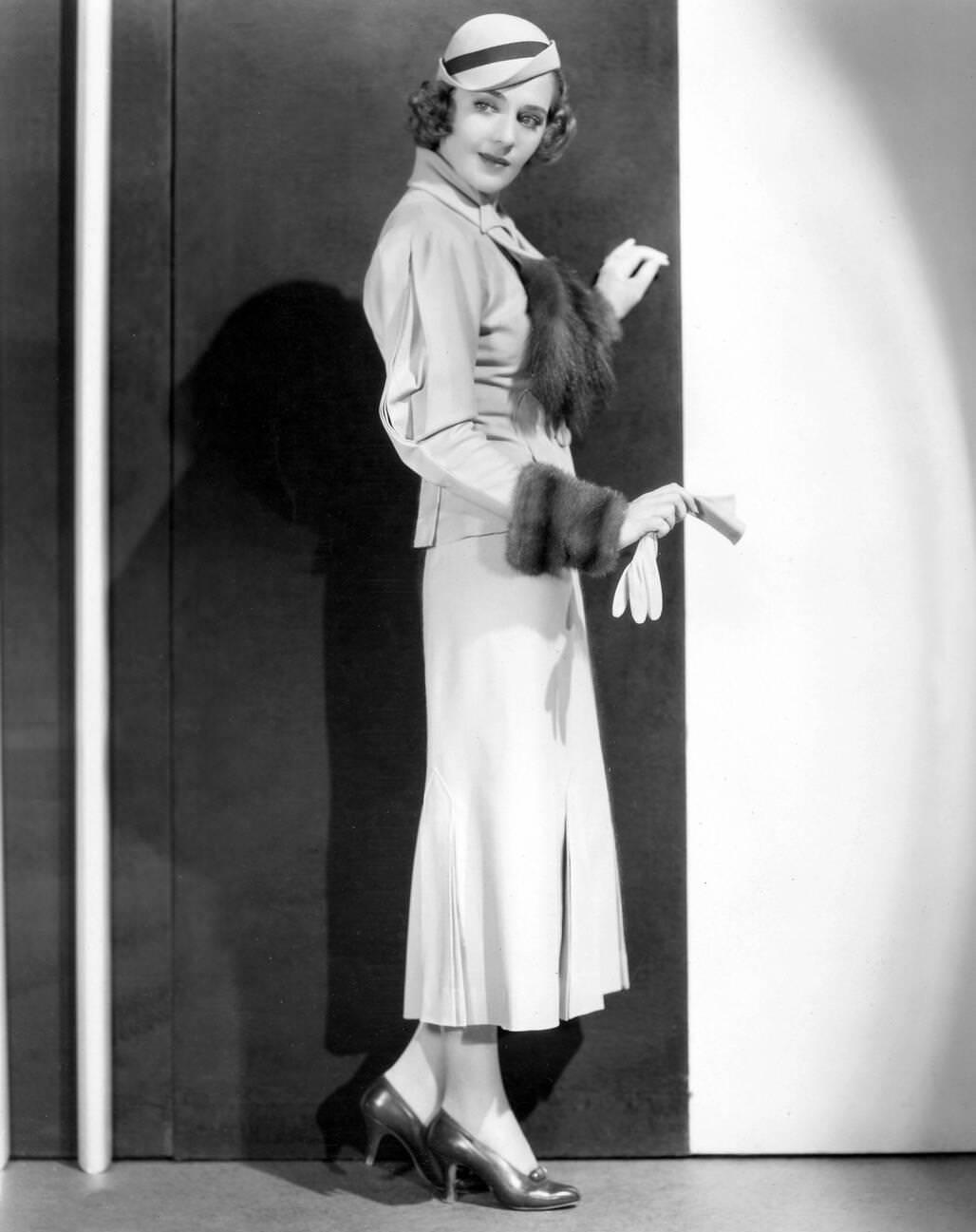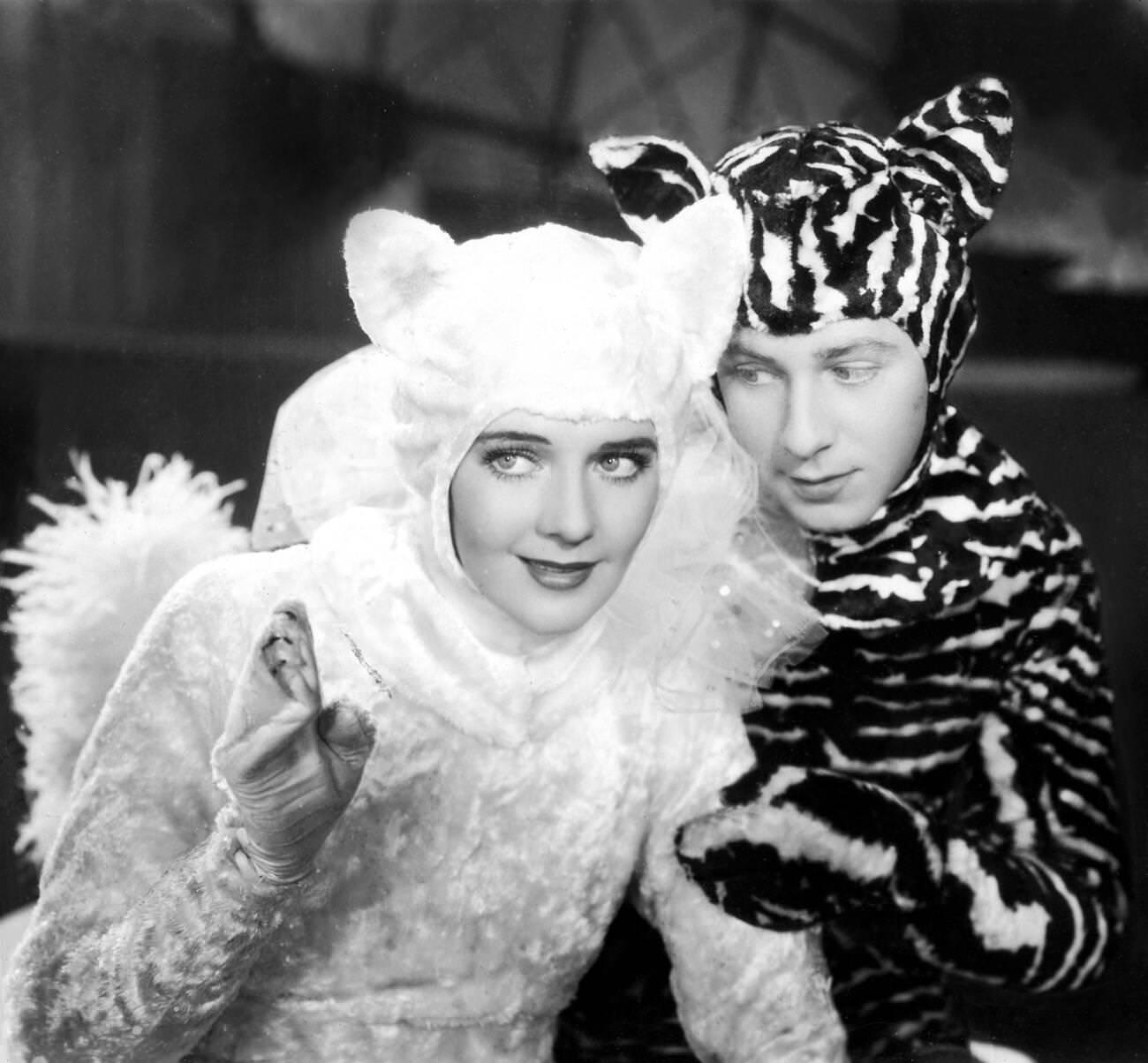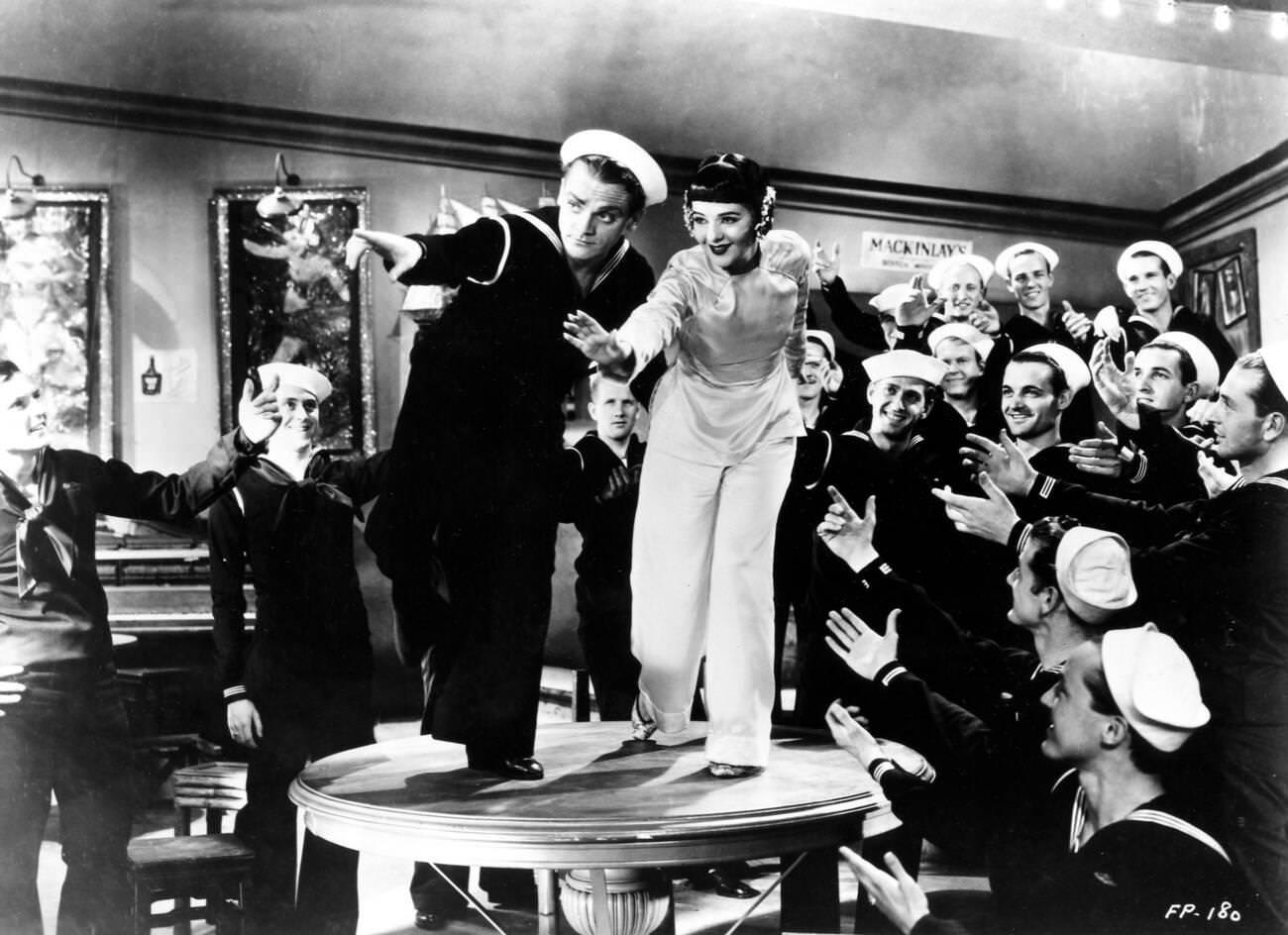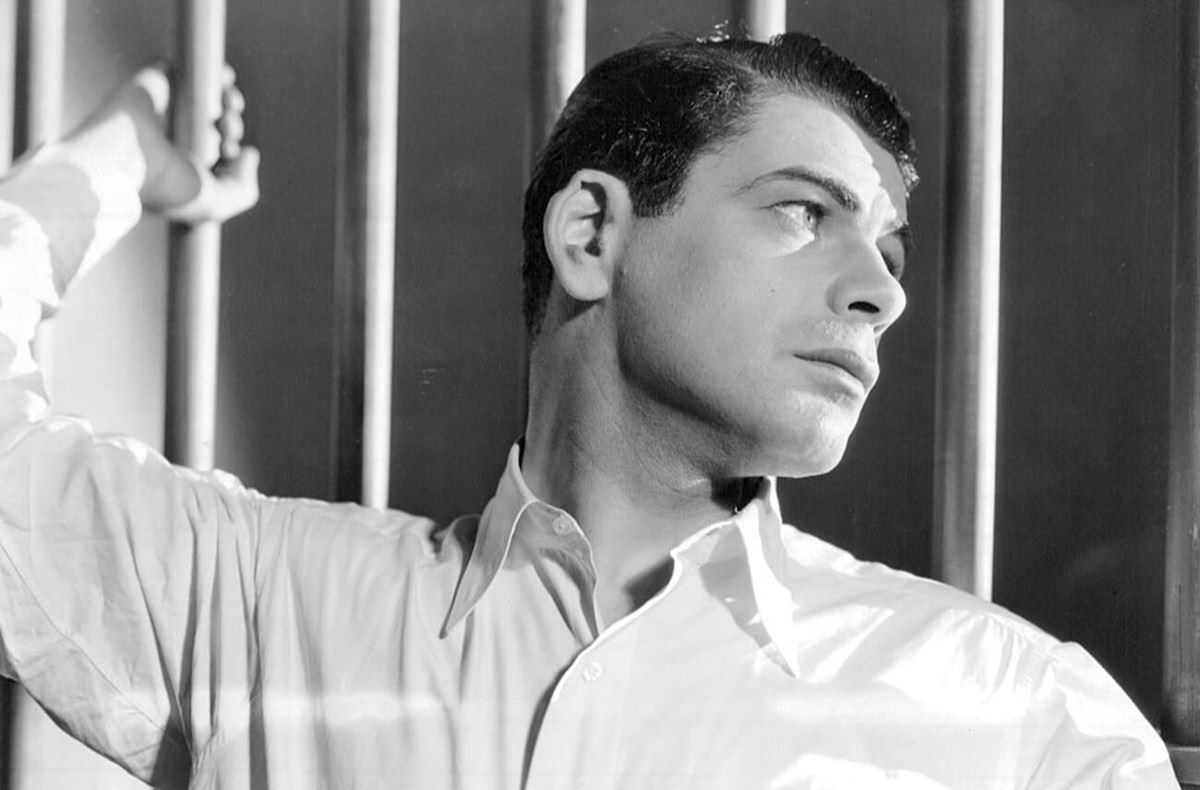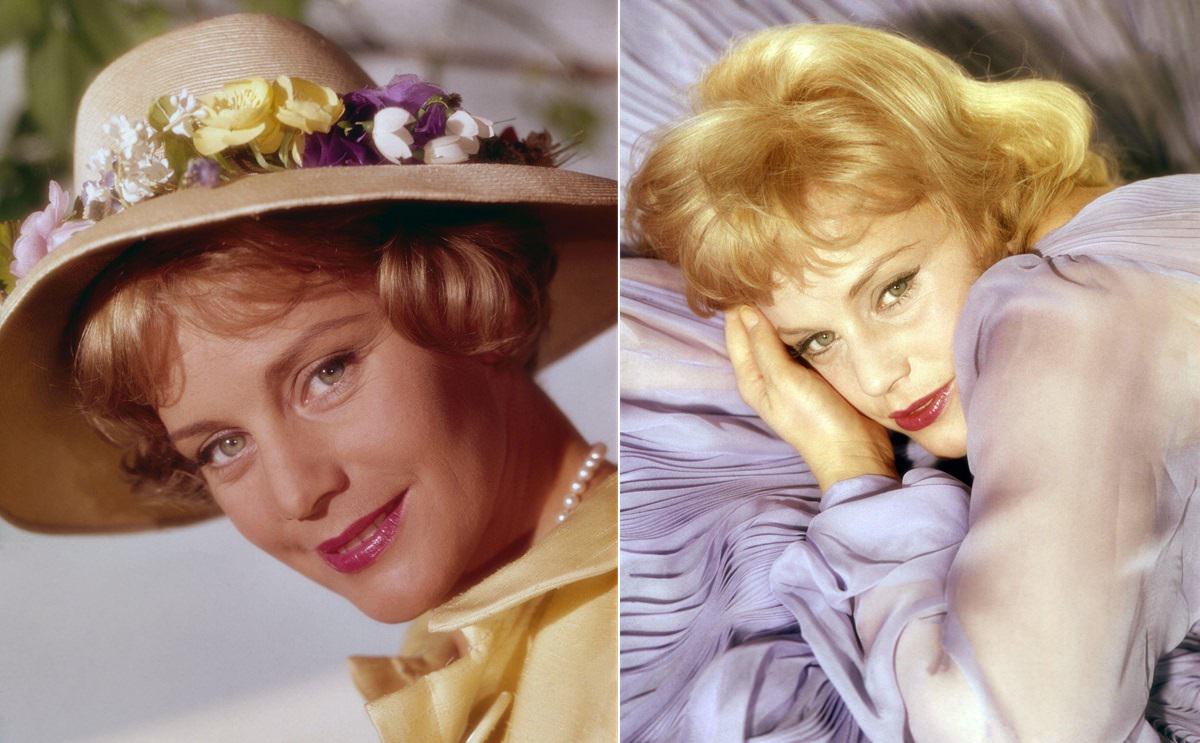Ruby Keeler, a name that twinkles with the same brightness as the Hollywood Golden Age she epitomized, graced the silver screen with her sprightly tap dancing and earnest charm. Her journey from a modest beginning to becoming a silver screen icon is a dance through the glamorous and tumultuous world of early Hollywood.
Stepping into the Spotlight: Film Career
Ruby Keeler’s ascent to stardom was as cinematic as the plot of a 1930s musical. Born Ethel Hilda Keeler on August 25, 1909, in Dartmouth, Nova Scotia, Canada, she moved to New York City while still a child. It was in the Big Apple where her tap shoes would click the first beats of a legendary career.
Keeler’s break came when she caught the eye of Broadway impresario Florenz Ziegfeld, who cast her in his renowned show “Ziegfeld Follies.” But it was her move to Warner Bros. in Hollywood that turned her into a star. Her film debut in “42nd Street” (1933) catapulted her into the limelight. Her innocent allure and signature rapid-fire tap-dancing style captured hearts nationwide. This success was quickly followed by other hits like “Gold Diggers of 1933” and “Footlight Parade,” cementing her status as a darling of the Depression-era box office.
Personal Life: Love and Harmony Off-Screen
Ruby Keeler’s personal life, particularly her marriage to the famous singer Al Jolson, was as high-profile as her film roles. They married in 1928, and the union was as celebrated as it was scrutinized, with Jolson’s stardom overshadowing Keeler’s for a time. Despite the challenges, their relationship was a fusion of two of the era’s biggest stars and was instrumental in elevating Keeler’s status in the entertainment world.
However, fame and love often tangle complexly, and Keeler’s marriage to Jolson was not immune to this. They adopted a son, Al Jolson Jr., but as the couple faced personal struggles, including Jolson’s reported infidelity and ego, they eventually divorced in 1940. Keeler would later find love again and remarry, this time to businessman John Homer Lowe, with whom she had four children. Her life with Lowe was markedly more private and remained so until his death in 1969.
Marriages and Affairs: The Heartbeat Behind the Dance
Ruby Keeler’s romantic life was, in many ways, as dramatic and publicized as her on-screen performances. After her tumultuous marriage with Al Jolson and subsequent divorce, Keeler found a semblance of stability with John Homer Lowe. Their marriage lasted nearly three decades, a period during which Keeler stepped away from the spotlight to focus on her family and personal life.
The contrast between her public relationships and the discretion with which she handled her personal affairs later in life painted a picture of a woman who cherished her privacy and the sanctity of her family. Her second marriage was far from the glare of Hollywood’s flashbulbs, and she dedicated herself to her husband and children, leading a life that was much different from her early stardom.
The Final Curtain Call: Her Passing
Ruby Keeler’s later years saw her return to the stage and occasional screen appearances, though she never quite recaptured the fame of her early career. However, her impact on the musical film genre was indelible. Keeler passed away on February 28, 1993, from kidney cancer. She was 83 years old.
Her death marked the end of an era, the fading of one of the last stars of the early musicals that had helped America dance its way through the Great Depression. Keeler’s legacy, however, remains secure in the annals of film history. She left behind a collection of performances that continue to charm and inspire audiences with their hope, vivacity, and, most of all, their spectacular dance numbers.


